





What if achieving your 100 Year Heart was as easy as giving your body what it needs and taking away what it doesn’t? In the year 440 BC, Hippocrates, a very clever and famous Greek physician, said, “Let food be thy medicine and let thy medicine be food ”
Sadly, with mainstream doctors’ rudimentary knowledge of food, Big Pharma’s message that drugs are the answer to sickness, and Big Food’s lies and lean washing, Hippocrates has been largely neglected. Yet the truth remains, and there is plenty of science to prove it! Food can and should be thought of as medicine.
Would you put jello in your gas tank? It does seem like a rather silly question, but the truth is, when you put gas or diesel in your gas tank, your car runs. Anything else (unless you have some funky adapted car) and your vehicle just won’t run. The same premise holds true for the human body it has certain nutritional requirements that, when provided, allow it to perform optimally, like a well-oiled machine. When we give the body the raw materials it needs to be healthy, it is healthy! It really is that simple.
The human body was perfectly created to feel alive and healthy. Therefore, fatigue and health problems should not be the norm. Optimal health can be achieved only by eating whole foods, and eliminating man-made food imitations.

That's all well and good but sometimes implementing change is easier said than done.
Have you ever wanted to begin a new venture, but weren't sure where to start? You can see yourself at the end - achieving the goal you set out to accomplish
However, you don't know how to get there. If only someone could offer you a roadmap to guide you to your destination.
We all share one common goal: live a long, meaningful, and joyful life surrounded by those we love. Unfortunately, for some, this goal seems unattainable. Many people are just trying to get through each day, trudging through life feeling tired and unwell.
What if we told you that we have your roadmap?
We've walked this path, and we know the way to vibrant health. While it will take time and practice, we can guide you - step by step - to the best version of yourself
From the moment we enter this earth and are nourished from our mother’s breast milk, the journey to health begins with food. Every single morsel of food that enters the mouth has the power to heal or the power to harm. Therefore, the most powerful thing you can do to improve health is carefully decide what goes into your body
According to JAMA [1], diet-related diseases are the leading cause of death in the United States, surpassing deaths from tobacco use and other dangerous lifestyle habits. It's estimated [2] that an unhealthy diet contributes to nearly 700,000 deaths in America each year. Poor diets literally kill.
While poor diet impacts all areas of health, it's particularly damaging to the heart. Research [3] shows that suboptimal eating habits cause two-thirds of cardiovascular deaths, and this number is likely underestimated.
While these facts may seem discouraging, they are meant to empower. Your health is quite literally in your hands - and on your fork.

Do you ever get the sense that life sometimes feels too complicated? In this fast-paced world of nonstop action, society desires the new over the old. However, there is often immense value in going back to the basics. The 100 Year Heart Diet does just that.
The premise of the 100 Year Heart diet is that humans benefit from eating as our ancestors did thousands of years ago. The idea is to avoid the highly processed modern diet in favor of a wholefood approach.
While there is some debate about our huntergatherer ancestors' exact diets, it's clear that they ate non-processed, organic, and in-season foods. Moreover, their diets largely depended on where they lived. For example, cave dwellers likely consumed large, fatty fish in places like Greenland. In warmer locations, diets probably included plants and meat

The 100 Year Heart Diet eliminates inflammatory foods such as sugar, processed grains, conventional dairy, and legumes. Instead, individuals enjoy freerange meat, wild seafood, vegetables, nuts and seeds, eggs, and limited fruit. At a very basic level, if our ancestors didn't eat it, we shouldn't either
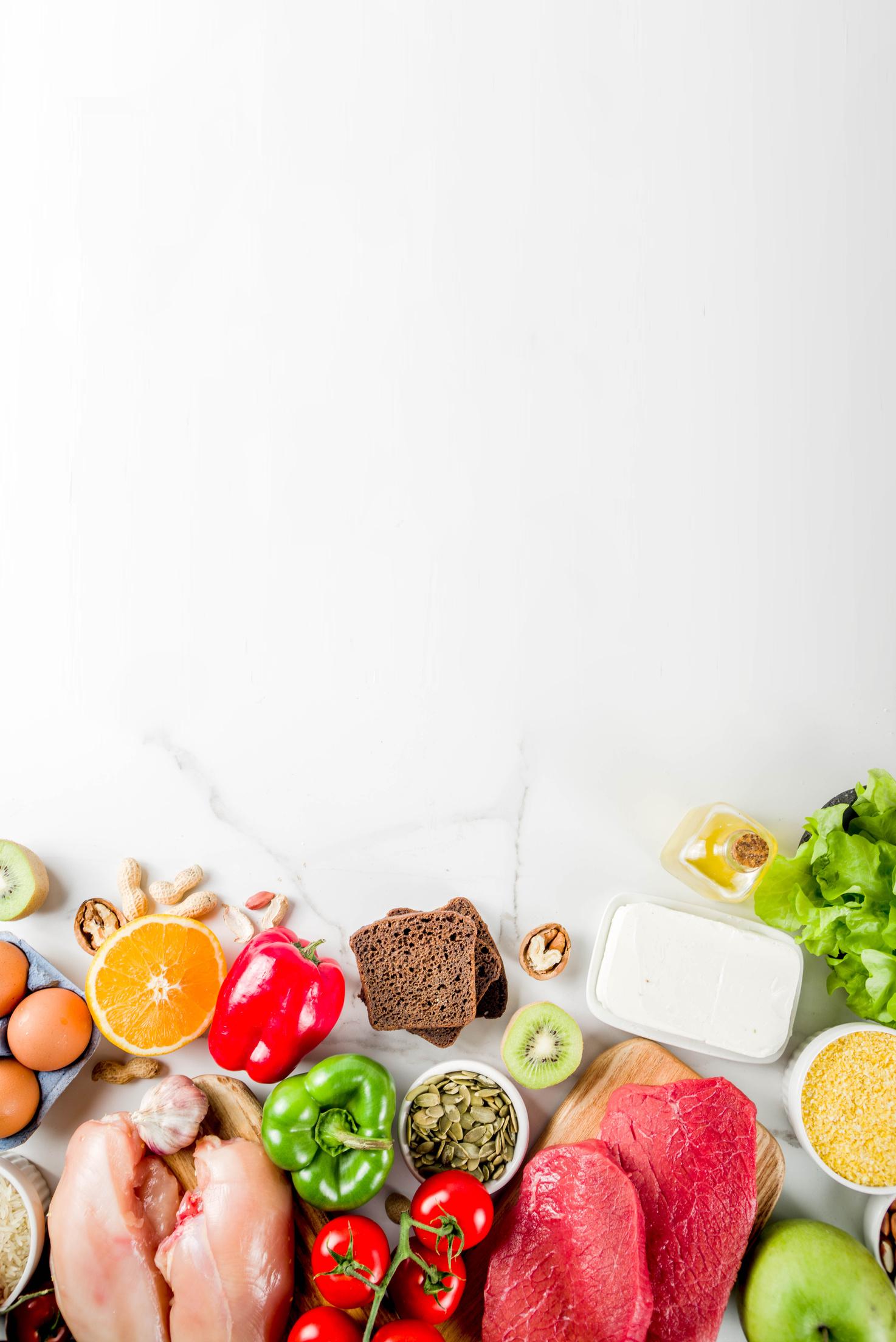
Beyond the obvious health-related benefits, those who follow the 100 Year Heart diet enjoy the following:
It’s simple - There are no counting calories, figuring out macros, or weighing grams of protein on the 100 Year Heart Diet. Instead, it encourages eating as much and often as your body requires.
It’s satisfying - Nutrient-dense whole food is highly nourishing and leaves your body feeling full and satisfied.
Decreased cravings - With more stable blood sugar, unhealthy cravings dissipate. More nutrients - By replacing unhealthy foods with whole foods, the body has access to numerous vitamins and minerals. Fewer toxins - Eating well means focusing on whole foods without additives and chemicals. Over time, the body begins to eliminate unhealthy toxins.
More appreciation - Gratitude naturally comes with preparing and eating your own food.
Humans are creatures of habit. Odds are you've been eating the same way for years, if not decades. Part of the 100 Year Heart lifestyle includes being intentional and slowing down, which is in stark contrast to our always-on-the-go society.
Therefore, it's essential to consider your mindset before beginning the transition. First, it may be helpful to sit down and reflect on your goals.
Then, whether you write them down or meditate on them, start by carefully visualizing the direction you want to head.
Do you want to see your grandchildren grow? Do you hope to travel? Perhaps you desire to host many gatherings at your home. What doors will you open by achieving health? By identifying your "why" in adopting the 100 Year Heart lifestyle, you are more likely to invest long-term
The 100 Year Heart Diet is all about giving your body what it needs to recharge and repair.
By enjoying a diet of fresh, whole, and organic food, you will be rewarded with boundless energy and will be well on your way to your 100 Year Heart!
Now, let's dig into the nitty gritty details of what the 100 Year Heart Diet does and does not include
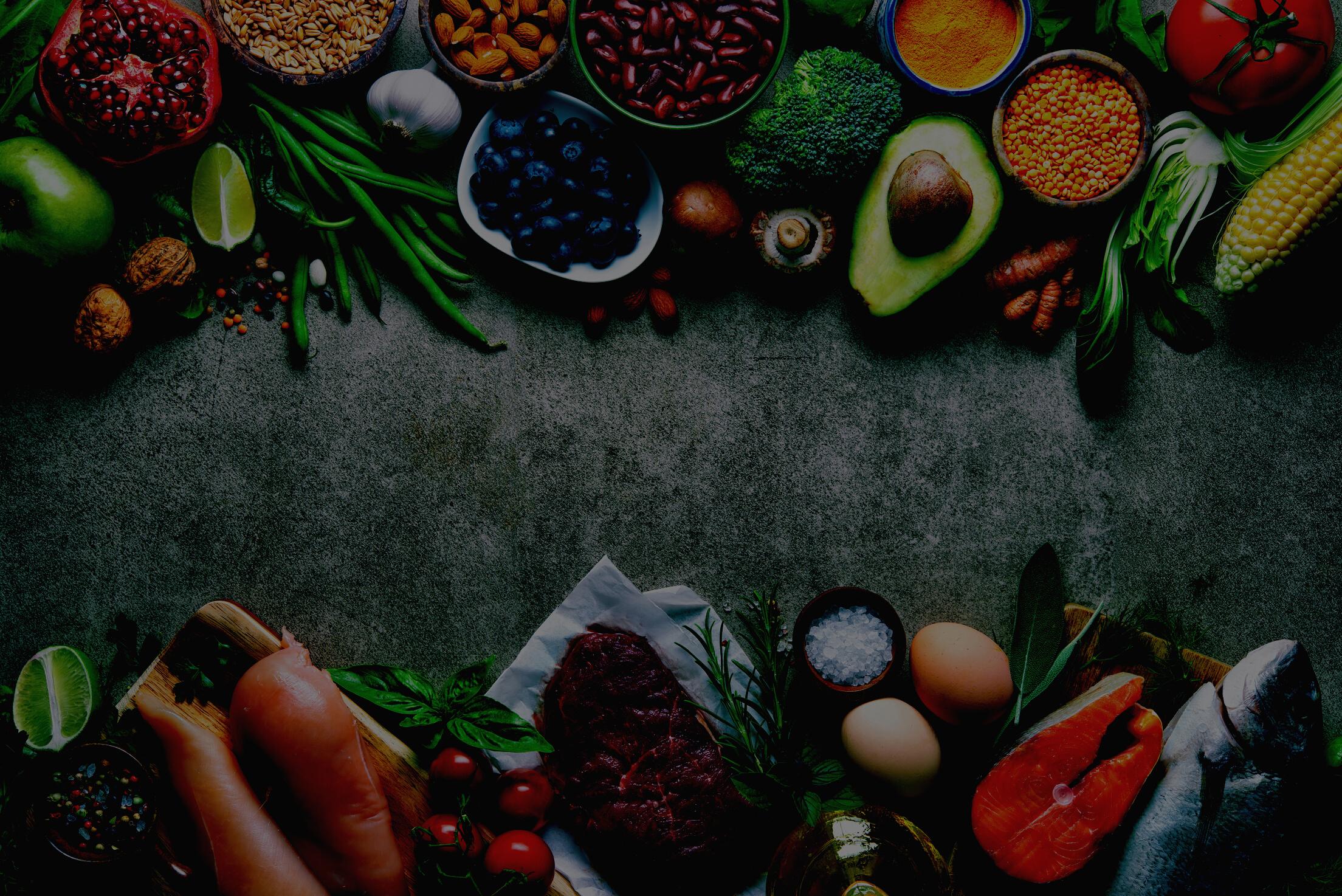
Anything that your grandparents or great-grandparents would not recognize as food
Anything in a package with ingredients you can’t pronounce
Anything that contains the word “hydrogenated” in its name
Anything that contains soybean oil, corn oil, canola oil, cottonseed oil, rapeseed oil, safflower oil, and sunflower oil
Anything that contains high-fructose corn syrup
Anything that contains artificial sweeteners
Anything that contains dyes or preservatives
Anything in an aerosol can
Any food with more than five ingredients
Any food with ingredients on the label that you don't recognize
Anything that will not rot (honey is an exception)
Anything that contains MSG
Fast food or anything that you buy in a drive-through

When choosing what to eat, where you get your food from is just as important as what you’re actually eating. That “healthy” non-organic spinach you purchased for dinner is actually loaded with pesticides and could harm your health.
In this world of sneaky manufacturers stretching the truth on labels and preying on our desire for good, clean, healthy food, it’s harder than ever to source quality, toxin-free ingredients. Don’t worry. There is hope! You can find delicious, nutritious food to nourish your body you just have to look.
Follow these five simple principles to fuel your 100 Year Heart with the best food possible.
If you have a little bit of land and livestock know-how, purchase a cow, sheep or goat, or chicken and raise it for milk, eggs, or meat. Make sure you do plenty of research, as raising an animal is a longterm commitment.

With the proper license, equipment, and experience, you can hunt for a large animal to keep your family in meat for months. Even better, you can take advantage of the whole animal, including the nutritious organs.
Try an easy kitchen herb garden, vegetable container gardening, raised beds, or a traditional garden to grow fresh food right at home. Utilize organic compost to ensure a bountiful yield
If you can't grow your own food, get to know your local farmers. Build connections within your community, ask questions about growing practices, and schedule a farm visit to see how the animals are treated.
A day spent fishing at a lake, stream, or in the ocean can yield pounds of fresh, nutrient-dense fish. This is a great way to save money and enjoy the great outdoors.

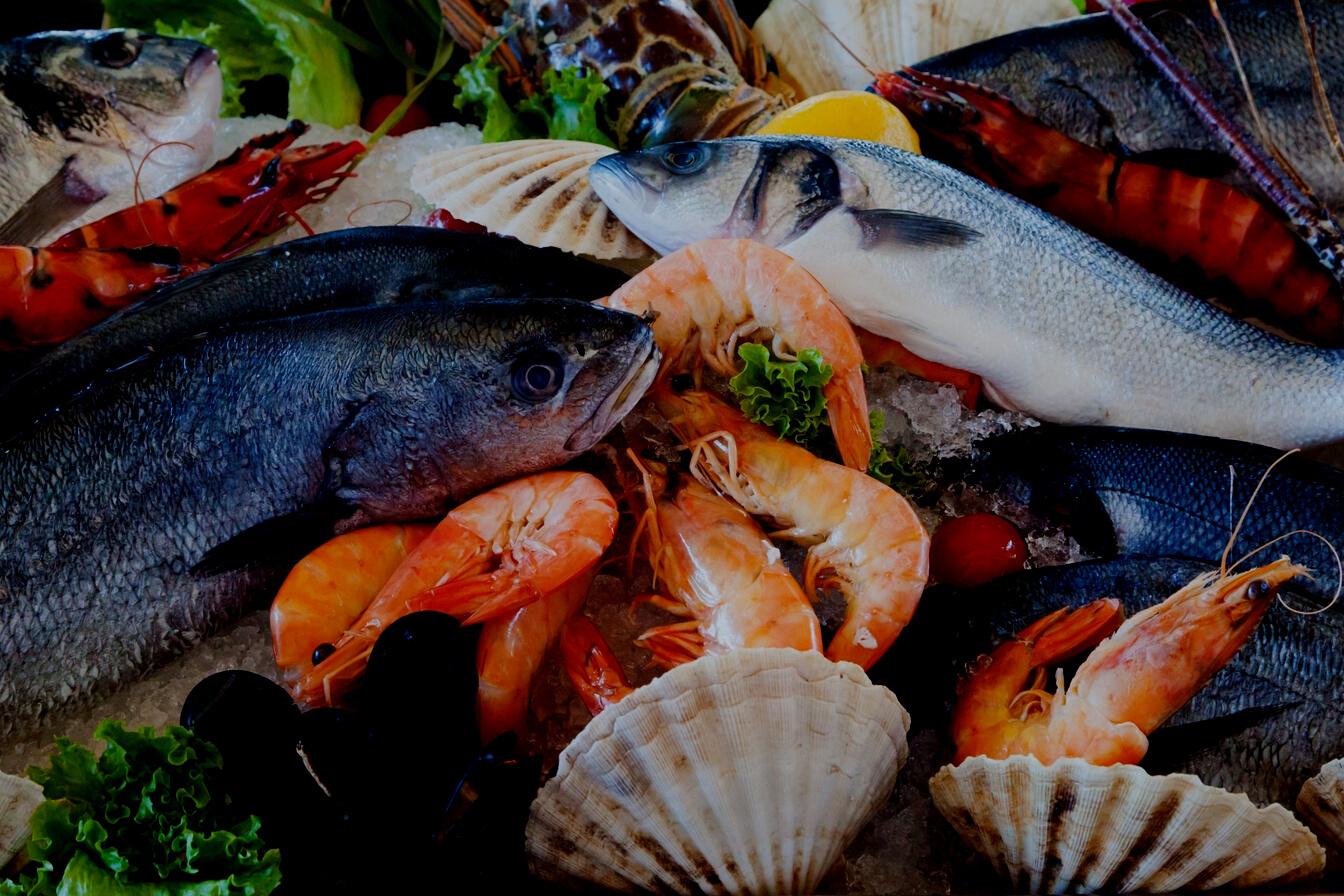
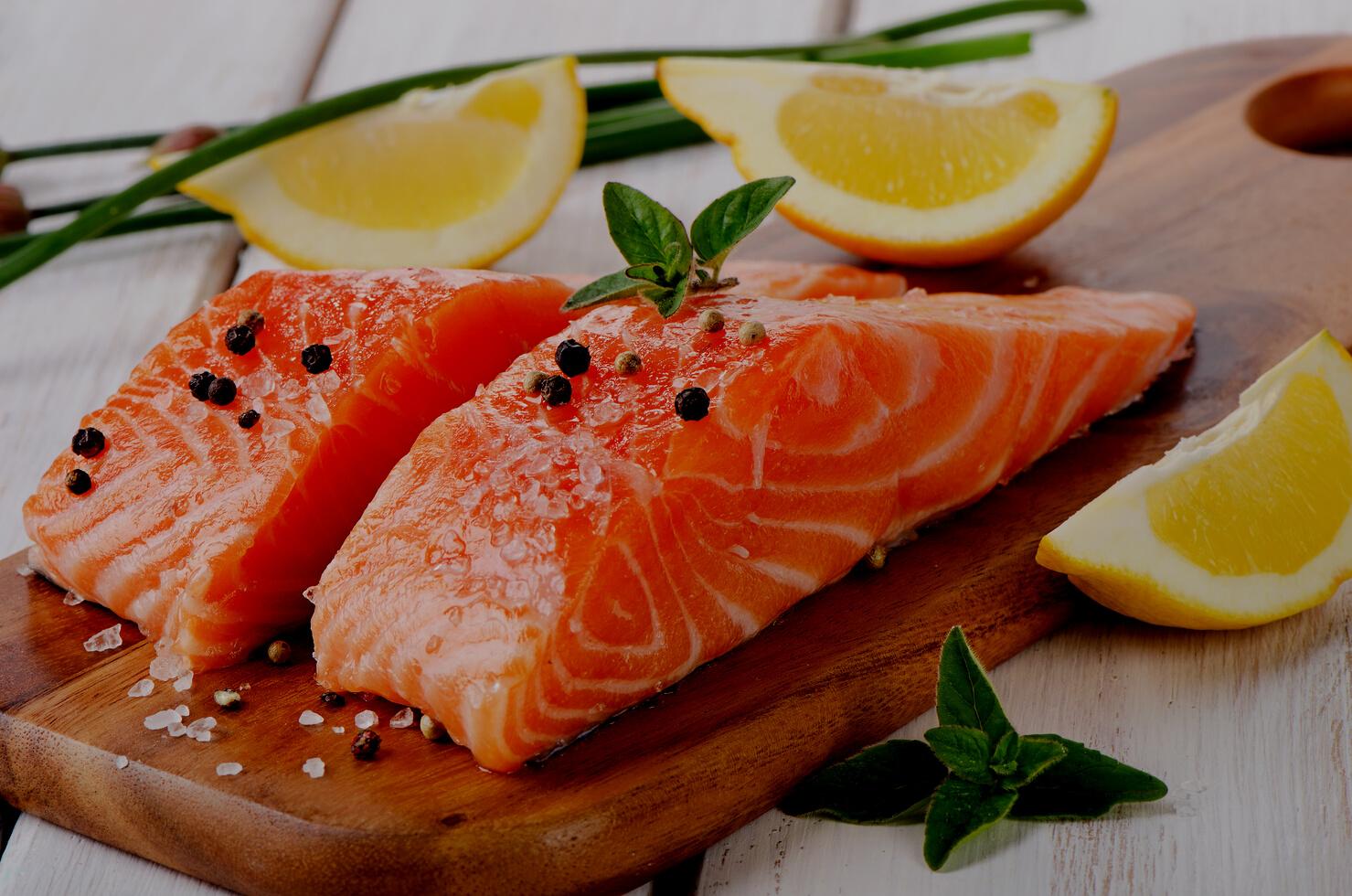
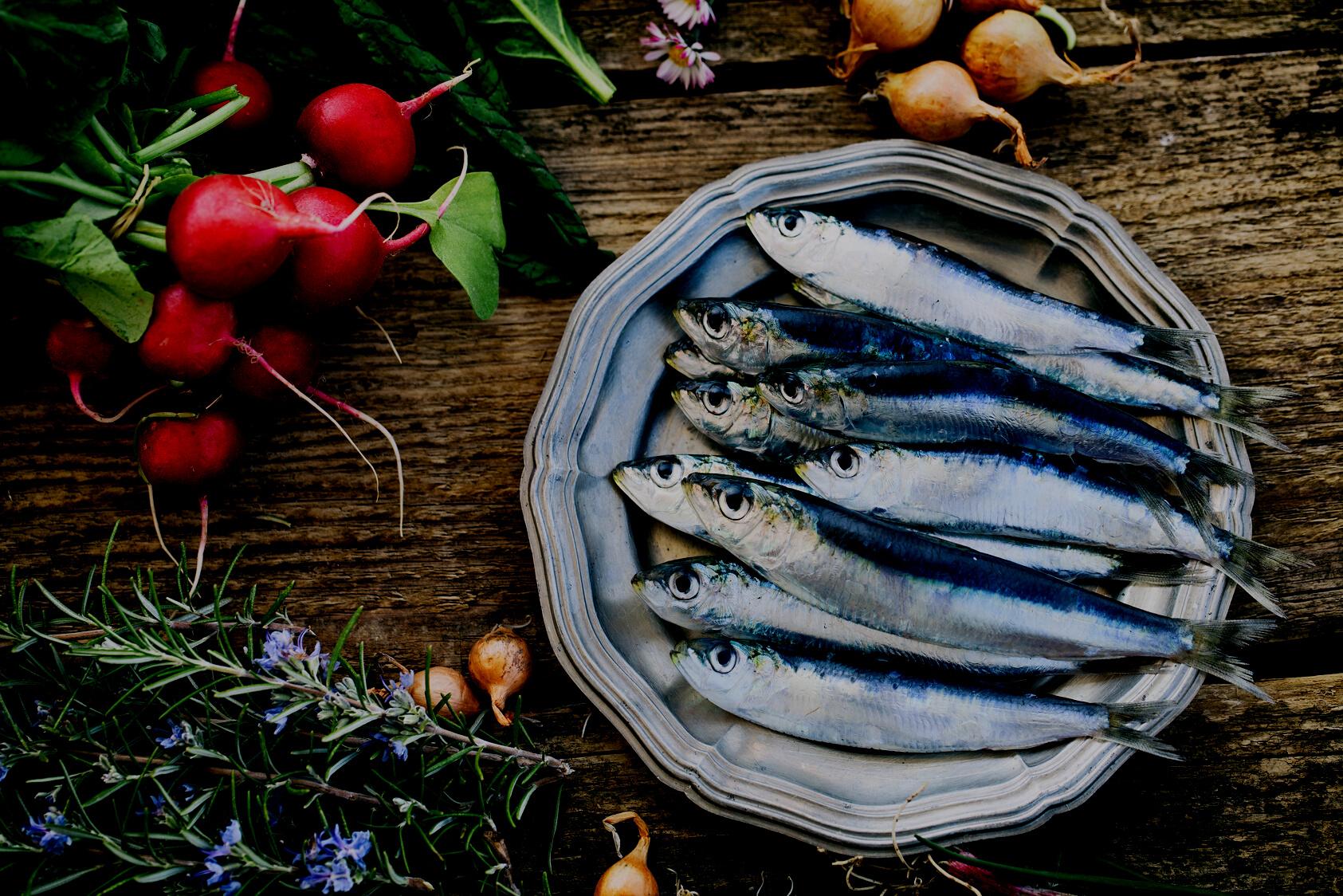
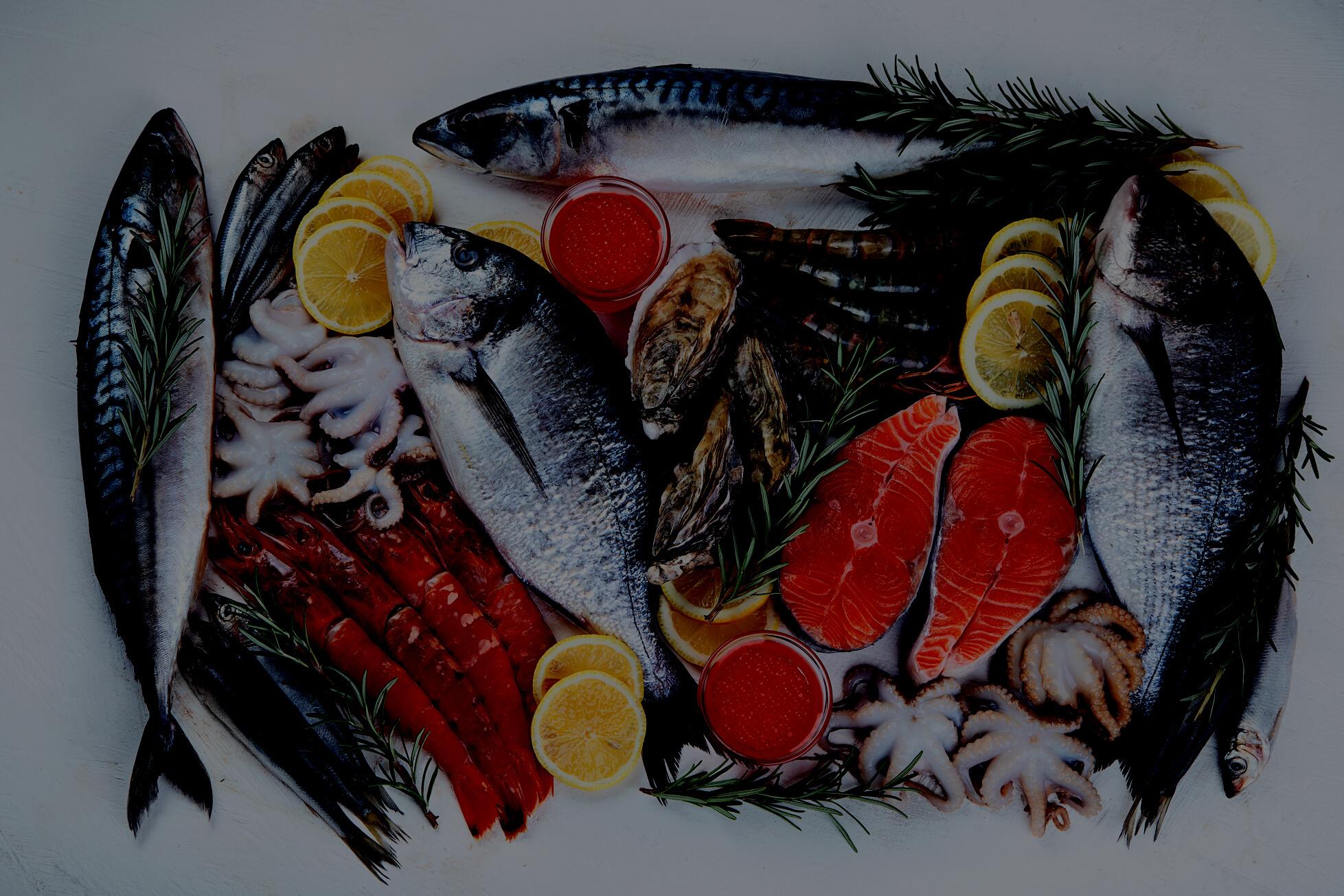
eat natural, diversified diets while farmed fish are given commercial feed made from GMO ingredients. They live in overcrowded, dirty environments and contribute to environmental concerns.
Stick with only wild-caught fresh, flashfrozen, or canned fish. Wild-caught fish is loaded with essential, heart-healthy saturated fats and is a great protein source. Choose non-BPA canned fish and make sure it is packed in olive oil or water with no additives. If you can, find a fishery that uses sustainable pole and line, troll, or reefnet fishing methods to help protect the delicate ocean ecosystem.
Remember, since the organic certification is closely regulated, wild-caught fish will not carry that distinction. If a package of fish has an organic label, the fish were farm-raised and simply fed organic feed.
Go to https://www.nrdc.org/stories/smartseafood-buying-guide to download a guide from the Natural Resources Defense Council that lists fish with the lowest mercury levels
Go to www.cleanfish.com, which lists farmed fish that have no antibiotics or hormones, low mercury levels, and high omega-3s.
Go to www.fishwise.org to find retailers working to ensure that the seafood they sell is sustainable and traceable.
Seafoodandtheomega-3 fatitcontainsarewell documentedtopromote tremendous cardiovascularbenefits.
Dr Jack Wolfson
This list is not exhaustive. When in doubt, go small. Small fish are always healthier, as larger fish contain higher levels of mercury and toxins from the environment. These contaminants build up in the body over time and lead to disease and chronic health problems.
Wild salmon Trout King/Spanish mackerel
Atlantic mackerel or small mackerel varieties
Sardines
Oysters, clams, mussels, scallops
Shrimp
Salmon roe
Orange roughy
Cod Shark
Anchovies
Herring
Lobster
Crab
These fish contain slightly higher levels of contaminants and heavy metals. They are still safe to eat occasionally but should not make up the majority of your diet.

Bluefin and bigeye tuna steaks
Large sea bass
Imitation crab




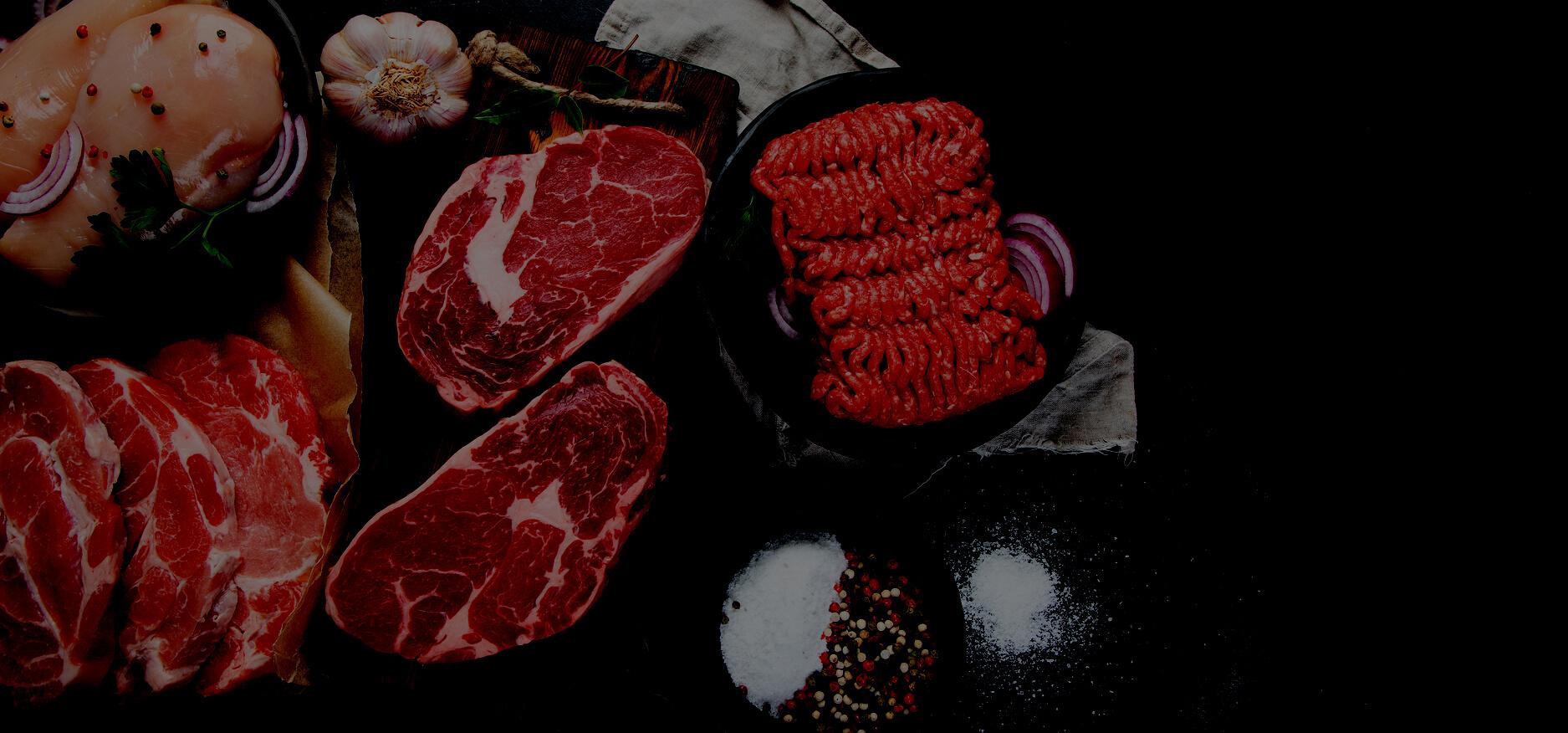
Traditional grocery store meat is from animals housed in inhumane conditions and pumped with antibiotics and hormones to accelerate growth. These animals are fed an unnatural diet of GMO grains and often don’t have access to proper outdoor space. This is harmful to the animal and consumers.
Grass-fed, grass-finished meat* means the animals ate grass, plants, and shrubs their entire life. This meat contains more nutrients than conventionally-raised meat and never has antibiotics, hormones, or toxins.
Wild-caught meat such as venison (deer) or elk is from animals that have roamed free their entire lives, eating a natural diet without any human interference. Check locally to find sustainably-hunted sources of these heart-healthy meats near you.
Because pigs are not exclusively grass-eating animals, pork will not be sold as grassfinished. Look for pastured pork instead. This label indicates that the animals were allowed to graze, root, and dig outdoors, living natural, happy lives. This meat is free from unnecessary antibiotics and is often more flavorful than conventionally-raised pork.
Allanimalsshouldbein astress-free environment,baskingin sunshineandfreshair.
Dr Jack Wolfson
Keep in mind, “pastured” refers to where the animal lived, not necessarily what they ate. Pastured pigs are often given supplemental feed such as soybeans and corn, which may not be the best quality. To ensure your meat is totally GMO-free, always buy organic, pastured pork.
* also called grass-finished

“Pasture-raised” is not regulated by the USDA. Do your research before buying meat to make sure the company you are buying from follows ethical farming practices. Look for meat labeled pasture-raised with an “Animal Welfare Approved” stamp.
This USDA-approved third-party animal welfare food certification label promotes sustainable family farming practices and indicates the best quality of life for the animal.
Grass-fed, grass-finished beef, organs, and beef products
Grass-fed, grass-finished lamb and goat, organs, and products
Organic and uncured deli meats
Grass-fed, grass-finished bison, organs, and bison products
Wild-caught elk and venison, organs, and products
Organic pastured rabbit
Organic pastured pork, organs, and pork products
Grass-fed meat (that is not grass-finished)
Meat or meat products from conventionally raised animals
Highly processed and cured deli meat
If you cannot access grass-finished meat, grassfed meat is the next best choice. However, don’t make it the primary meat you buy. Uncured deli meats rely on natural salt and flavoring for preservation and may be healthier than conventional deli meats, but should still only be enjoyed occasionally.



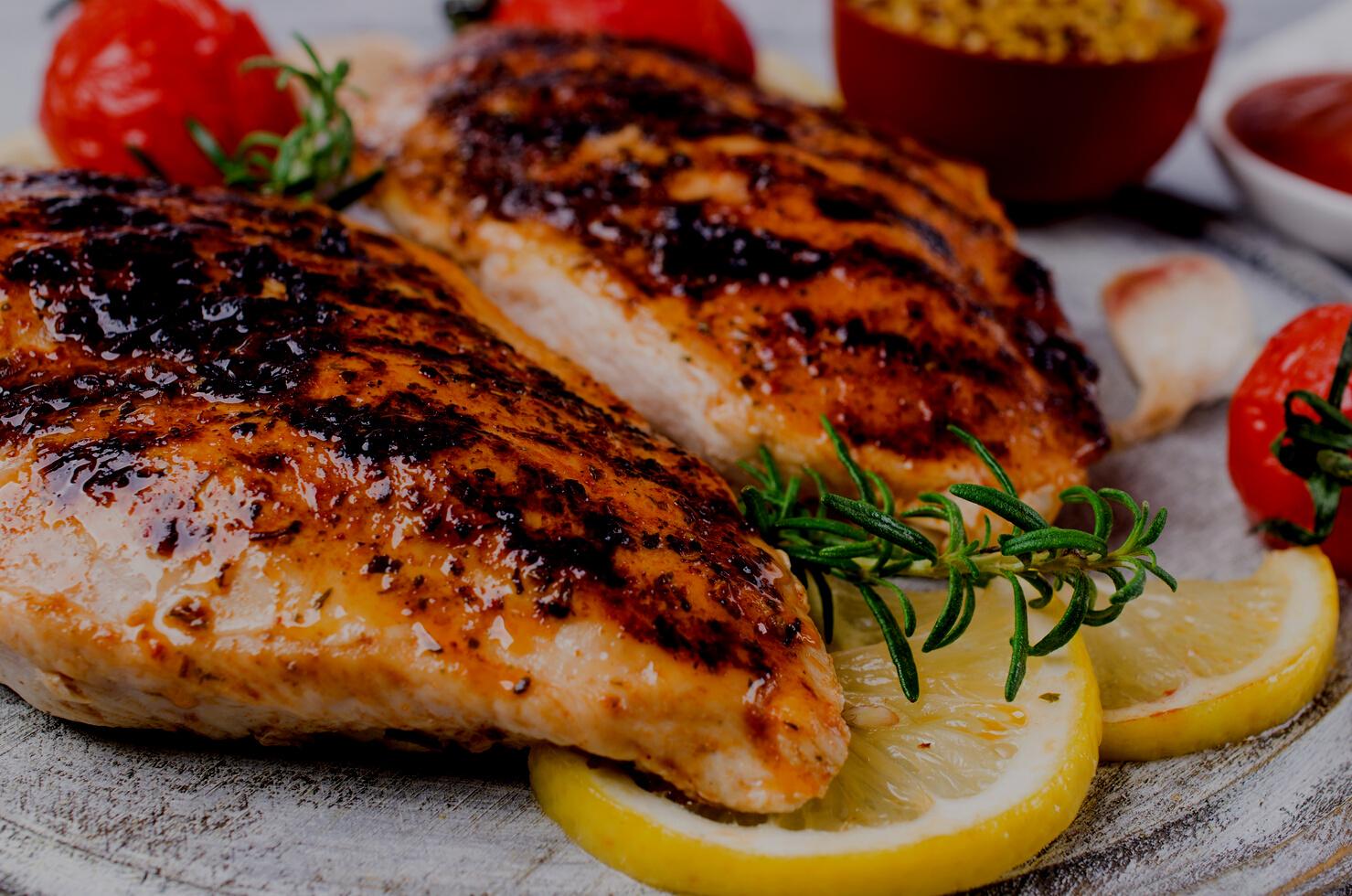
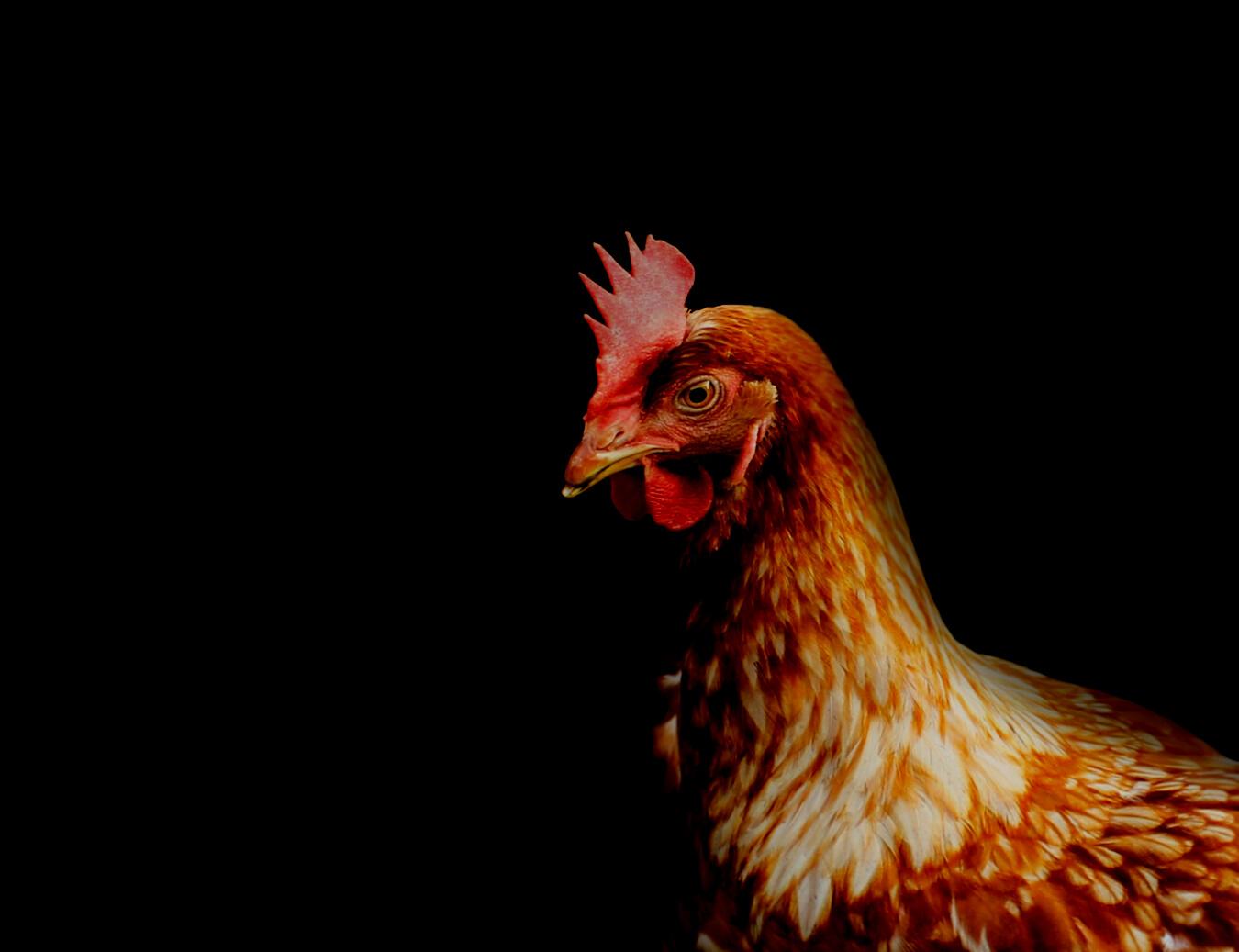
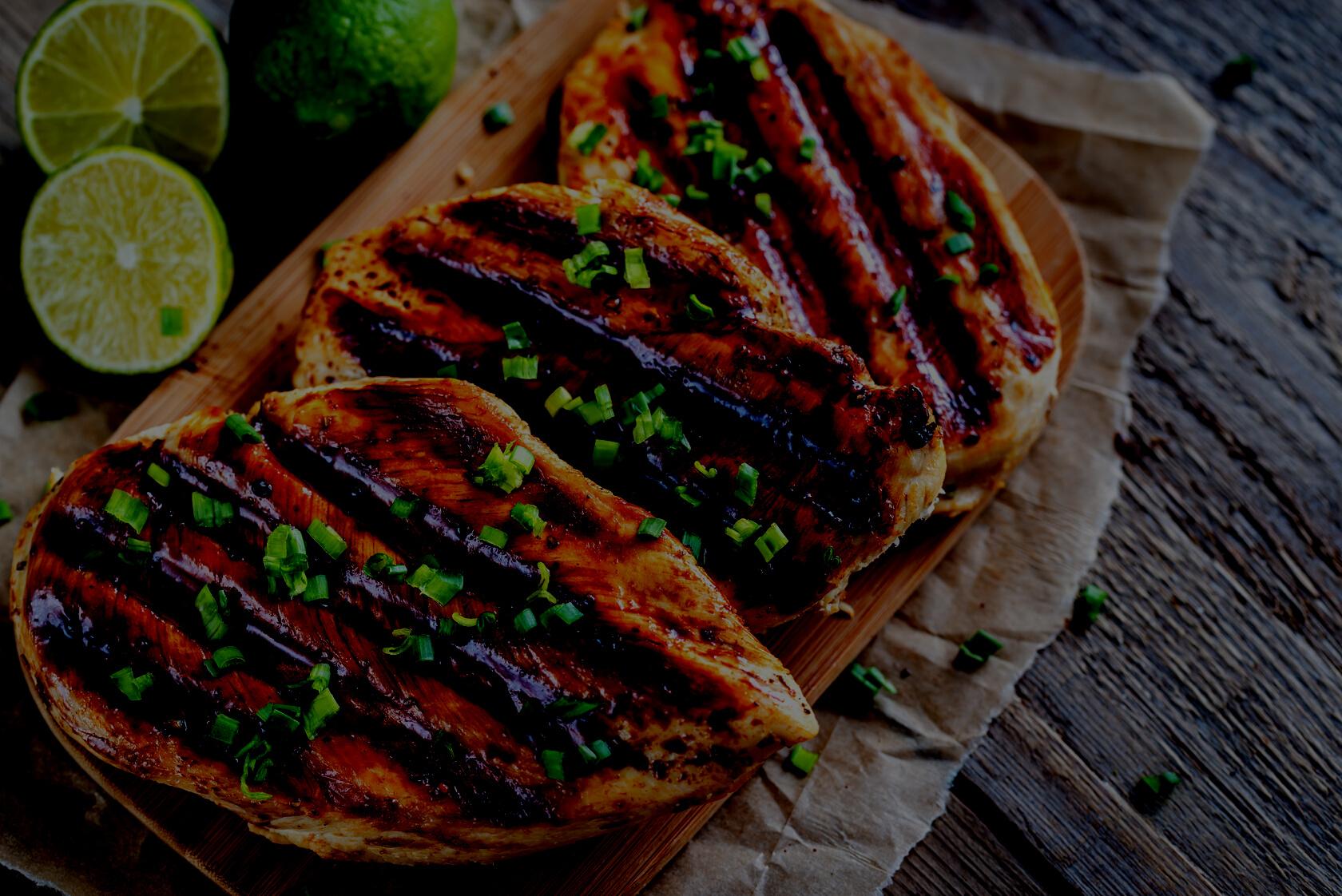
p y g
room to move. They eat GMO grains and mysterious feed containing byproduct “feedstuff.” Because these animals live (and die) in unsanitary, unnatural conditions and never see sunshine or grass, they frequently get sick and are given antibiotics that eventually make their way to your plate.
Stick with poultry labeled organic pastureraised, or organic pastured. These birds are allowed to roam in a pasture outdoors, pecking for bugs and living natural chicken lives. Their diets are supplemented with nonGMO grains and they are not given antibiotics.
Chicken may be labeled natural, antibiotic-free, farm-raised, fresh, cagefree, and hormone-free, but these terms don’t hold much weight and often minimum accommodations are made to fit within compliance. Free-range simply means they had access to the outdoors at some point but doesn’t indicate the time or space spent outside.
Even organic, free-range chicken could be suspect. This means that chickens were raised on organic feed with “access” to the outdoors. It doesn’t indicate the health or living conditions of the chicken.
Note“Pasture-raised” is not regulated by the USDA. Do your research before buying meat to make sure the company you are buying from follows ethical farming practices Look for meat labeled pastureraised with an “Animal Welfare Approved” stamp.
This USDA-approved third-party animal welfare food certification label promotes sustainable family farming practices and indicates the best quality of life for the animal.
AlwaysEat NeverEat
Organic pasture-raised chicken, turkey, duck, quail, organs, and poultry products
Wild-caught turkey, duck, and quail
Conventionally-raised chicken, turkey, or duck, or quail
Processed poultry, deli meat or cold cuts


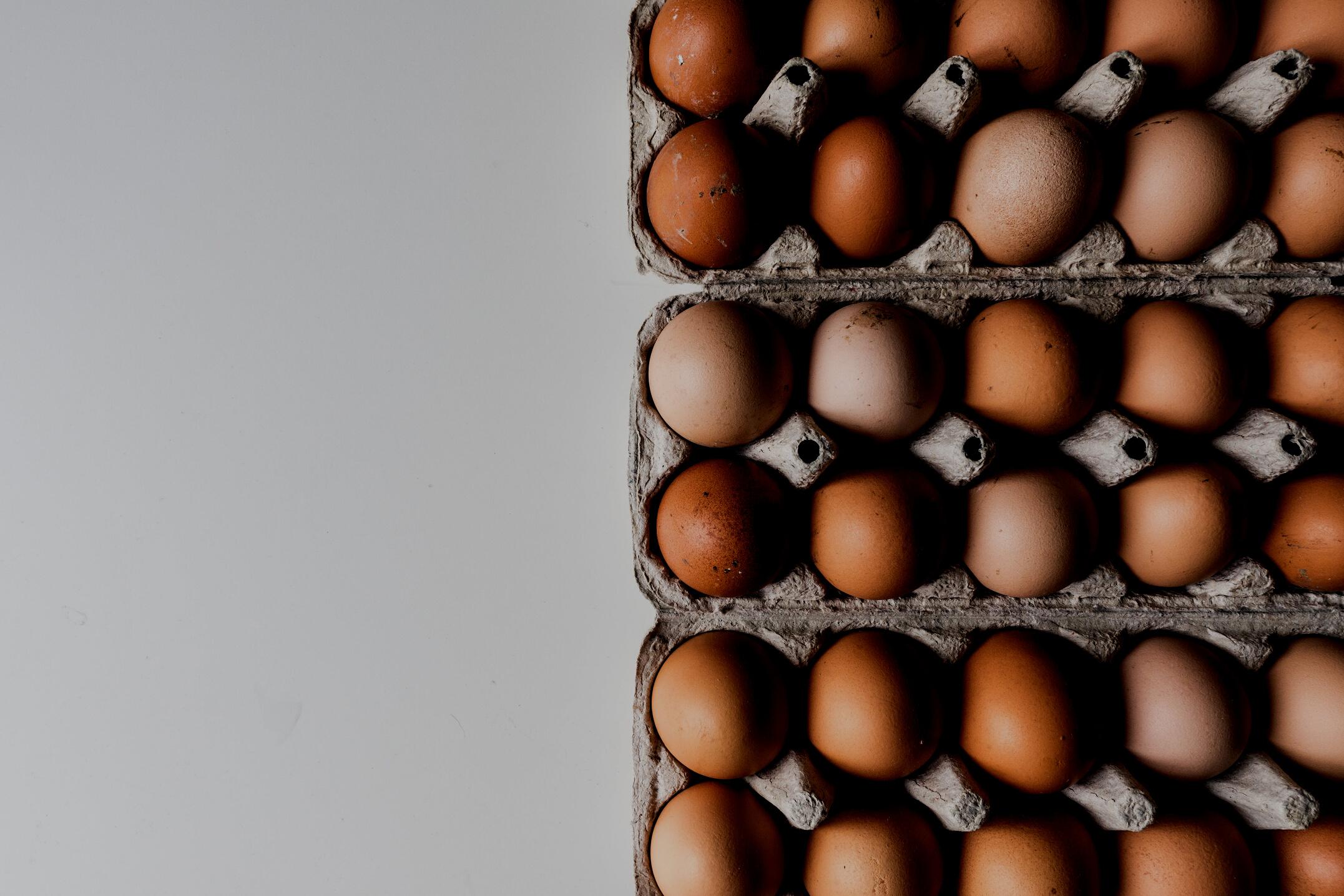
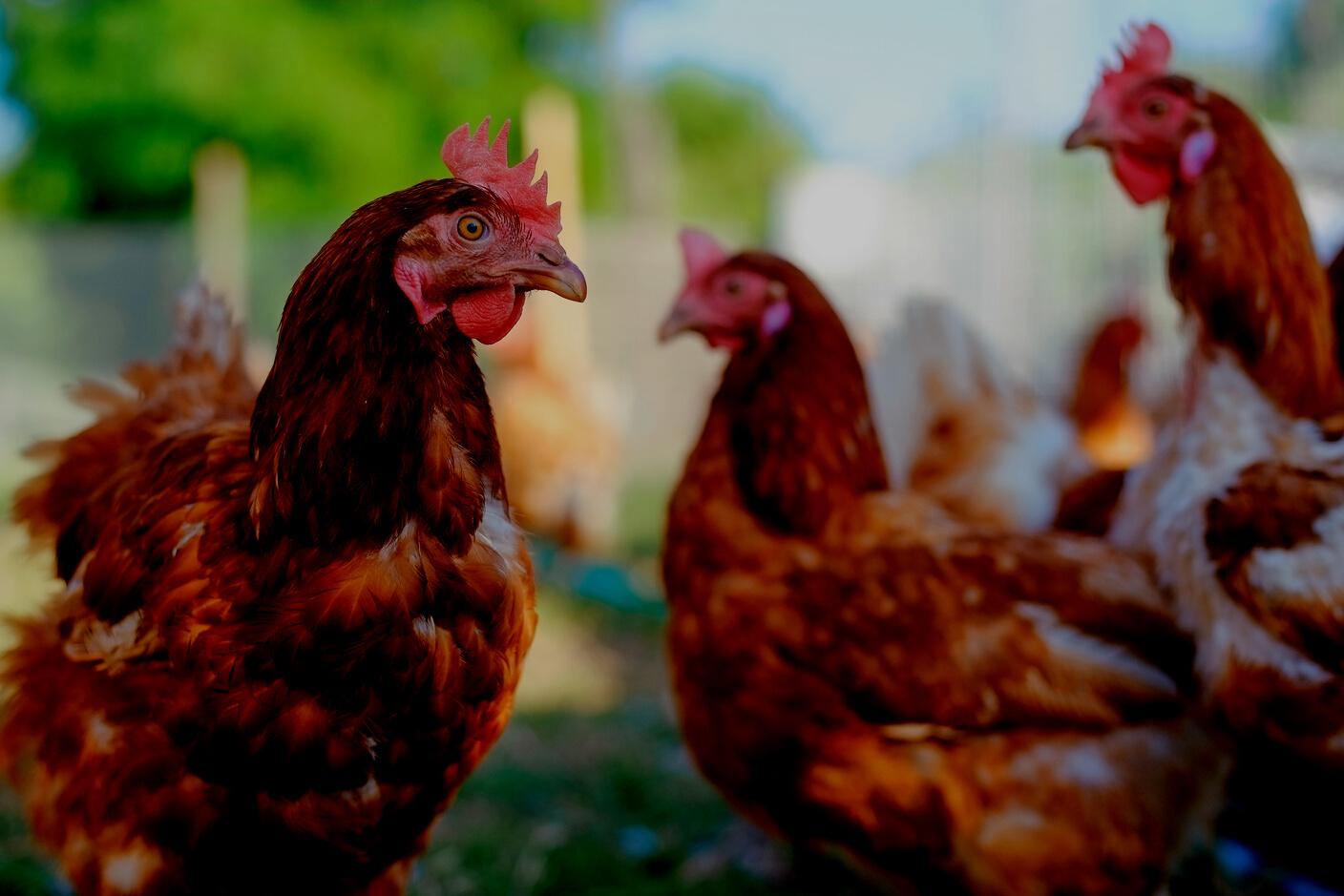



Most eggs on grocery store shelves come from factory farms. These chickens live in deplorable conditions and are crammed into small spaces and bred to produce an unnatural amount of eggs. Fed an artificial diet of the cheapest corn, wheat, barley, soybeans, and peas, these stressed-out chickens are hardly the picture of health.
Eggs with a pasture-raised label indicate that the chicken was allowed to roam free outdoors in the sun for the majority of its life. It is as close as a chicken gets to living in the wild, which means the hens are happy and healthy.
pp g y be GMO. Purchase organic, pastureraised eggs to avoid eggs from hens fed GMO feed
Free-range eggs are a result of chickens with some outdoor access, while cagefree simply means they were kept indoors but not in cages. Remember, eggs labeled organic are from chickens fed an organic diet free of GMOs, animal by-products, and antibiotics. This does not reflect living space, outdoor access, or quality of life.
If you are unable to find organic pastureraised eggs, organic free-range eggs are the next best option


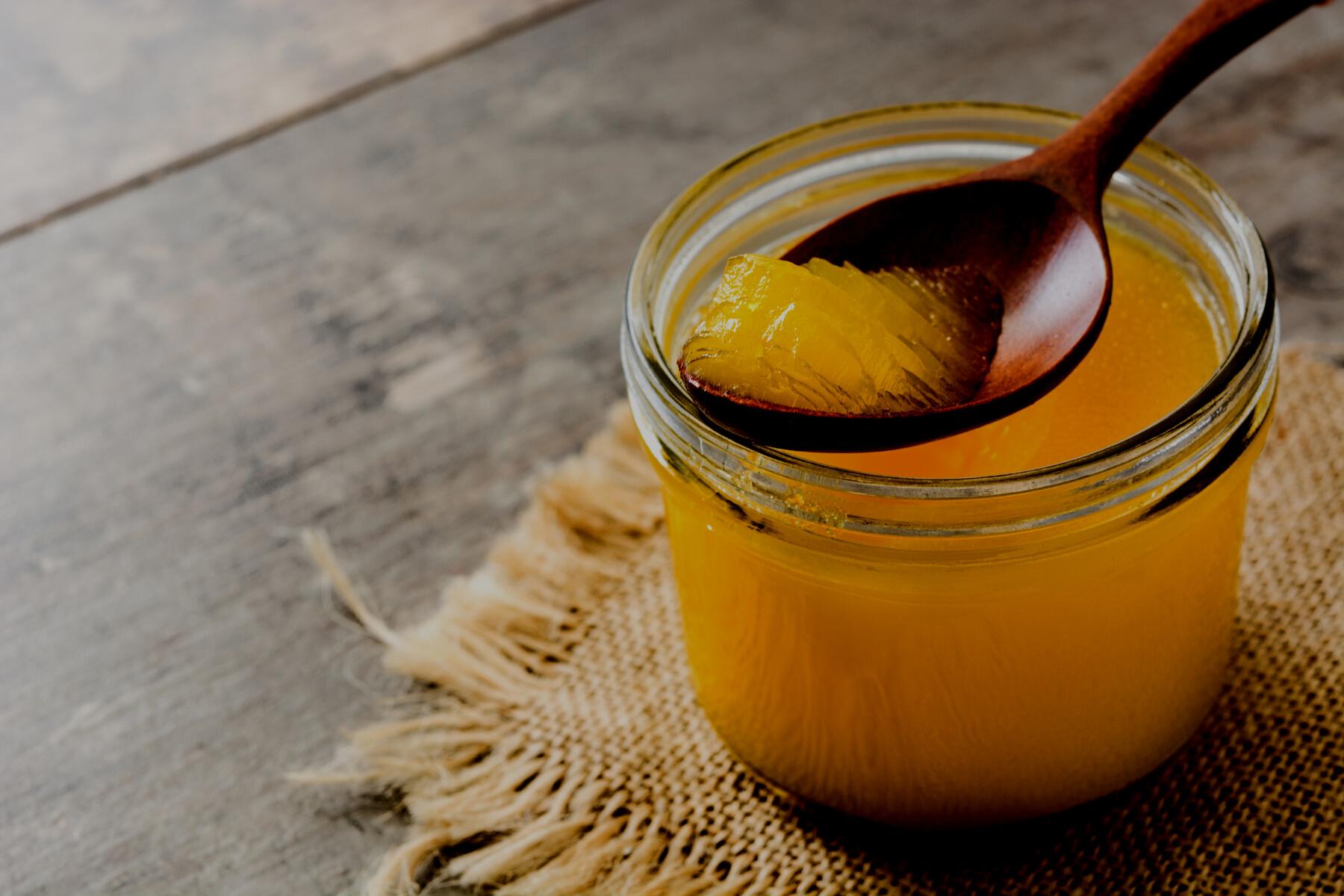
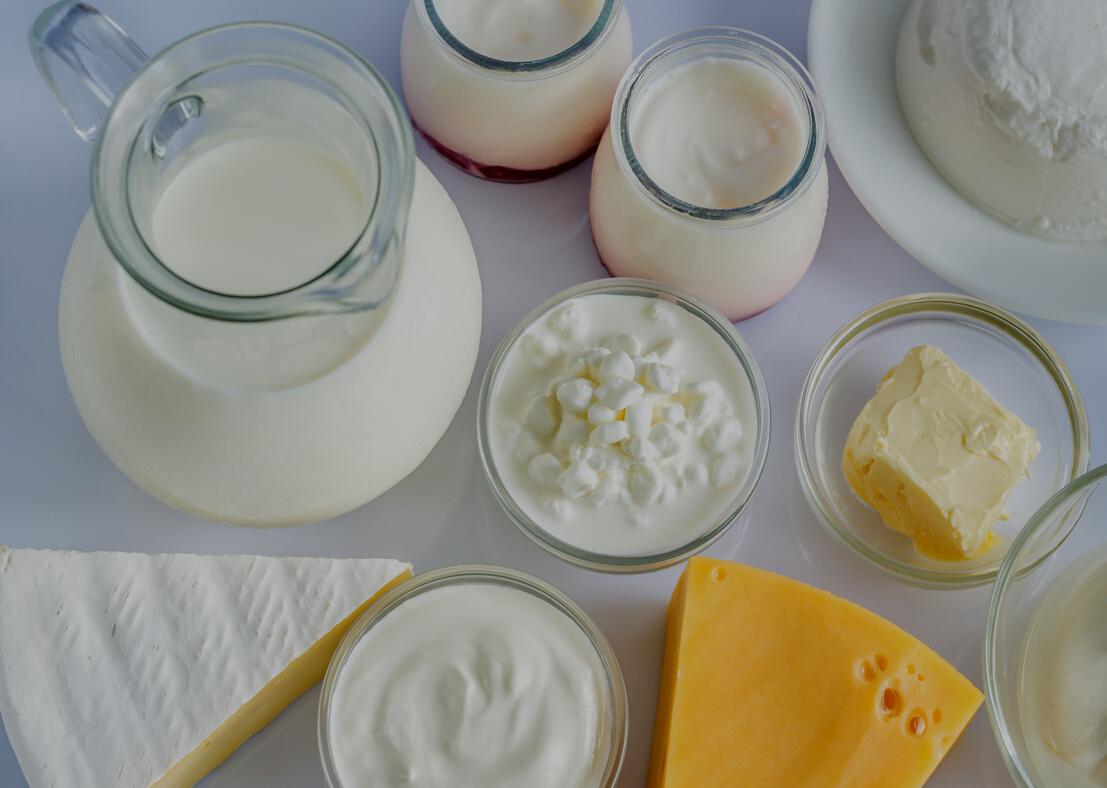
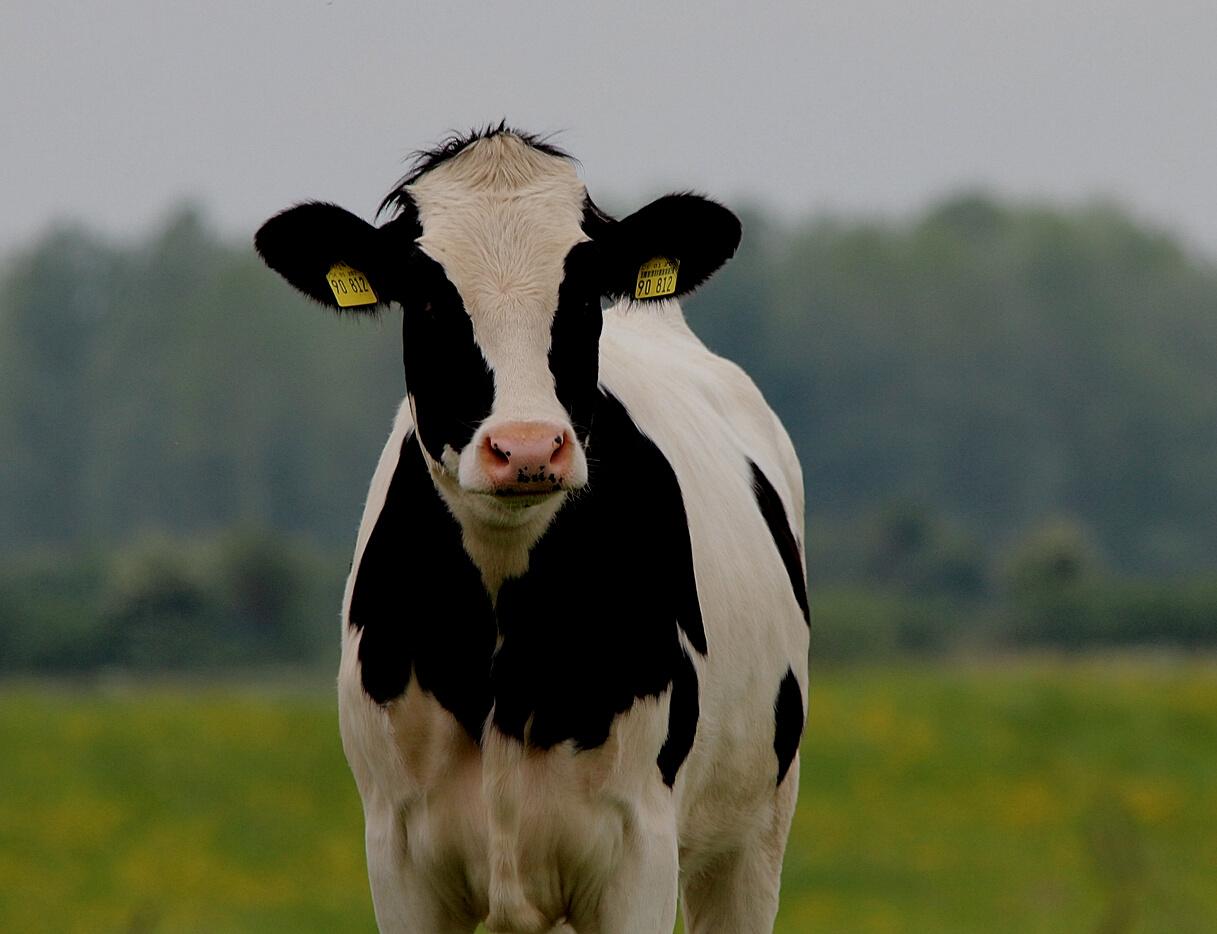
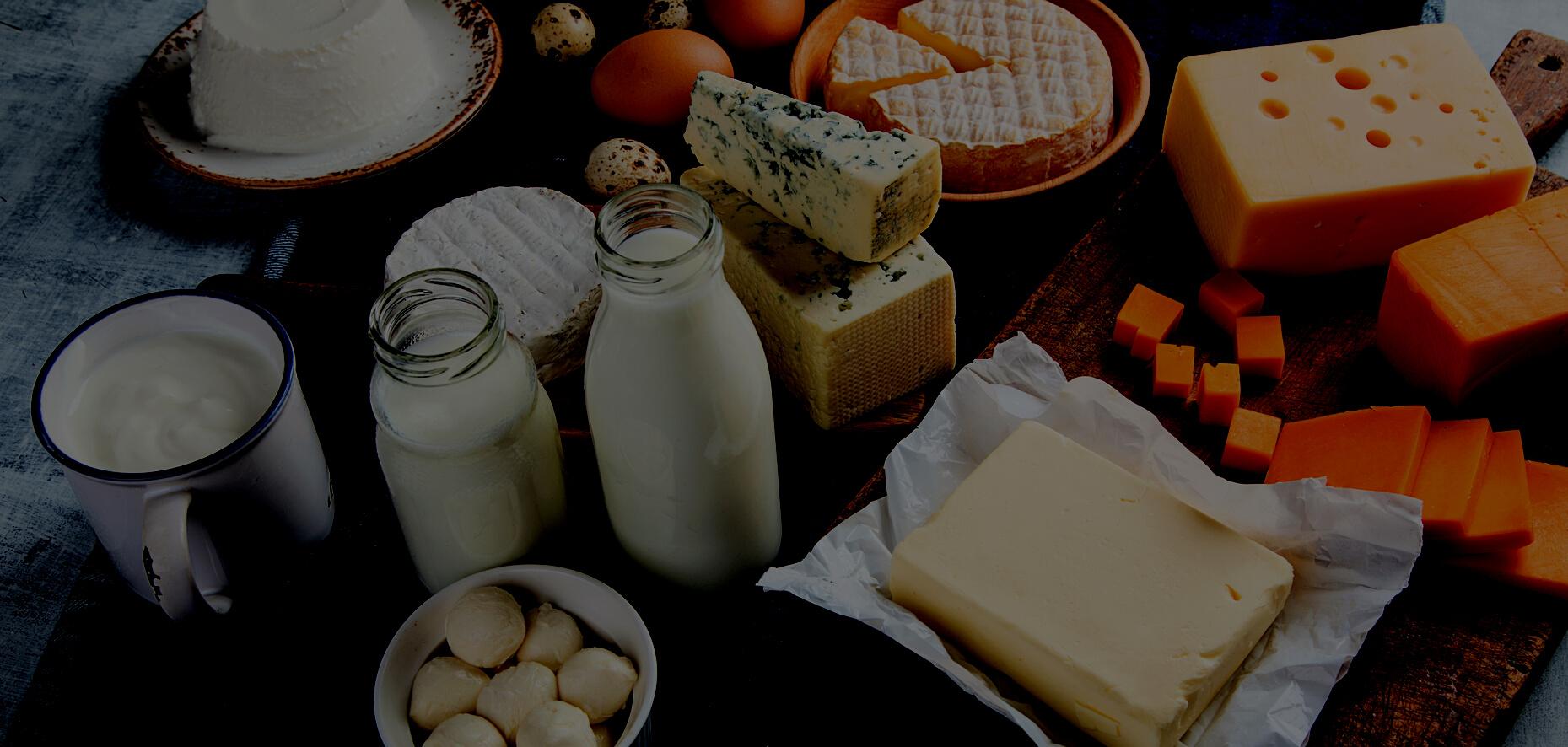
Surprise, cow's milk is not a health food!. Sadly, cows kept in conventional dairy farms live in cramped, indoor, filthy conditions and are bred constantly to keep milk production up. They are pumped full of artificial growth hormones and steroids to boost milk production and when they can no longer produce an “adequate” amount of milk, they are sent to slaughter.
Raw, fresh, unpasteurized milk from healthy grass-fed animals is more nutrient-dense, has better flavor, and contains more beneficial digestive enzymes than conventional dairy. However, keep in mind, raw milk is illegal for human consumption in many U.S. states and can be contaminated with bacteria if not handled properly. Shop safely.
AlwaysEat
Raw, grass-fed or grass-fed ghee
Raw, grass-fed or grass-fed butter
Raw, grass-fed or grass-fed clarified butter
If you are unable to get raw milk from a trusted source, choose milk from grassfed animals. These sheep, cows, and goats, are fed grass instead of grain and produce milk that is richer in vitamins and nutrients and is easier to digest than conventional milk. Animals are also treated better, as most grass-fed dairy farms allow the animals to roam in a large outdoor space such as a pasture.
Remember, dairy products may indicate “pasture-raised” on the package. This simply means that the animals were kept outdoors. However, it usually indicates a more natural diet and a better quality of life. Choose pasture-raised if grass-fed is not an option.
Raw, grass-fed or grass-fed Kefir and yogurt with no additives
Raw, grass-fed or grass-fed cheese and cheese products
Raw, grass-fed or grass-fed milk
Conventional and processed dairy products
Cow’s milk can still cause digestive upset and inflammation, even if raw or grass-fed If you tolerate dairy, choose raw or grass-fed sheep or goat’s milk instead of cow’s milk


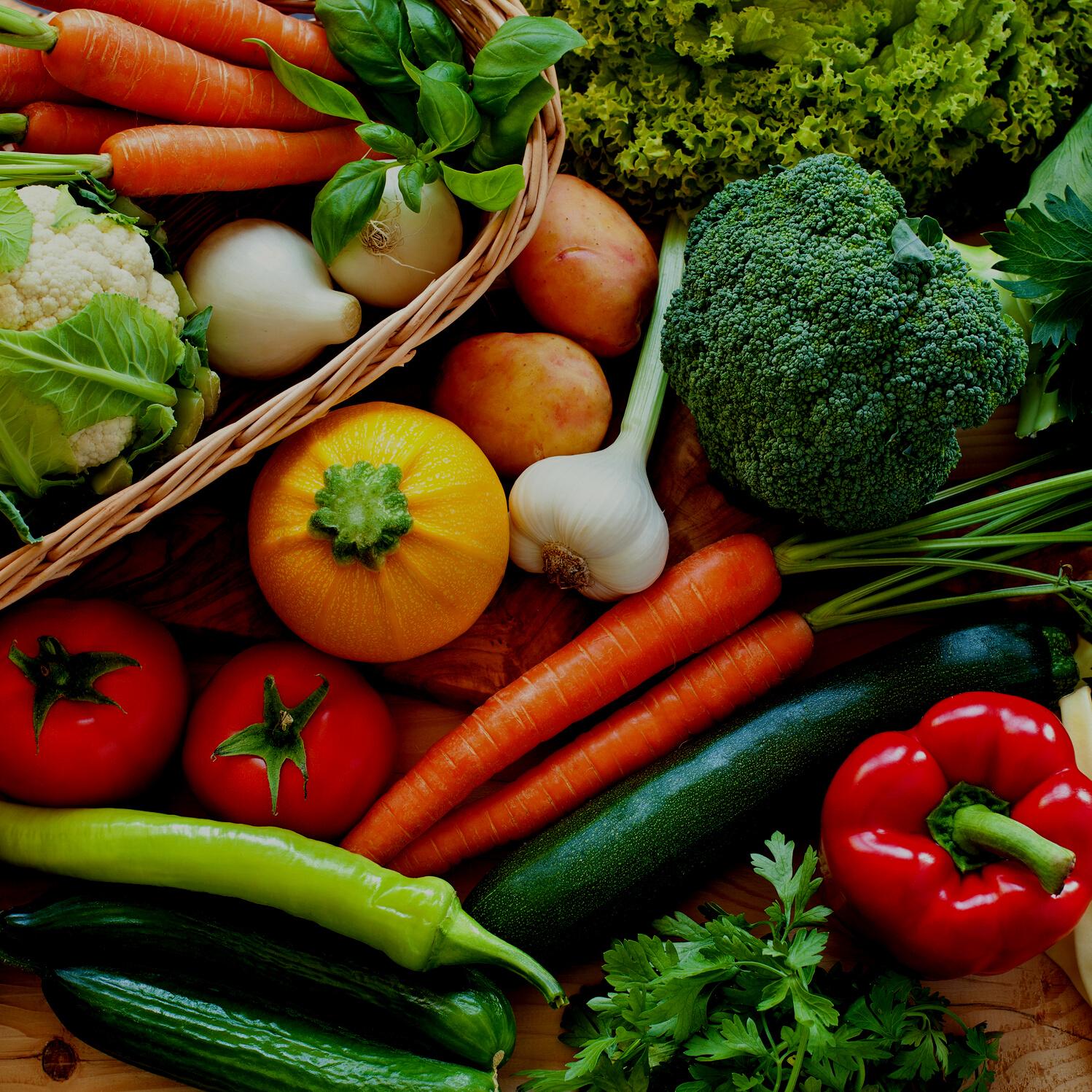
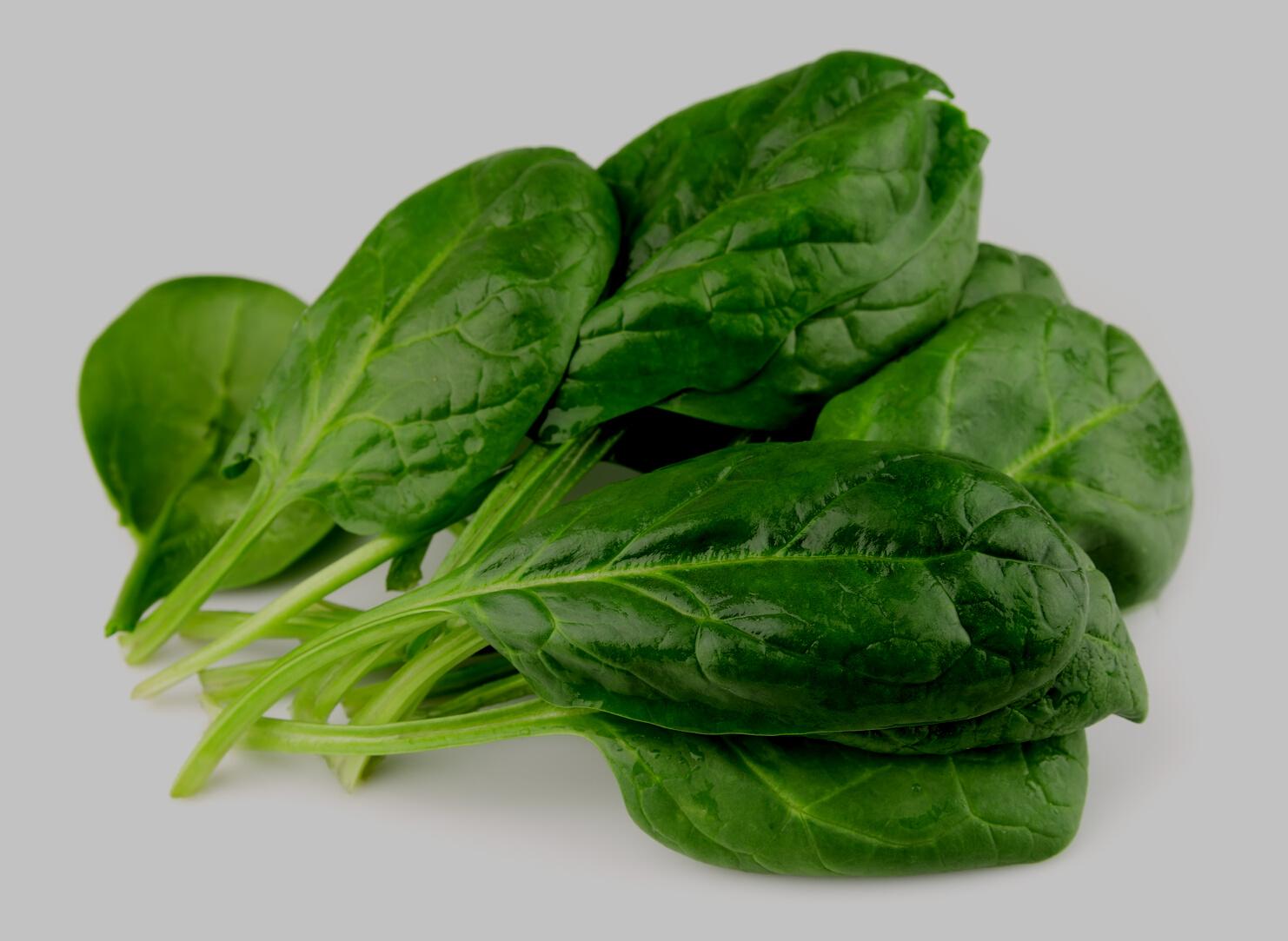
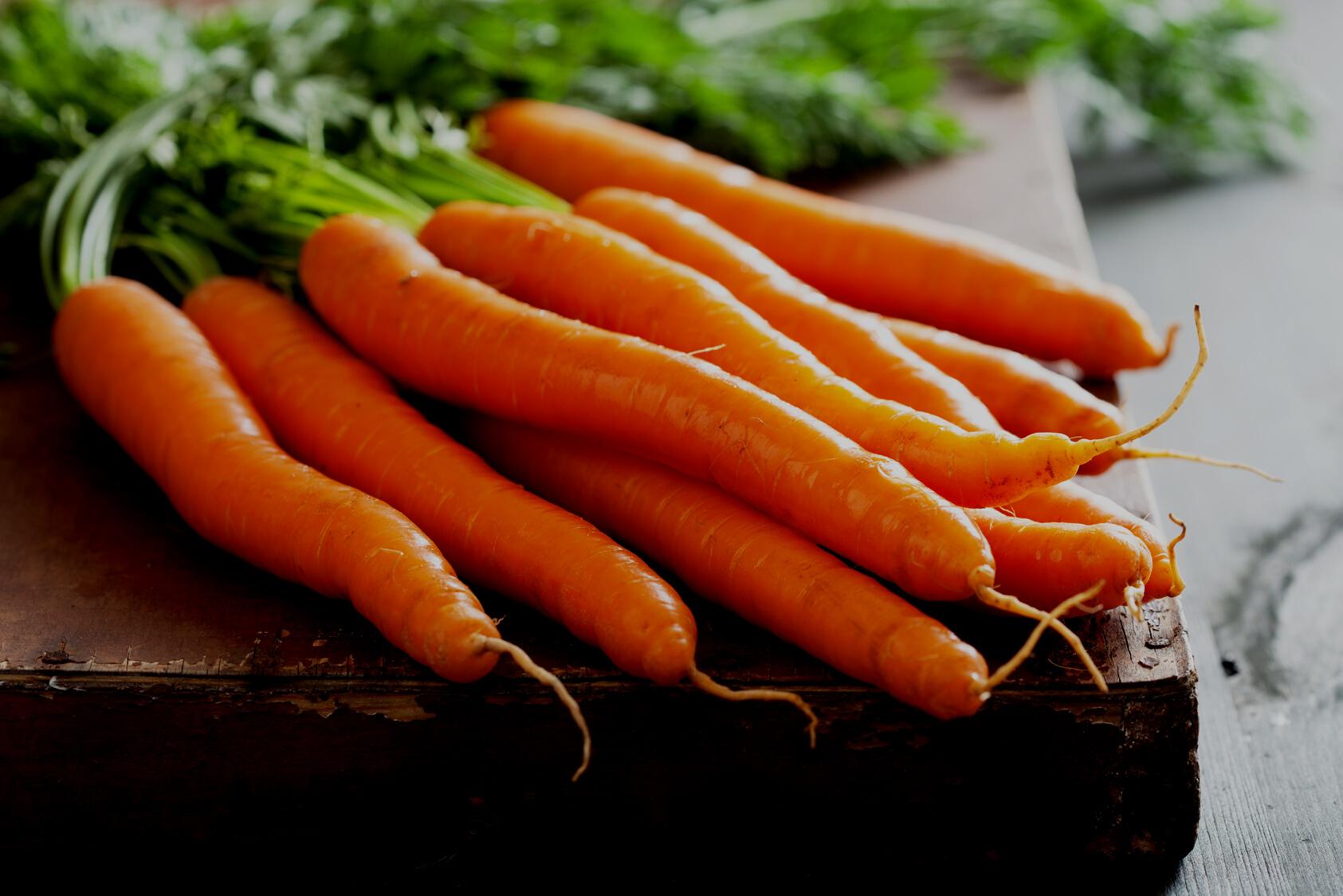
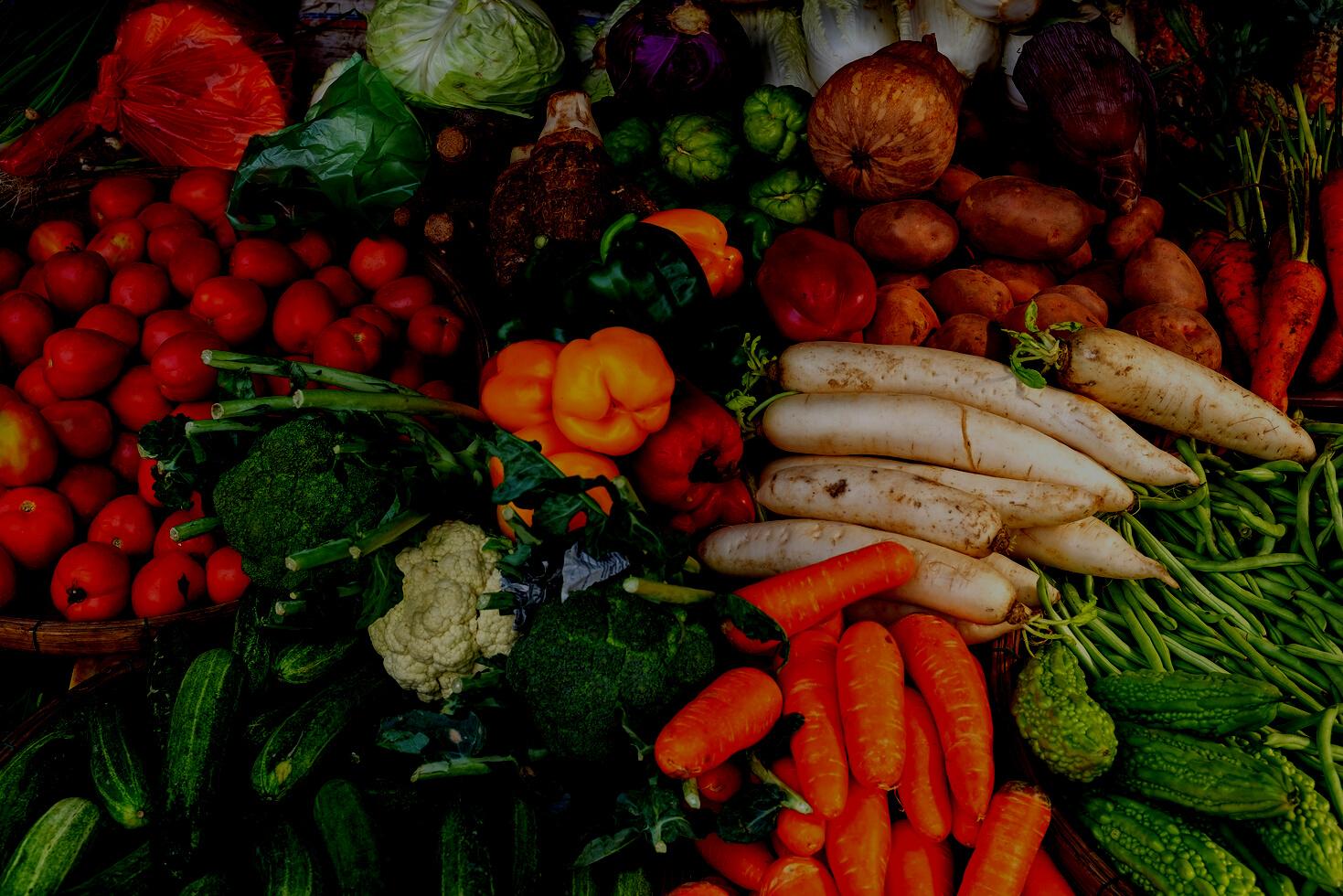

and other drug residues are killing us even at low levels. The way food is grown can greatly impact health.
Non-organic vegetables are usually GMO. Genetically modified organisms (GMOs) are crops designed in a lab to resist disease, browning, and glyphosate weed killers such as the toxic Round-Up. This means that your vegetables have been sprayed with a potentially toxic chemical. No amount of washing can get that off completely.
Certified organic is the label given to crops grown or raised without synthetic fertilizers, chemical pesticides, antibiotics, or GMOs. Organic law also requires that farmers have a plan for building soil fertility.
When choosing vegetables, always choose organic. Homegrown or locally grown organic and seasonal is the best. Keep in mind, the organic certification process is lengthy and expensive. Some local farms that follow organic guidelines may not have this mark of approval from the USDA. Do your own research and always visit local farms and get to know farmers in your area.
Corn, sometimes classified as a grain, is high in starch and can spike your blood sugar. It can also lead to digestive issues like IBS, doesn’t have much nutritional value, and most of it is GMO avoid this crop.


This list is not exhaustive. Most veggies can and should be enjoyed freely.
Broccoli, kale, cabbage, Brussels sprouts, and other cruciferous vegetables
Leafy greens including spinach and Swiss chard
Alliums including garlic, shallots, and onions
Microgreens and sprouts
Peas (technically a bean)
Tomatoes, bell peppers, eggplant, and other nightshades
Winter squash
Dandelion and mustard greens
Artichoke Okra
Pumpkin
Sweet potatoes
Carrots Parsnips Cassava
Cucumbers, watercress and escarole
Radishes, turnip greens, and beet greens
Fermented vegetables like sauerkraut or kimchi
Green beans (technically a bean)
Mushrooms Asparagus
Zucchini Celery
Cabbage Capers
Garlic Sea vegetables
Waxy potatoes including fingerling and red
Sometimes
Consume starchy vegetables and nightshades in moderation, especially if you have digestive issues or diabetes.

Corn
Conventionally grown vegetables
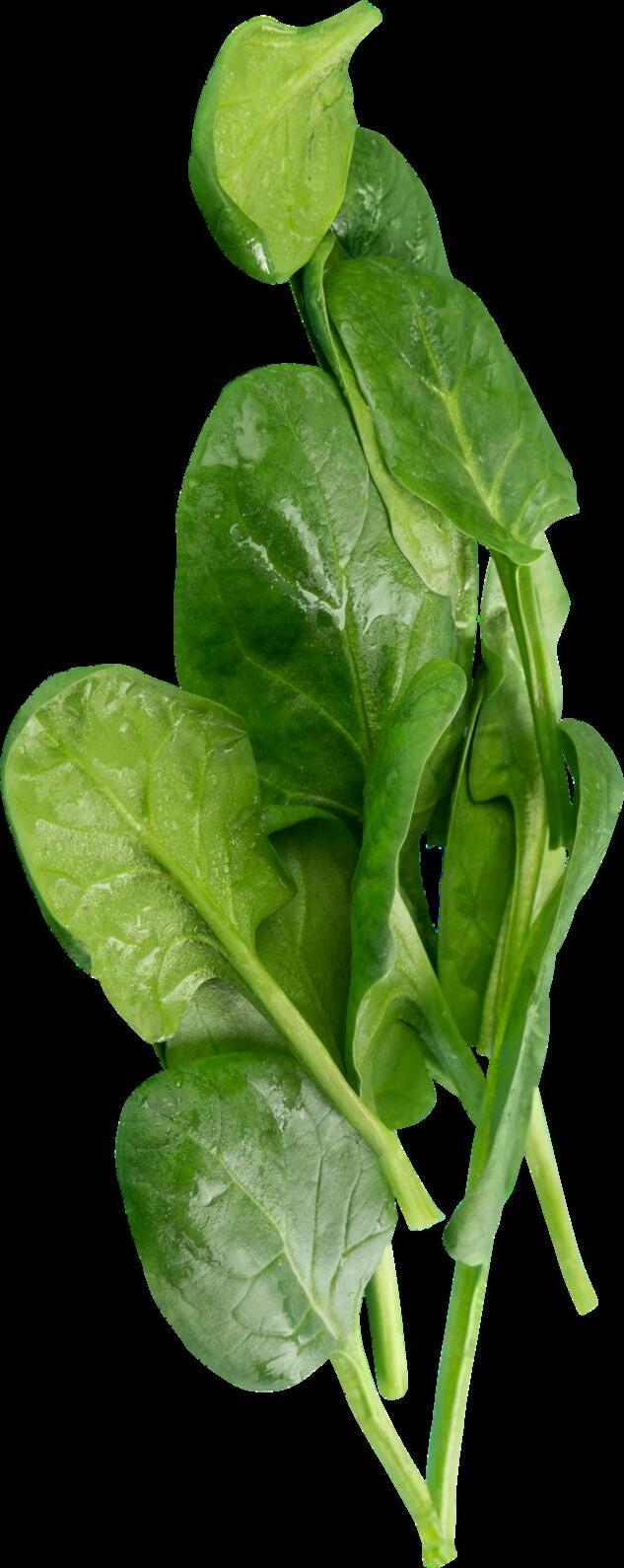


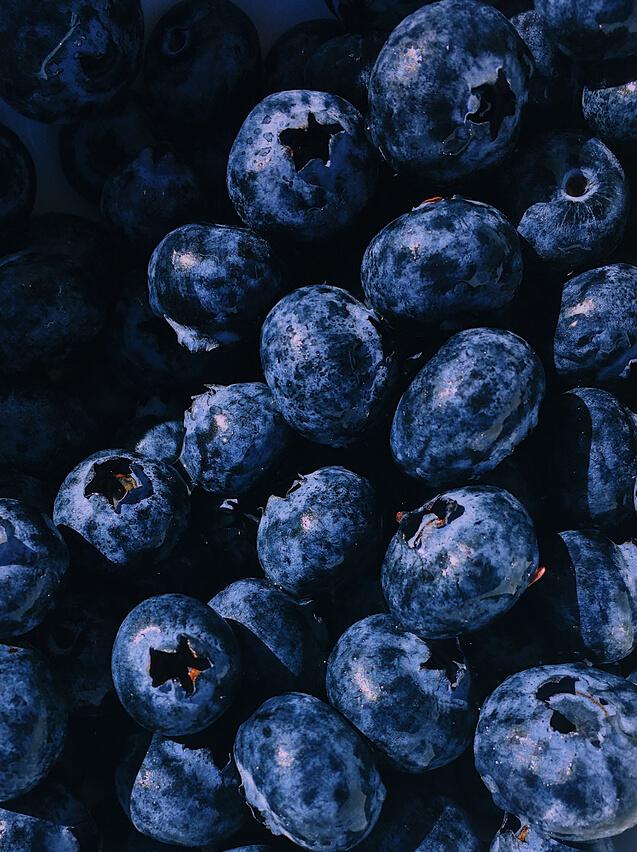
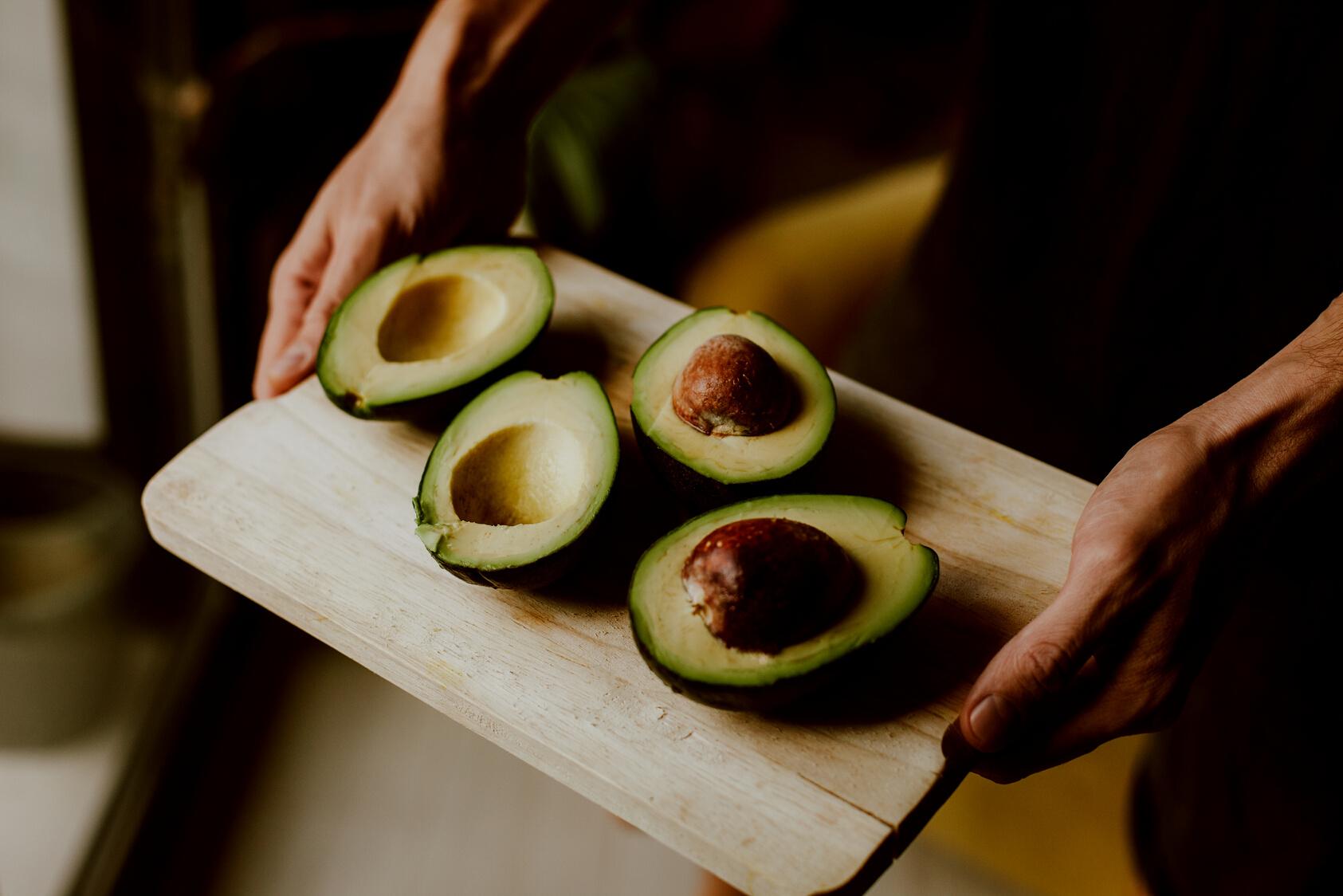
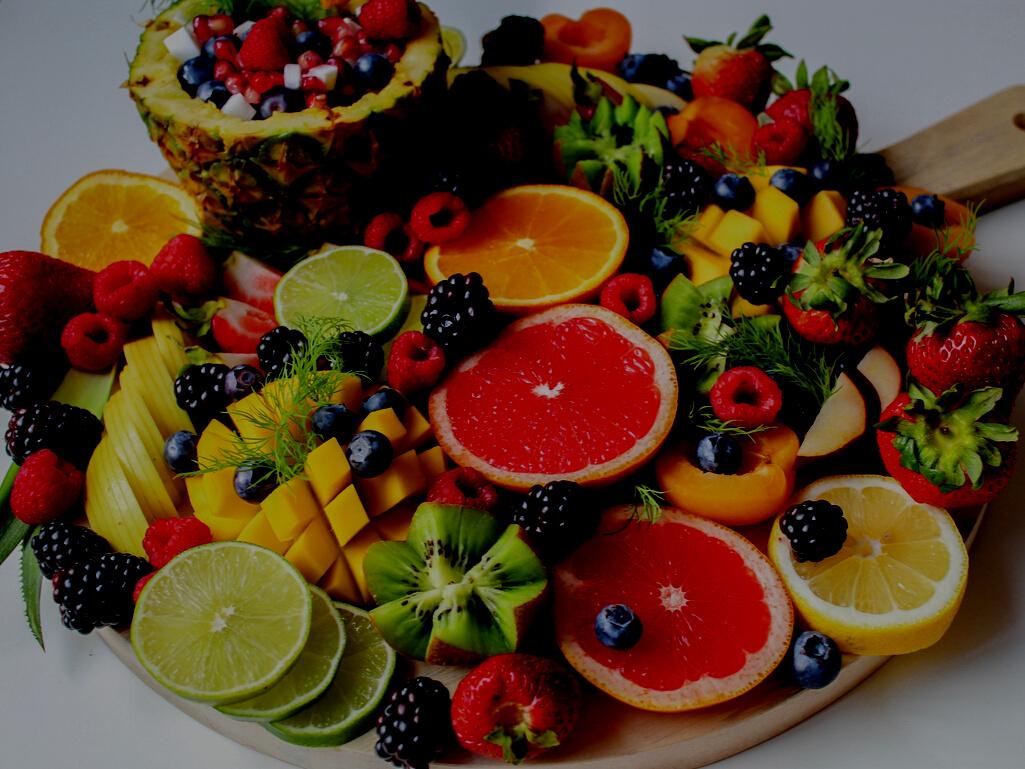
Current mainstream health guidelines recommend a shocking amount of fruit in the daily diet. In reality, fruit is high in natural sugars and can cause blood sugar to spike.
Most conventionally grown fruit travels hundreds of miles and is often picked before it is ripe, meaning it doesn’t have a chance to get certain nutrients from the plant and ripens in a dark truck or on the grocery store shelf.
Consume, local, seasonal, and organic fruit sparingly as a treat. If you are overweight or have metabolic syndrome or diabetes do not consume more than one cup a day of low glycemic fruit such as berries.
Remember, conventionally grown fruit is full of harmful pesticides and is often GMO. Even if you don’t or can’t purchase local, always choose organic and only buy fruit that is in season.
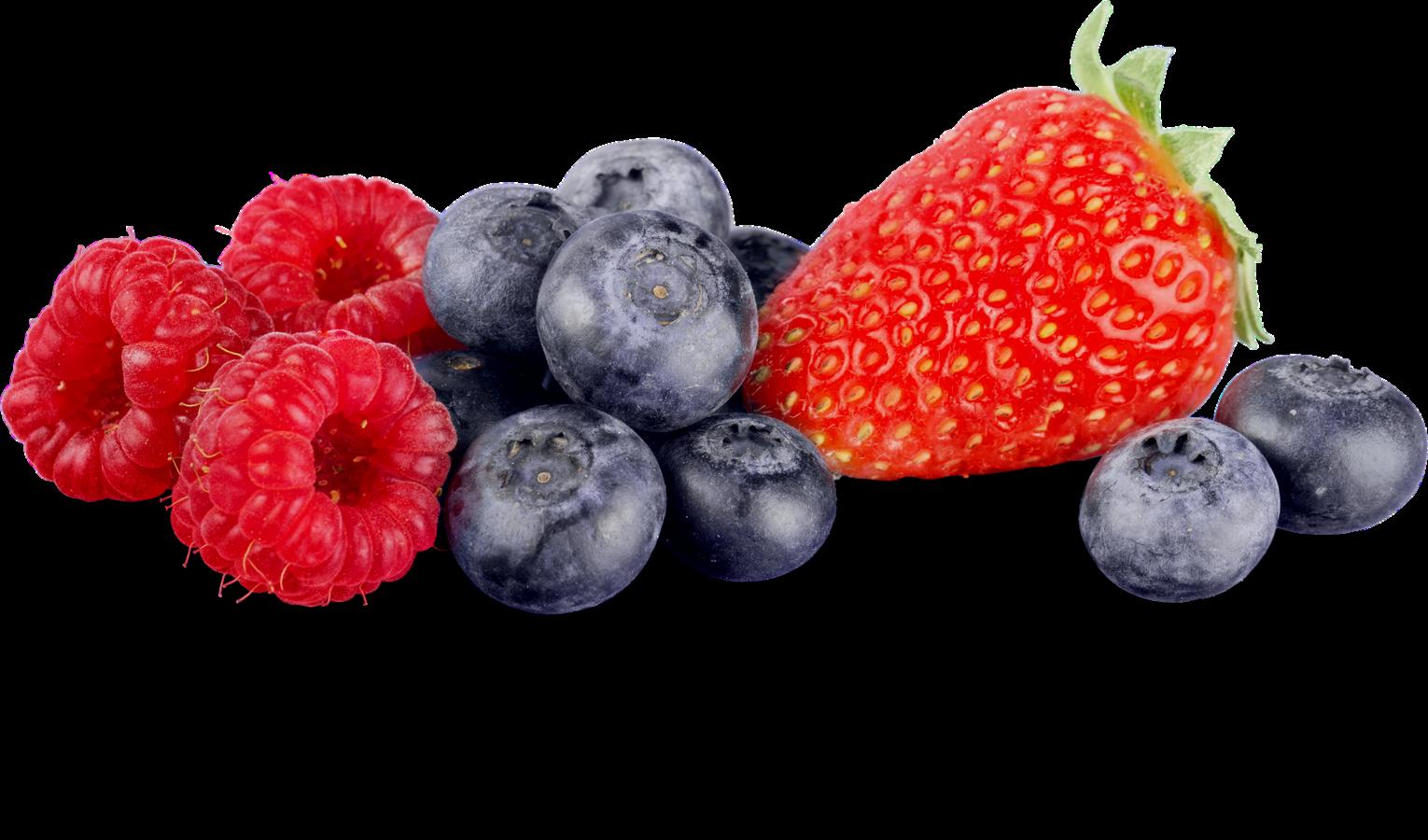


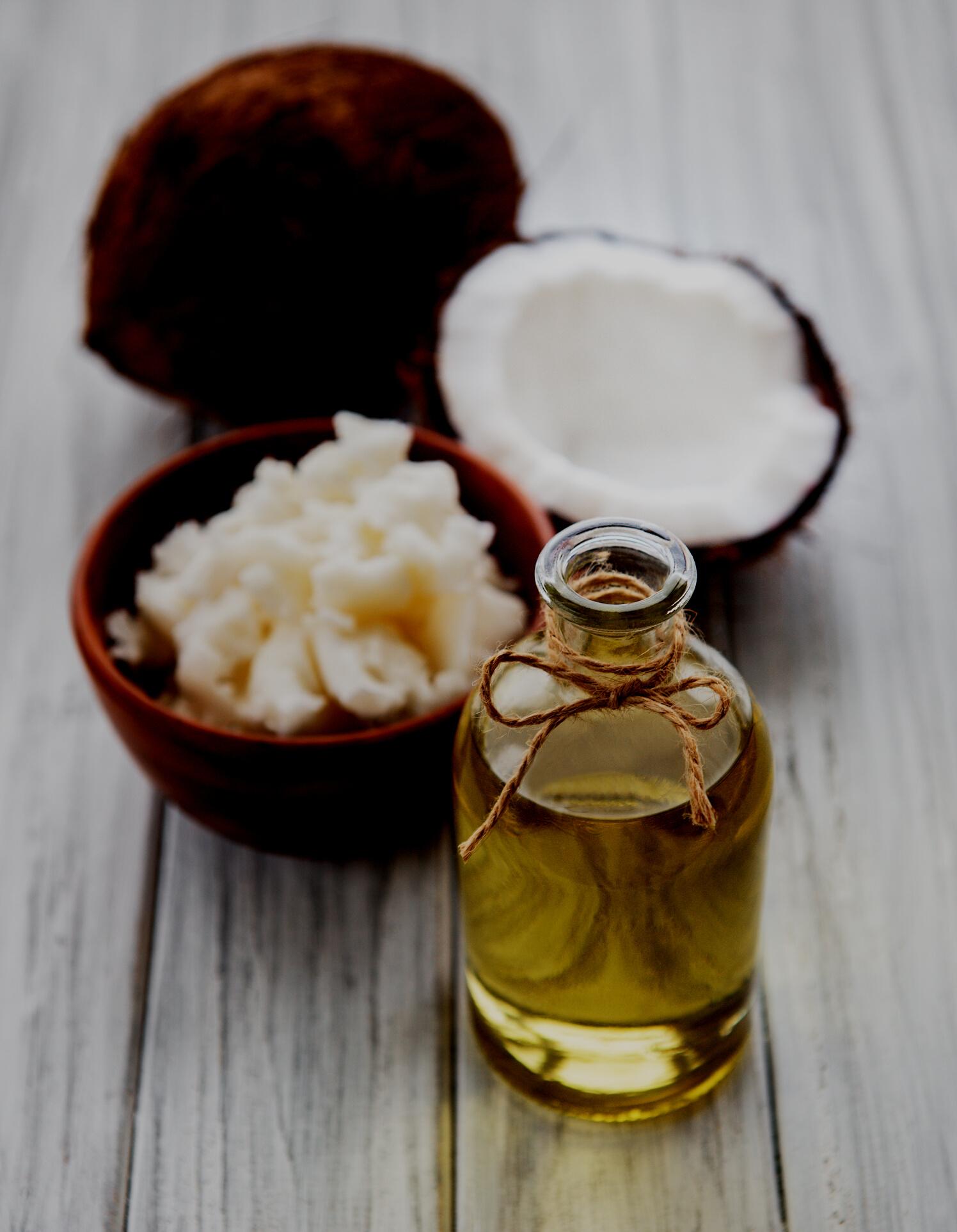
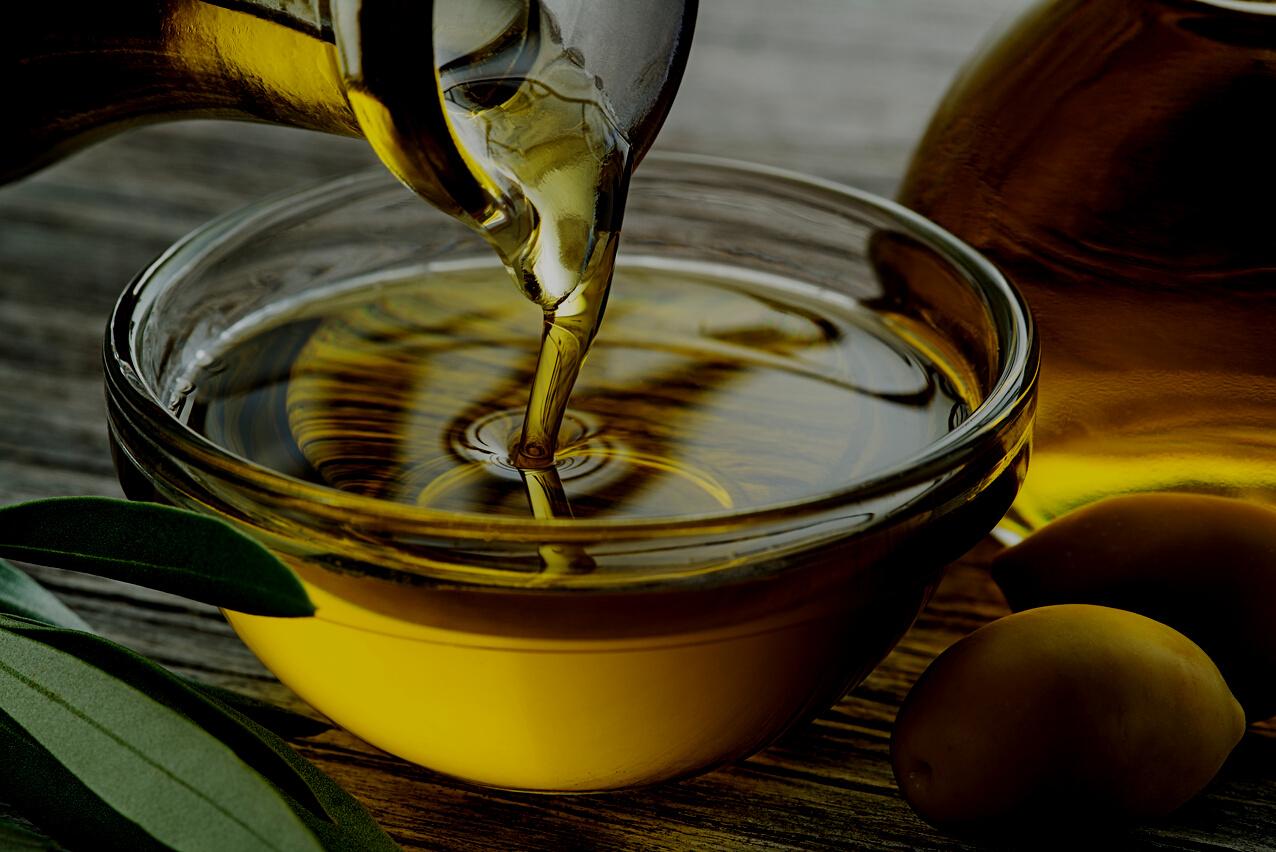
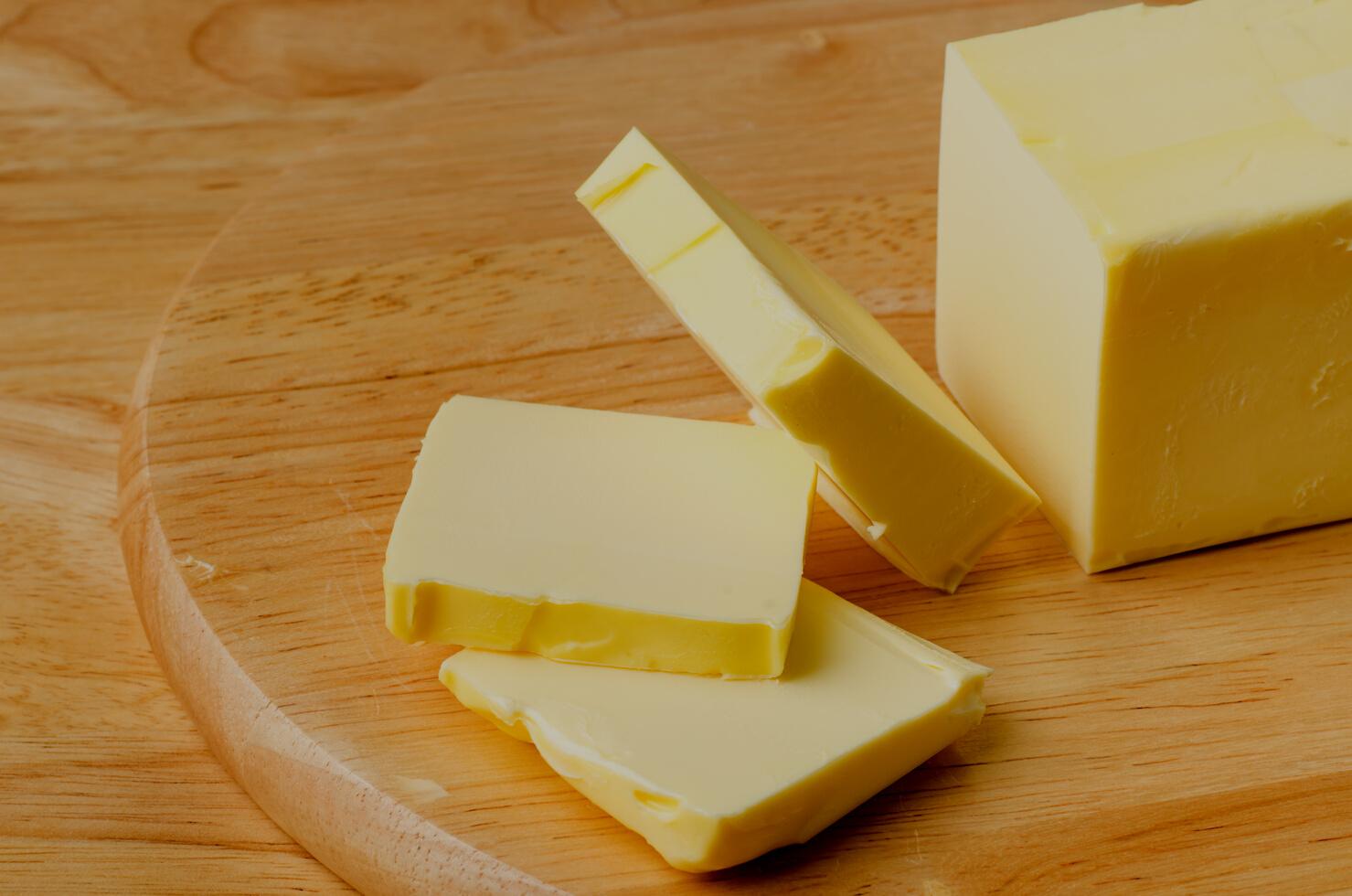
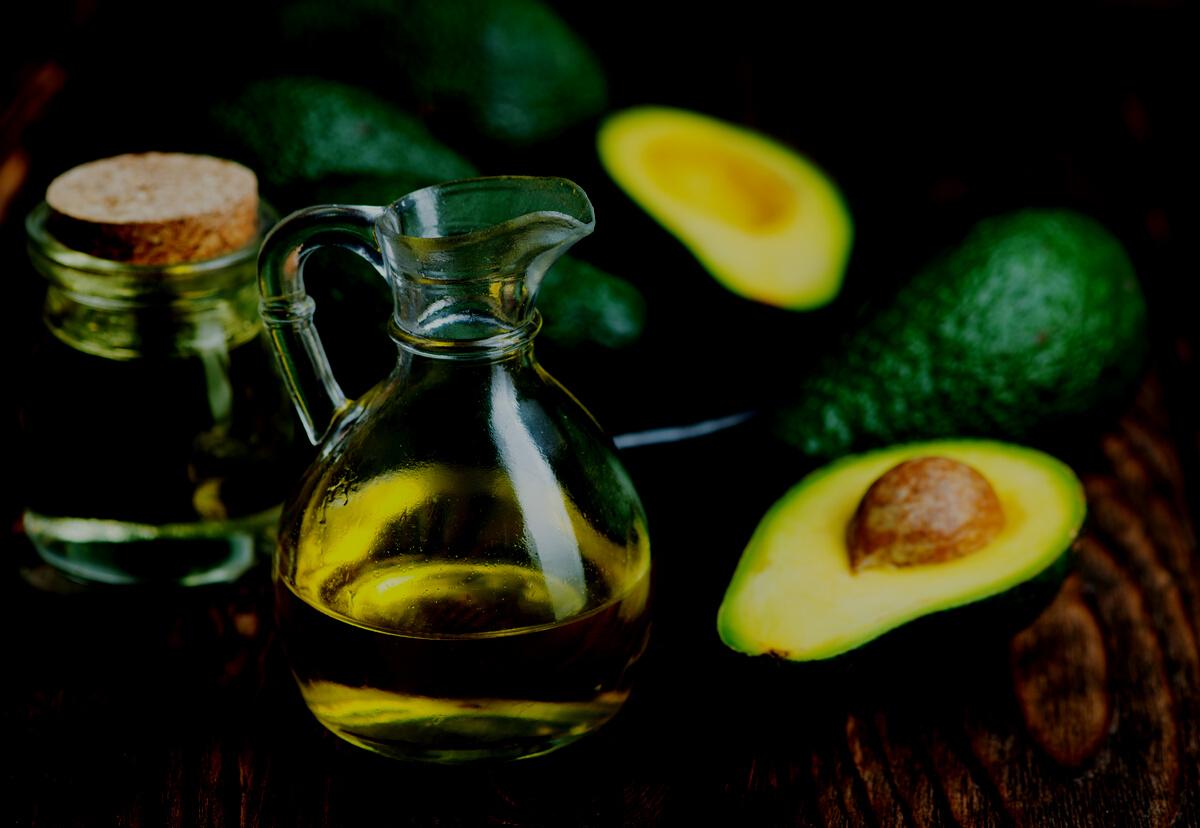
While fat often gets a bad rap, it is essential to a healthy diet. Like protein and carbohydrates, fat is a nutrient your body needs for optimal health. In addition, fat is a vital source of energy.
The body loves saturated fat. Grass-fed beef tallow, chicken fat, and coconut oil are examples of heart-healthy saturated fats. As long as they are organic, they can be enjoyed freely.
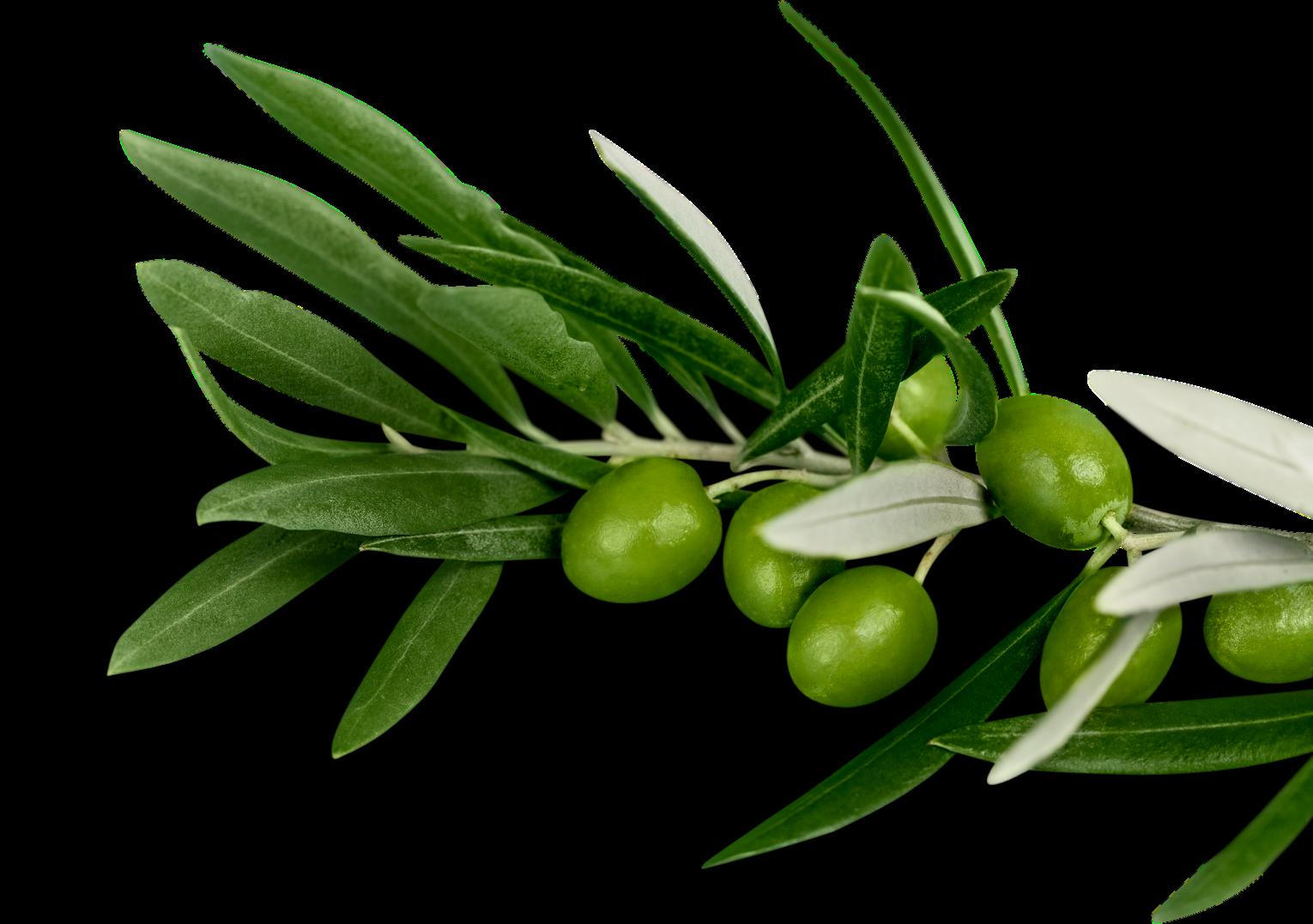
Oilispurefat,but youwilllosefatand weighteatingit.
Dr. Jack Wolfson
Vegetable oils, such as canola oil, are edible oils extracted from plants. Sounds great, right? Not so fast! Most plants produced for oil production are non-organic and genetically modified.
For example, the canola plant does not even exist in the wild. Instead, it is a rapeseed oil plant that big agricultural factories have genetically modified for cooking purposes.
The second problem that arises with vegetable oils lies in the extraction process. A chemical solvent, typically hexane, is used to extract oil from the plant. It is then heated again and given a bath in multiple other chemicals to preserve color and taste. Vegetable oils also oxidize quickly when heated, leading to inflammation and heart disease.

Grass-fed ghee
Unrefined virgin coconut oil
Grass-fed beef, bison, and lamb tallow
Pasture-raised lard
Cage-free duck, chicken, and goose fat
Palm shortening (for baking)
Raw or grass-fed butter
Avocado oil
Unrefined red palm oil
Pasture-raised pork lard
Extra virgin, coldpressed olive oil
Walnut oil
Almond oil
Macadamia oil
Sesame oil
Flax oil
Hemp oil
Black seed oil
MCT oil
Pistachio oil

Soybean, canola, corn, safflower, sunflower, palm, peanut oil
Vegetable oil and shortening
Margarine or butter substitutes
Anything with hydrogenated listed in ingredients
Anything else fake or that includes ingredients you can’t pronounce
Always choose organic and make sure that you use oil or fat with an appropriate smoke point for your cooking temperature. Certain oils, should be used for drizzling after cooking or in homemade, unheated dressings and dips.

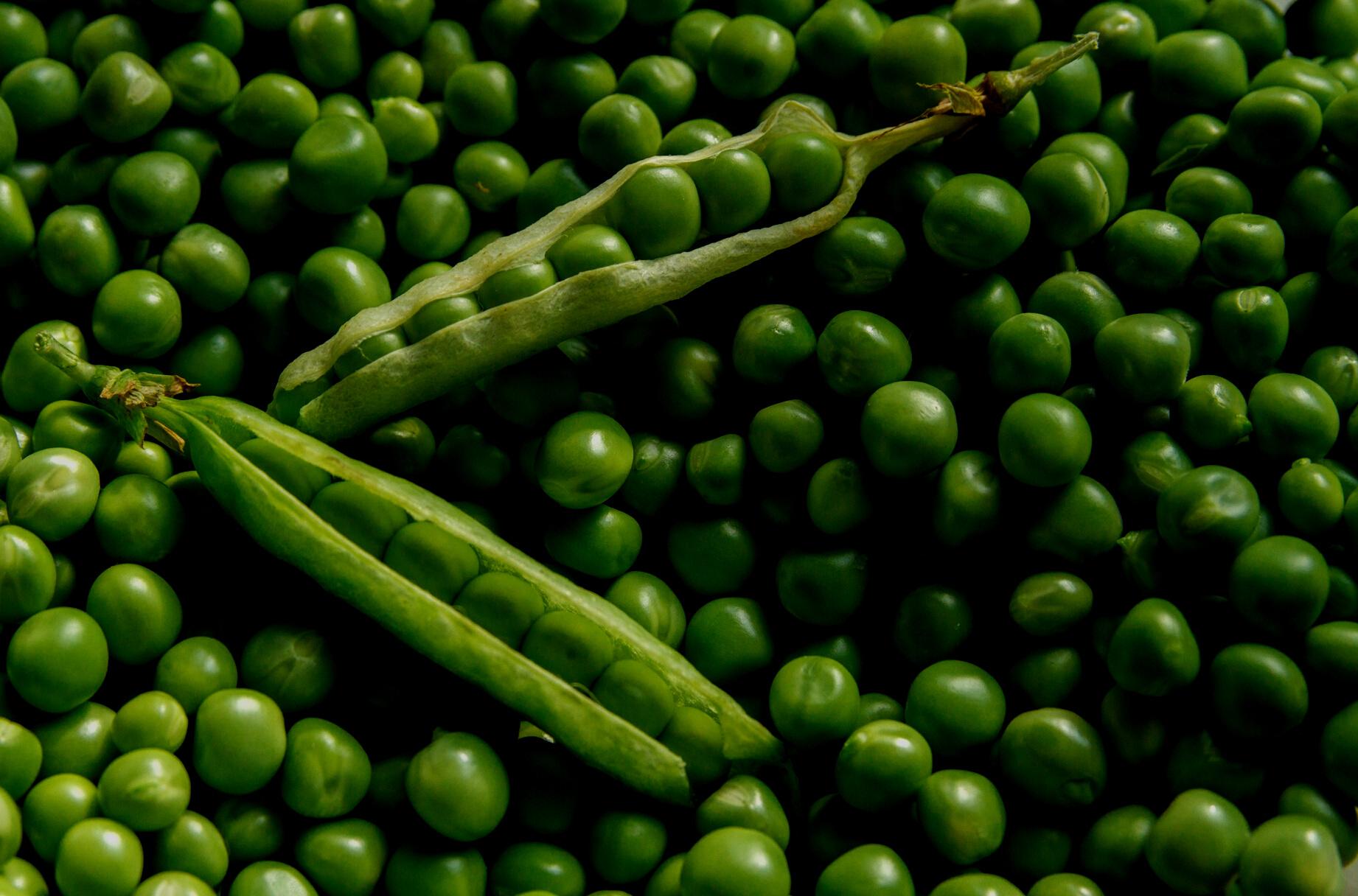

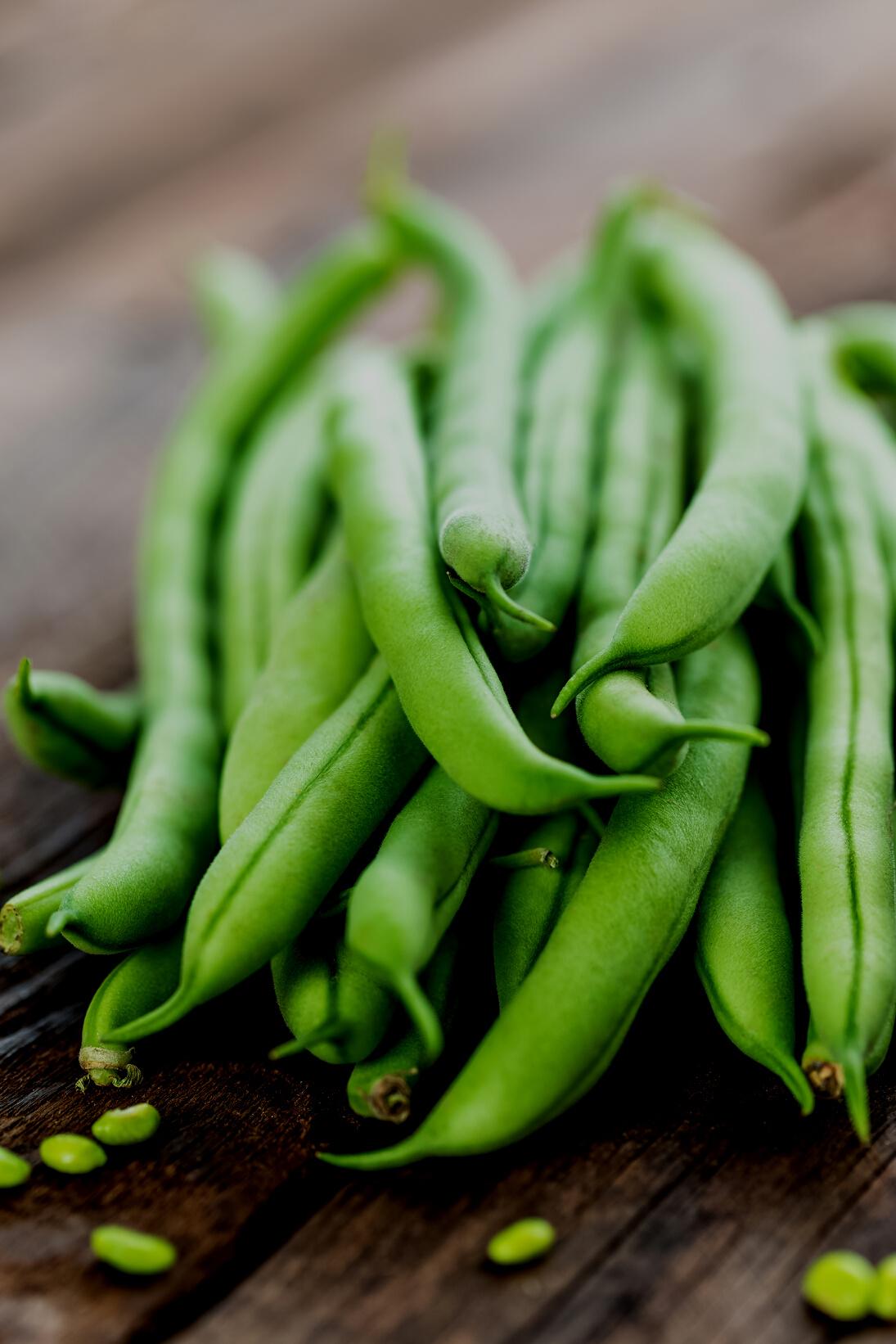
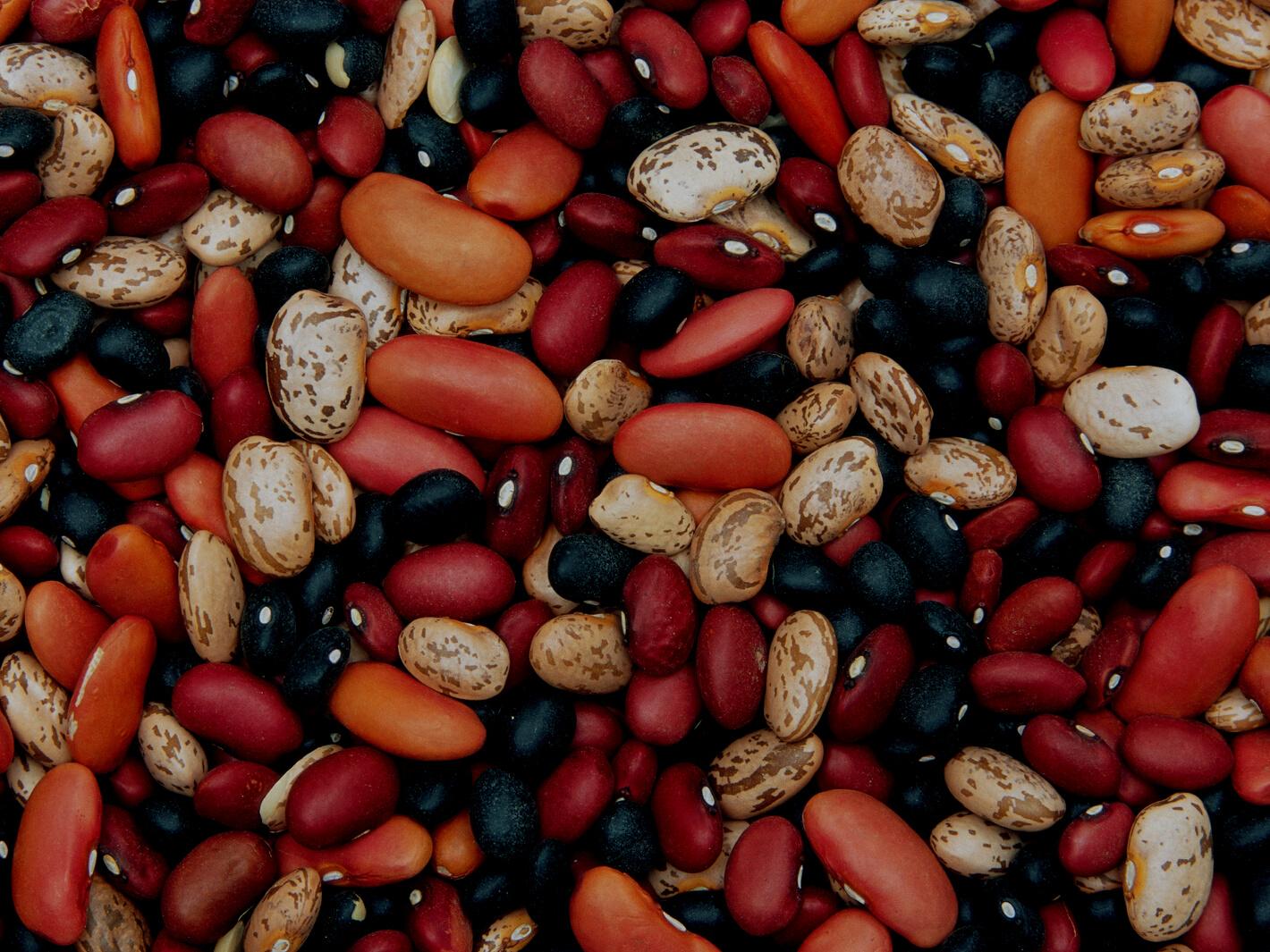
Conventional dietary guidelines recommend three cups of beans per week. Unfortunately, there is a dark side to beans.
Legumes contain FODMAPs, carbohydrates that some people do not absorb well. These carbs can lead to gas, bloating, and other digestive issues. Beans do not contain any nutrients that can't be obtained from other, healthier sources.
Avoid beans if you are insulin sensitive, have metabolic syndrome, or have autoimmune conditions.
Women with breast cancer or men trying to conceive should also avoid legumes.
Legumes can affect metabolism and weight, so if you struggle with your weight, cutting out legumes is a good idea.
If you eat beans, only choose dried organic beans and eat them sparingly.
Great northern
Navy
Snow peas
Mung beans
Lentils
Peas
Black beans
Garbanzo beans
Pinto
Adzuki beans
Cannellini beans
Members of the cowpea family
Natto, miso, or tamari sauce

Lima beans
Tofu, tempeh, soy sauce
Soybeans
Kidney beans
Baked beans
Peanuts
Beans in cans
Soak legumes in room temperature water for 18-24 hours prior to cooking. Discard soaking water and use fresh water to cook.
Cook with dried kelp.
Simmer gently until beans are tender.

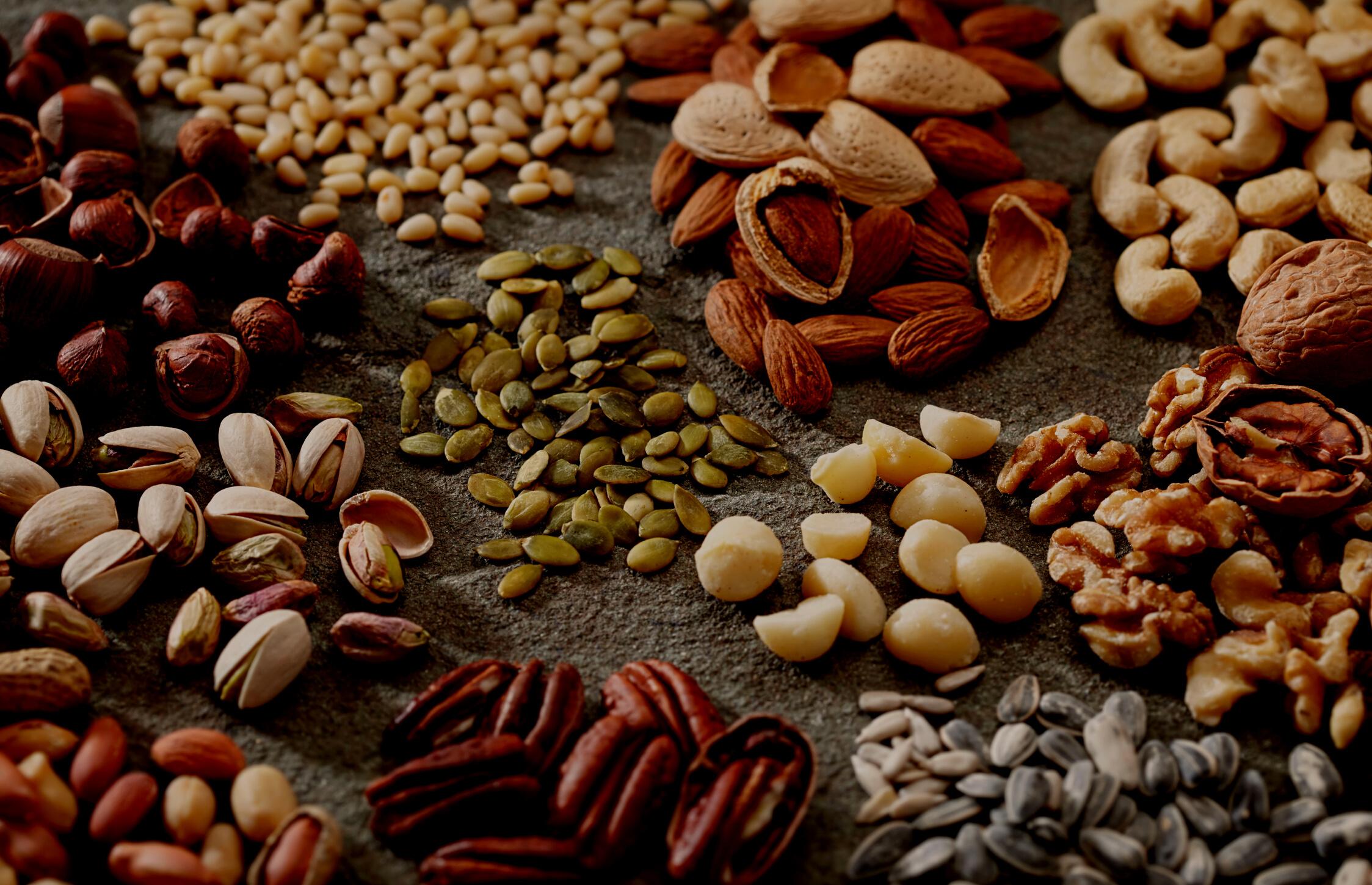
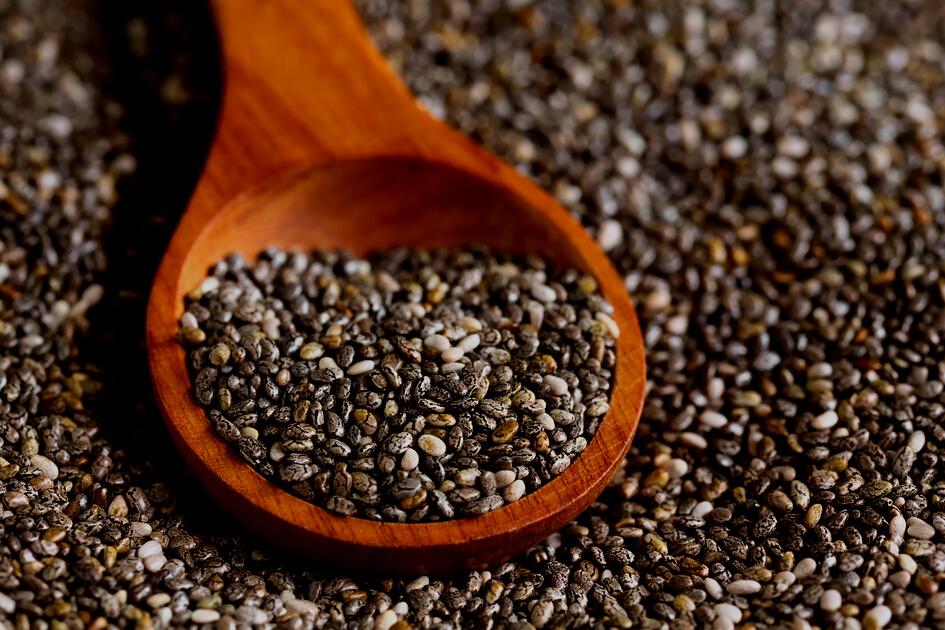

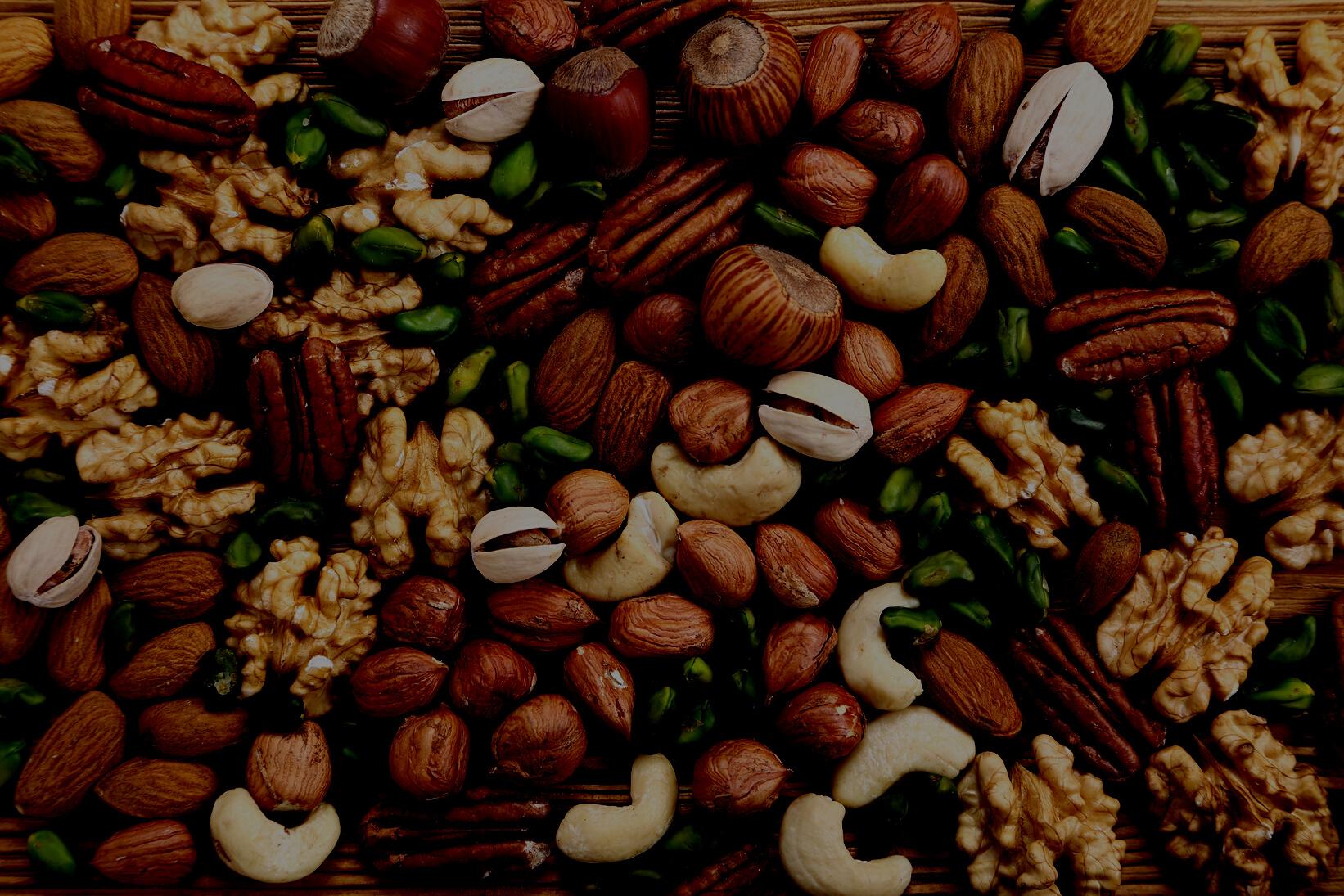
Nuts and seeds are a great source of hearthealthy saturated fat, protein, vitamins, minerals, fiber, and antioxidants. However, many contain antinutrients, a naturallyoccurring compound that makes them hard to digest and may make many of the beneficial nutrients unavailable for absorption. These antinutrients are thought to be a form of protection for the seed, as many animals (including humans) often get sick after ingesting them.
Antinutrients, specifically phytic acid, have been connected to issues with leaky gut, impaired digestive response, and autoimmune disorders. Soaking and sprouting nuts and seeds breaks down antinutrients, making minerals accessible for digestion and absorption.
Remember, many nuts are simply junk food in disguise. Only consume nuts with no additives like sugar, refined oil, artificial flavors, coloring, or salt.
Rawnutsandseeds loweryourriskof heartdisease, cancer,and diverticulitis.
Dr JackWolfsonBuy nuts and seeds in small quantities and store them in the freezer to help prevent the breakdown of fats. Soak them overnight in warm water and eat a handful or two daily as a snack or add to salads. Always choose organic.


Occasionally (ahandfuladay)
Almonds
Walnuts
Hazelnuts
Brazil nuts
Pistachios
Macadamia nuts
Pecans
Pine nuts
Nut butter with no additives or homemade
Pumpkin seeds
Cashews
Sunflower seeds
Chia seeds
Ground flaxseed
Hemp seeds and hemp powder
Sesame seeds
Psyllium seeds
Poppy seeds
Raw cacao
These seeds are small and can’t be eaten by themselves. Mix them into your favorite drink or smoothie or use in recipes or as toppings.
Nuts with sugar, chocolate or candy
Nut butter with added oil, sugar or salt
Nuts roasted in vegetable oils
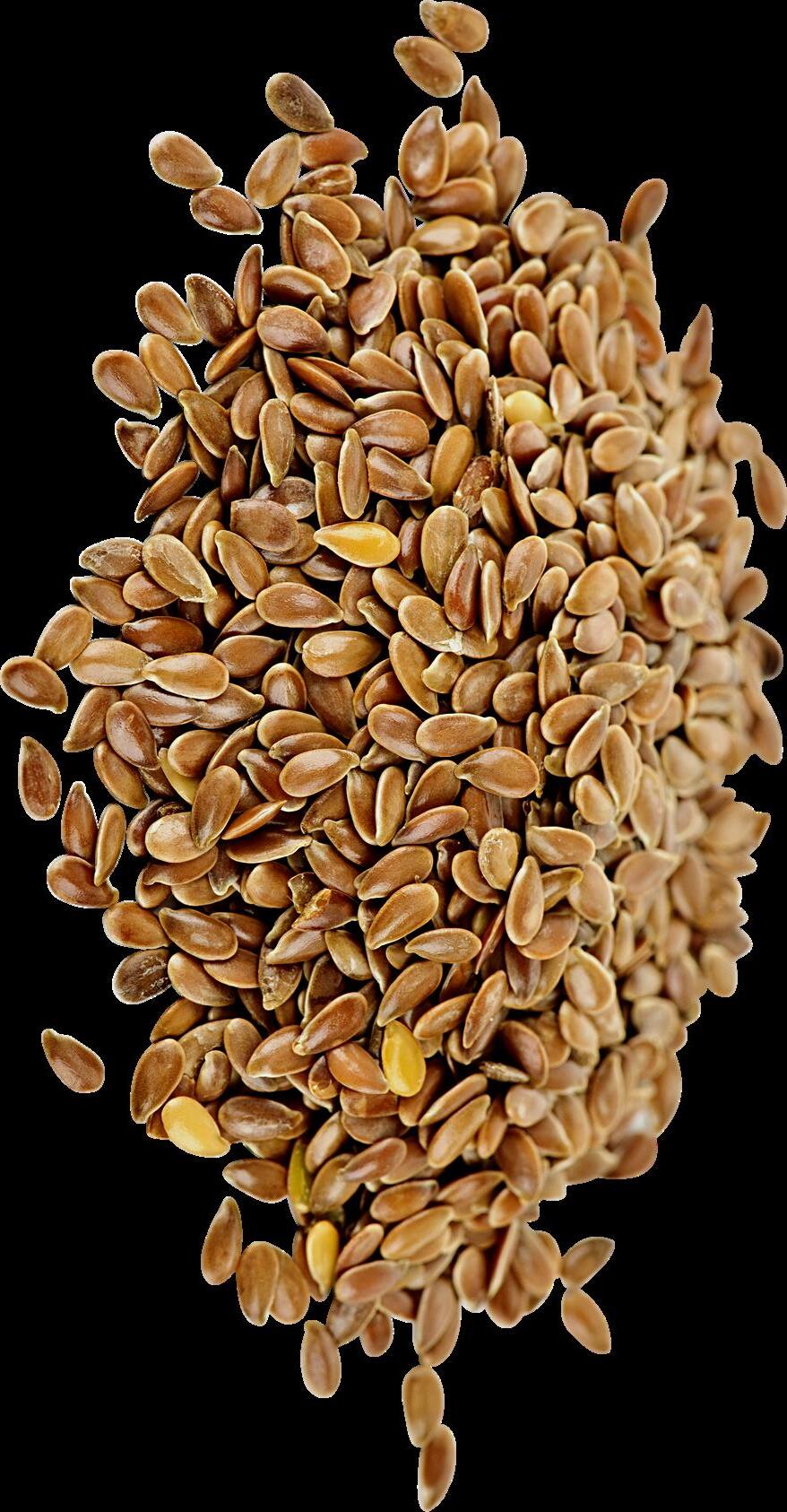



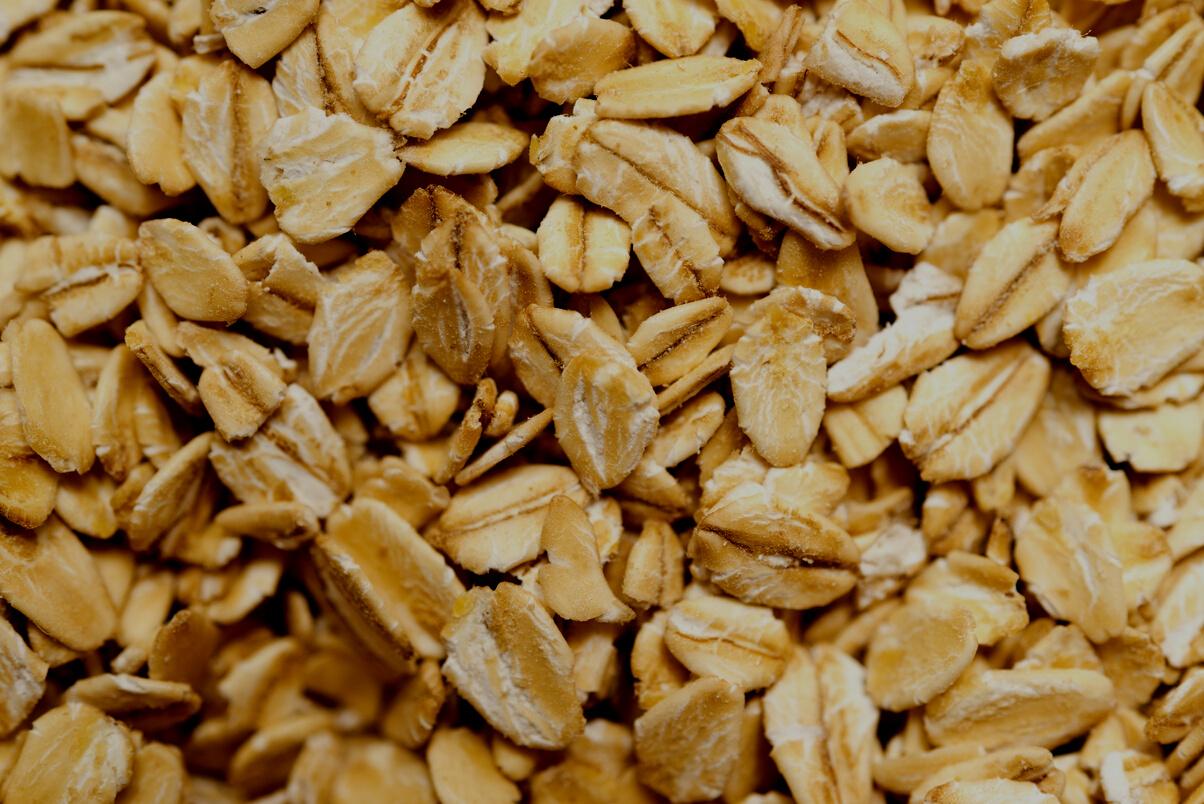
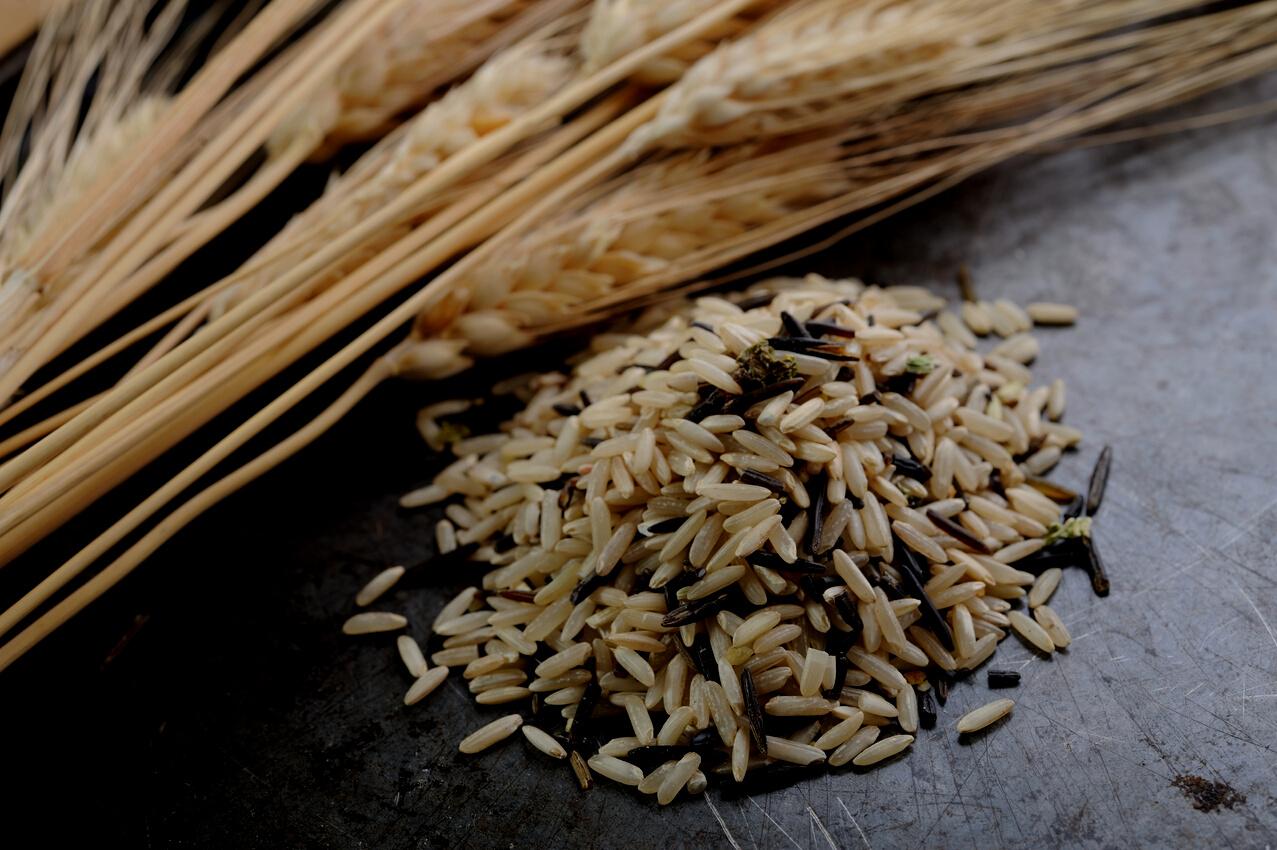
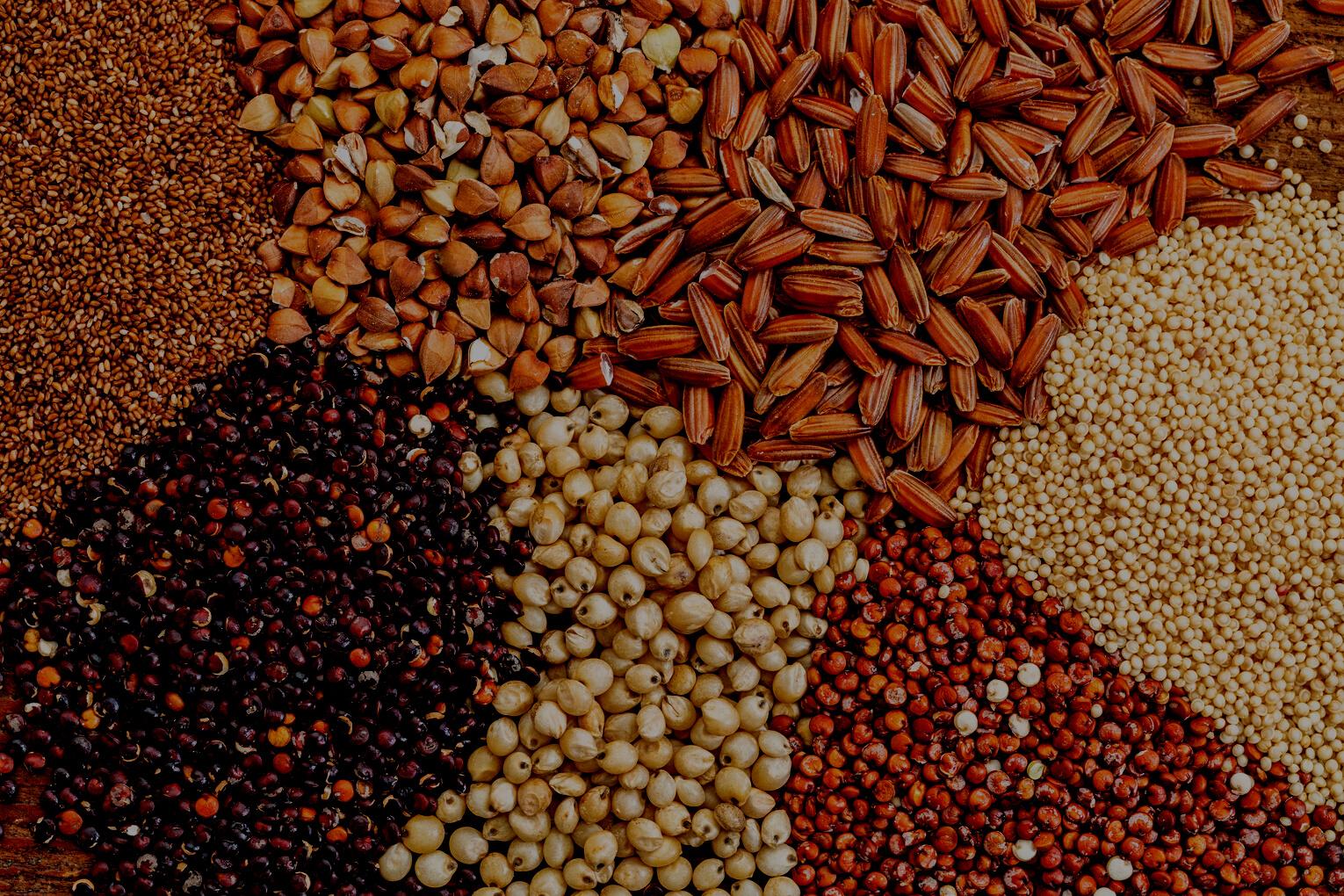
Though mainstream dietary guidelines suggest that whole grains are part of a balanced diet, many people shouldn’t eat grains at all. Grains contain antinutrients that lead to digestive issues and can contribute to bad gut bacteria. Stay away from grains if you have any food sensitivities, digestive issues like acid reflux or IBS, or feel bloated after you eat them.
Avoid grains if you have metabolic syndrome, diabetes, or high blood sugar or if you struggle with weight or food cravings. Those with high inflammation markers or autoimmune conditions should cut out grains as they can contribute to increased inflammatory issues.
If you tolerate grains, always choose organic and stick to gluten-free, whole grains in moderation.
 Black, brown, red, and wild rice
White rice (when cooked and cooled)
Wheat or wheat bran, wheat germ or wheat starch Durum
Oats Arrowroot
Barley and barley malt or extract
Couscous
Amaranth
Flax
Rye
Semolina
Millet
Potato starch or flour
Udon
Farina
Teff Sago Spelt
Orzo
Sorghum Quinoa (pseudo-grain)
Farro
Panko
Buckwheat
Tapioca
Black, brown, red, and wild rice
White rice (when cooked and cooled)
Wheat or wheat bran, wheat germ or wheat starch Durum
Oats Arrowroot
Barley and barley malt or extract
Couscous
Amaranth
Flax
Rye
Semolina
Millet
Potato starch or flour
Udon
Farina
Teff Sago Spelt
Orzo
Sorghum Quinoa (pseudo-grain)
Farro
Panko
Buckwheat
Tapioca


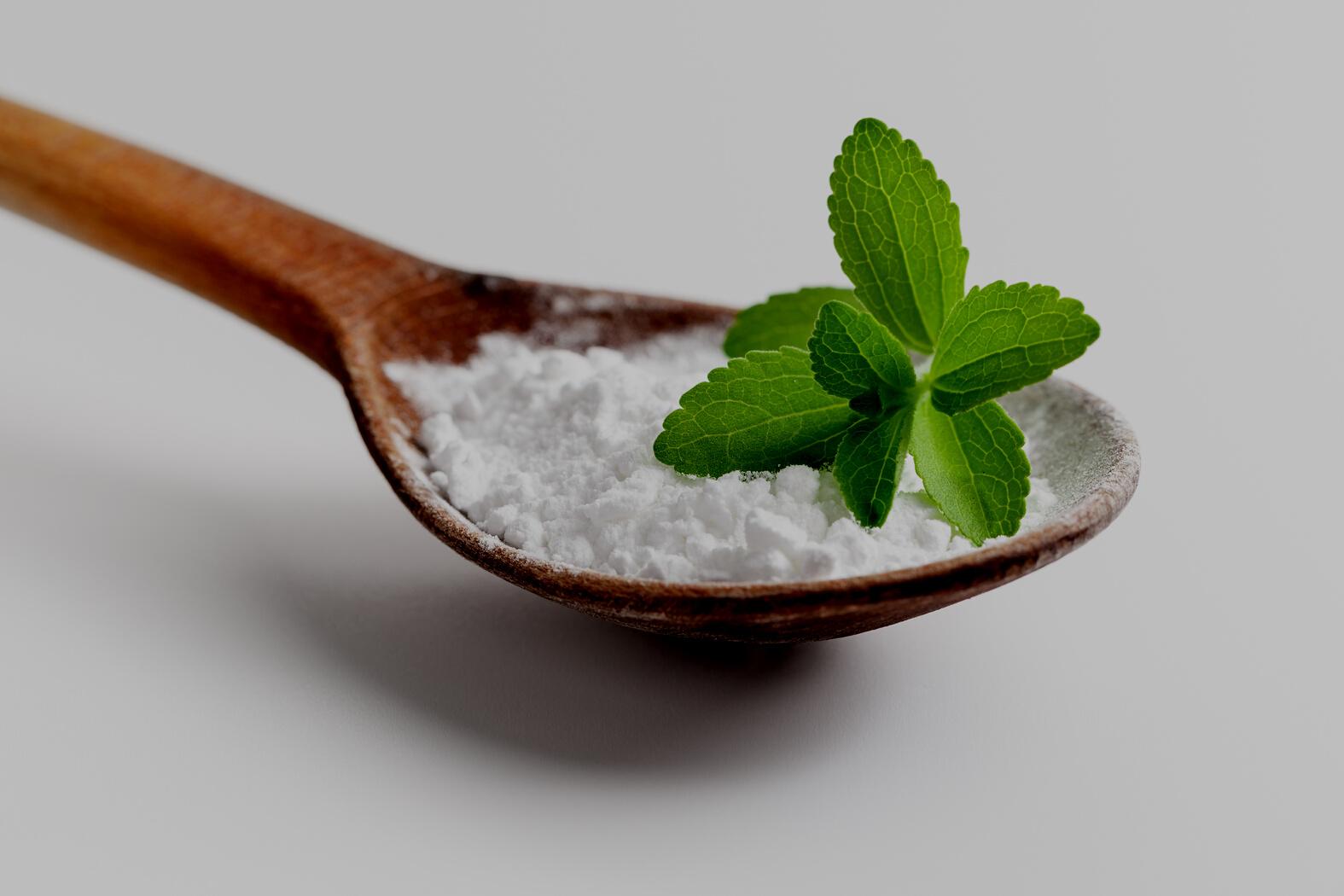
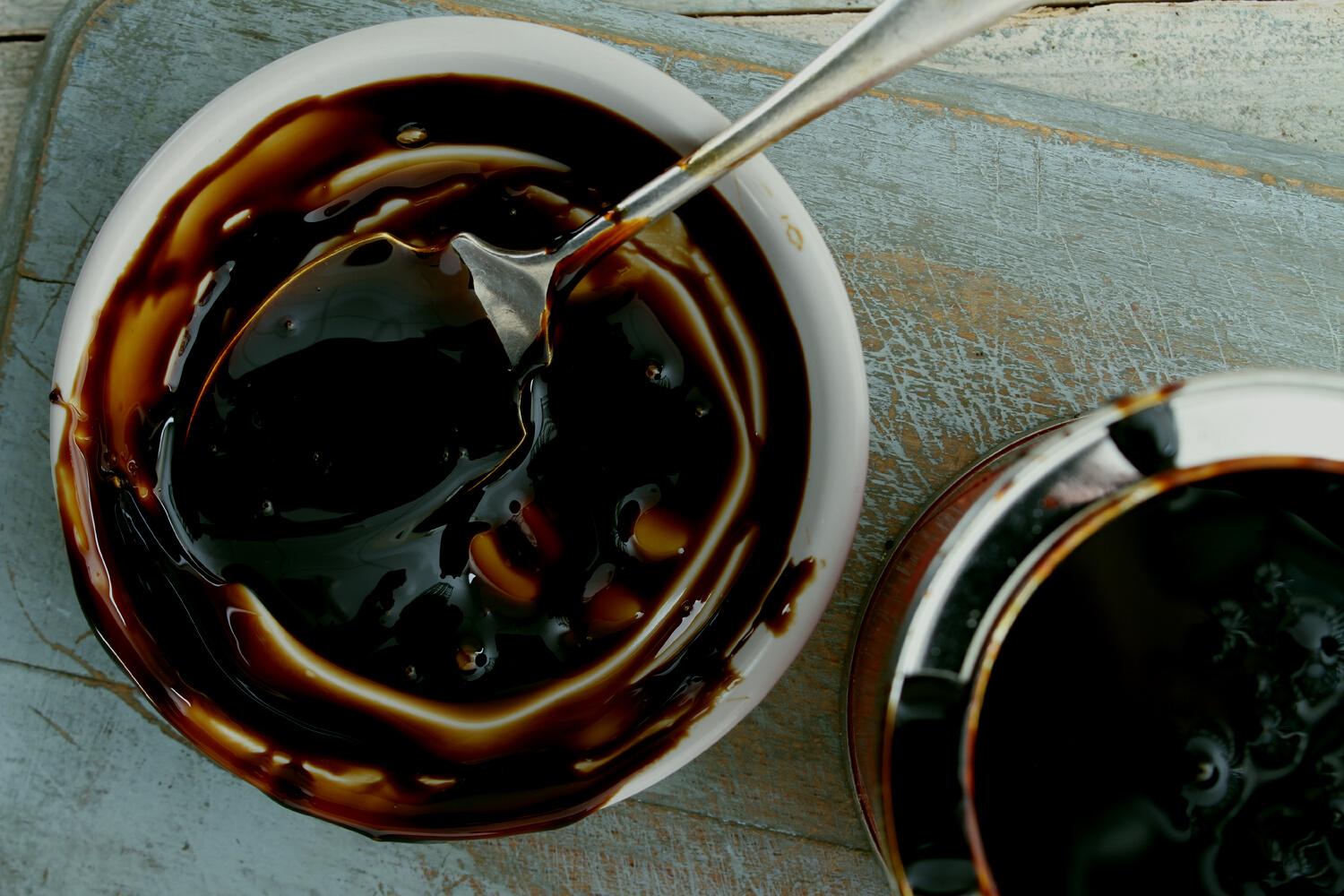

The modern diet is loaded with hidden sugar. Refined sugar and artificial sweeteners hide in everything and increase your risk of cardiovascular disease, inflammation, and obesity. When it comes to sweeteners, natural and organic are best and should be reserved for the occasional treat.
Monk fruit is the only natural sweetener that will not impact blood sugar. Be cautious, however, as it is highly concentrated and super sweet. A little bit goes a long way. Use other sweeteners like molasses and honey in moderation and always choose organic.
Raw local honey
100% pure stevia extract
100% pure maple syrup
Artificial sweeteners of any kind
High-fructose corn syrup or any ingredient with the word syrup in it (except for pure organic maple syrup)
Packaged foods that contain added sugar or other sweeteners like yogurt, tomato sauces, bread, ketchup, candy, soups, cereals, dressings, granola or additives with the suffix “-ose”

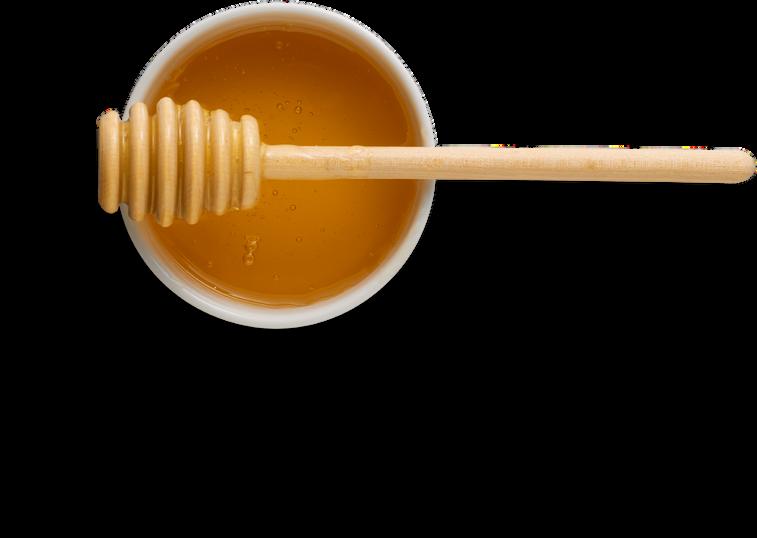 Unsulfured blackstrap molasses
Monk fruit Brown or white sugar
Yacon syrup
Fresh, pureed fruit or fruit juice
Date syrup
Unsulfured blackstrap molasses
Monk fruit Brown or white sugar
Yacon syrup
Fresh, pureed fruit or fruit juice
Date syrup


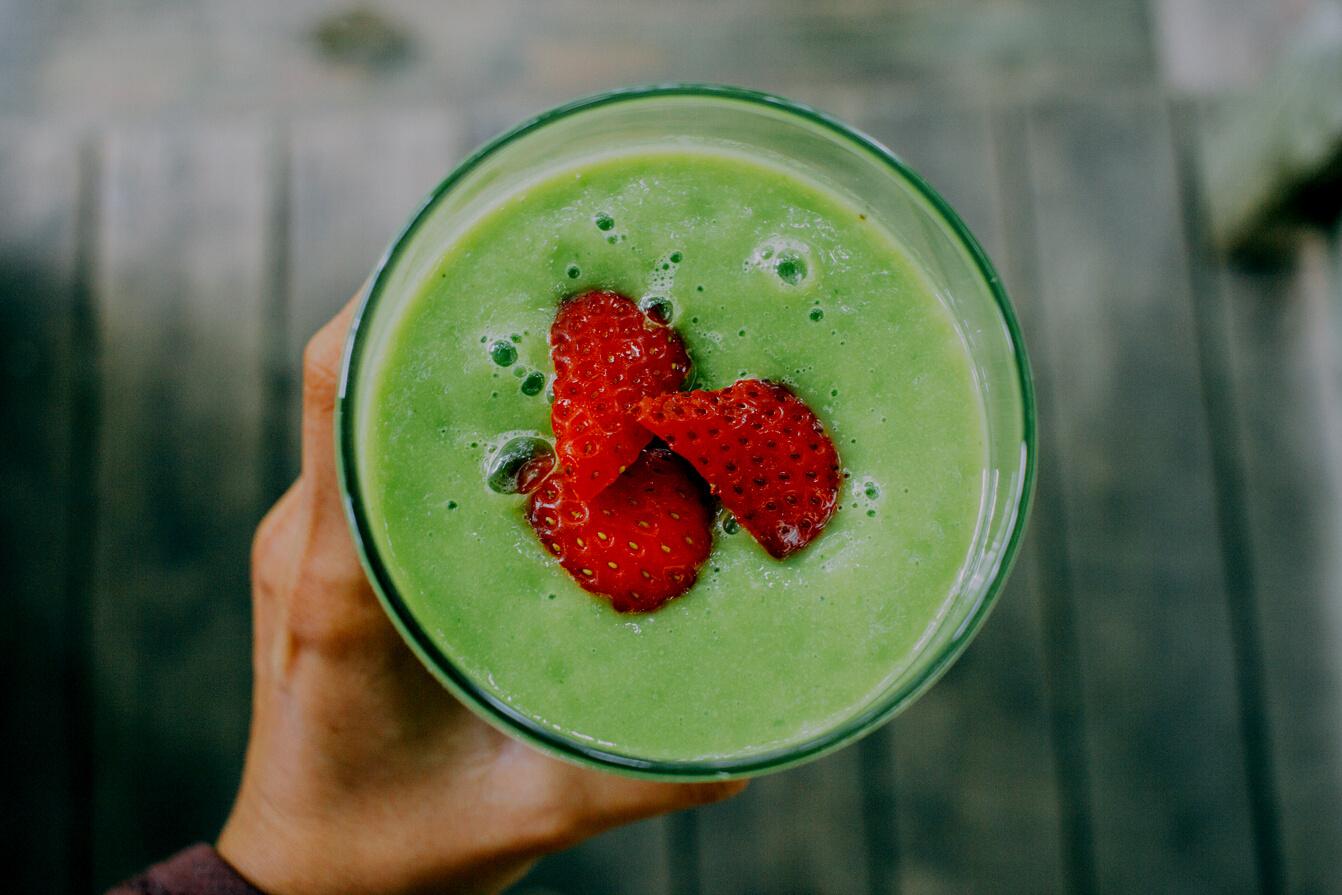


Soda, fancy coffee shop drinks, and even supposedly “healthy” fruit juice can all hide loads of sugar and other toxic ingredients that harm your health.
However, other drinks can actually complement a healthy diet and deliver essential minerals and antioxidants.
Filtered water and sparkling mineral water
Herbal, black, and green tea
Homemade green juices and shakes
Coconut water with no additives
Coffee
Kombucha without added sugar
Stick to beverages you make yourself that way you know exactly what you’re drinking.
Always choose organic drinks and only use water filtered through a reverse osmosis filtration system.
Wine (no more than 2-3 times per week)
Spirits (no more than 2-3 times per week)
Real, freshly squeezed juice
Homemade fruit smoothies
Gluten-free beer
Hard kombucha and hard seltzer (no more than 2-3 times per week)
If you have AFib or other health or heart conditions, consult with your doctor before drinking alcohol Freshly-squeezed fruit juice and smoothies should be reserved for a treat, as they are high in natural sugar


Energy drinks
Water with flavoring or sweeteners
Coffee drinks with sugar or sugar substitutes
Fruit or veggie smoothies you do not make yourself
Conventional fruit juice
Sweetened or flavored iced tea drinks
Soda
Water in plastic bottles

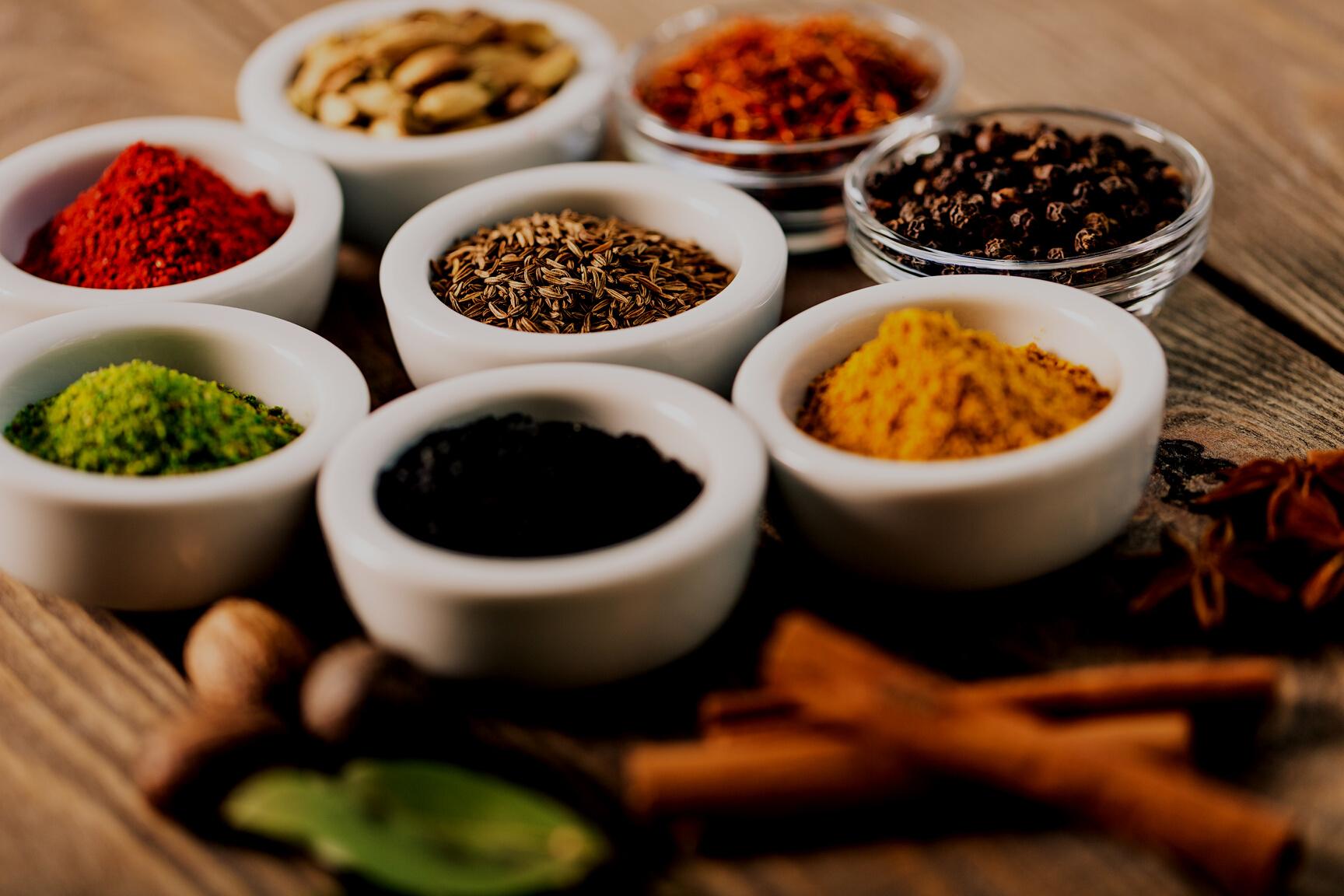
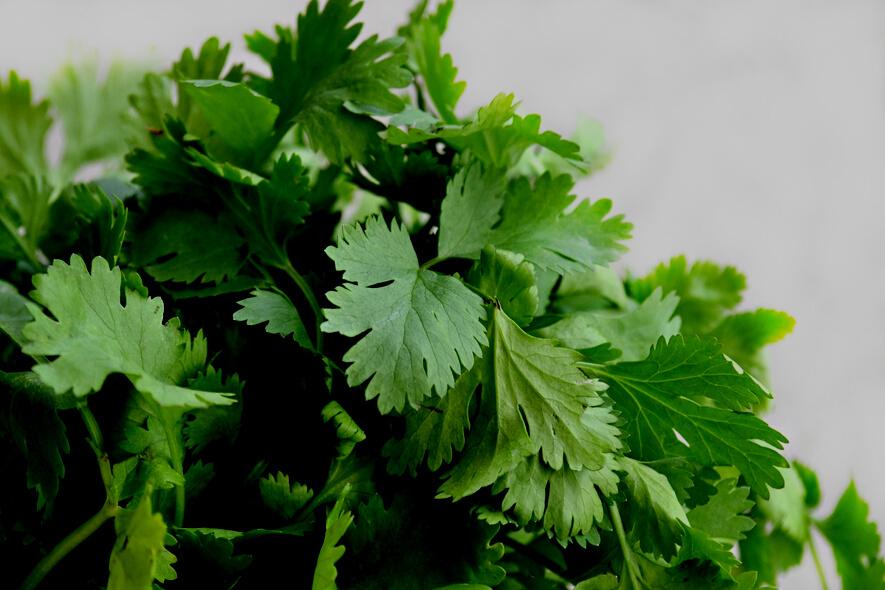
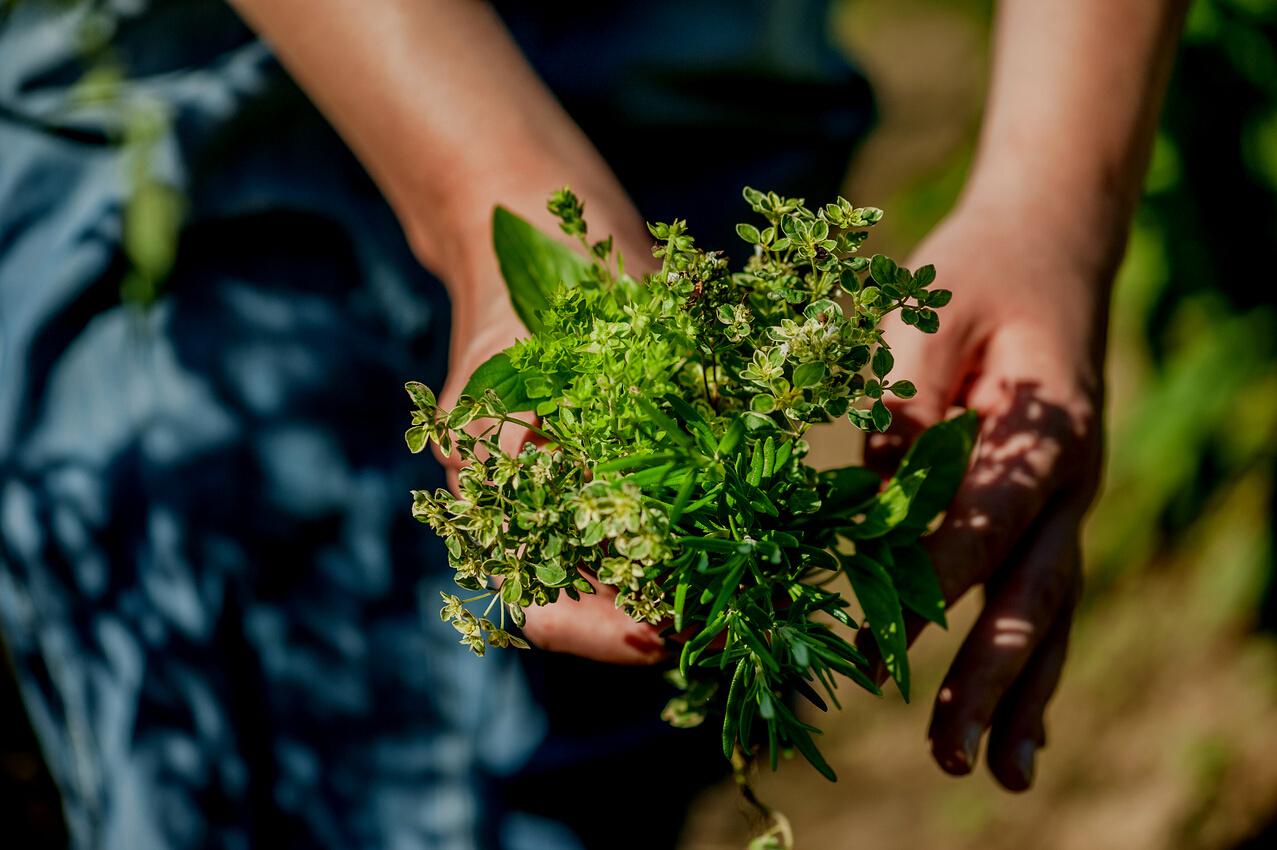
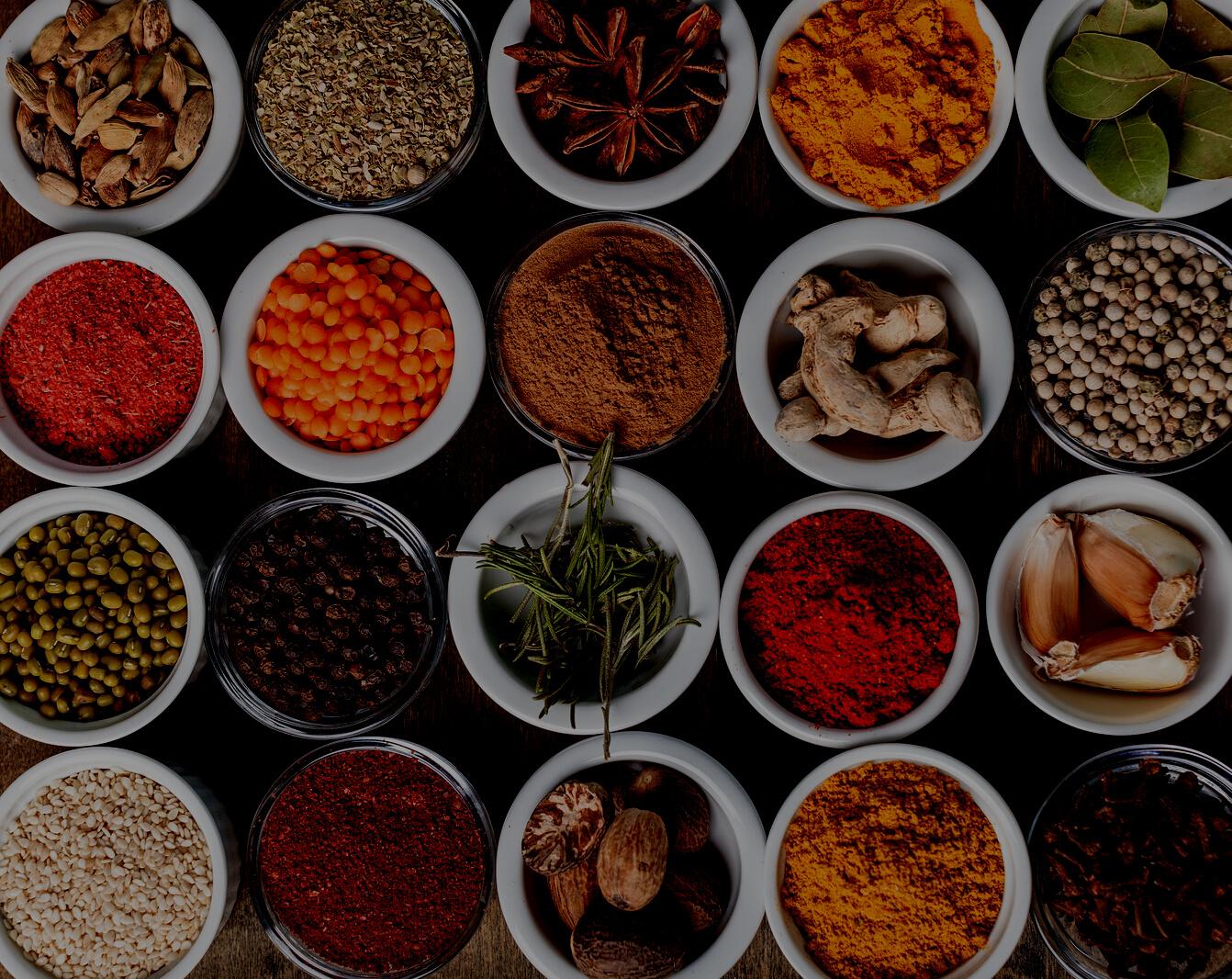
Herbs and spices are full of incredible organic compounds to help reduce inflammation, fight oxidative stress, and enhance your food. Enjoy any herb or spice, fresh or dried. Always choose organic.
This list is not exhaustive but includes a few of the best herbs and spices to support your health. Get creative!

 Rosemary
Lavendar
Turmeric
Basil
Juniper berry
Cumin
Oregano
Echinacea
HerbsandSpicesforHealth
Rosemary
Lavendar
Turmeric
Basil
Juniper berry
Cumin
Oregano
Echinacea
HerbsandSpicesforHealth
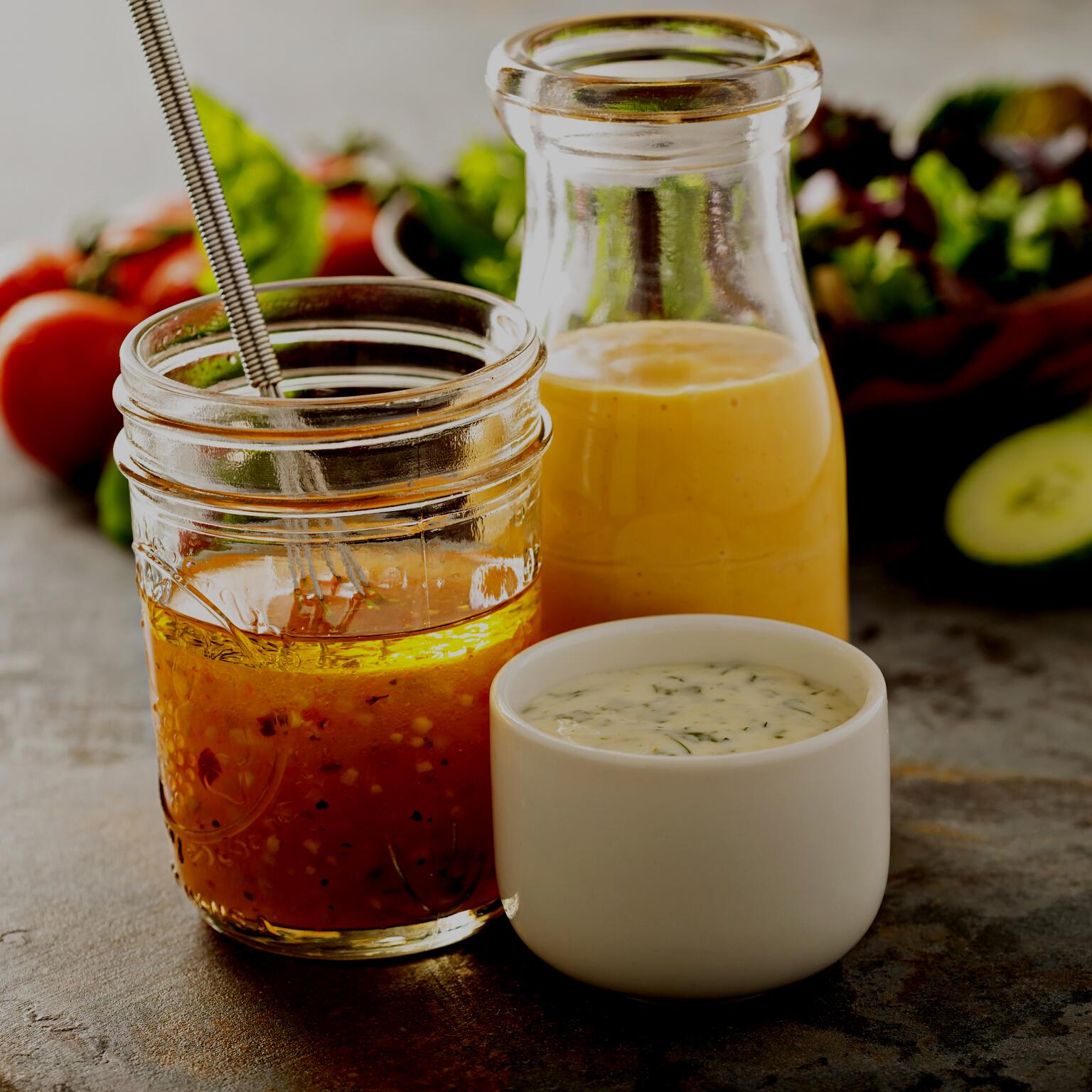

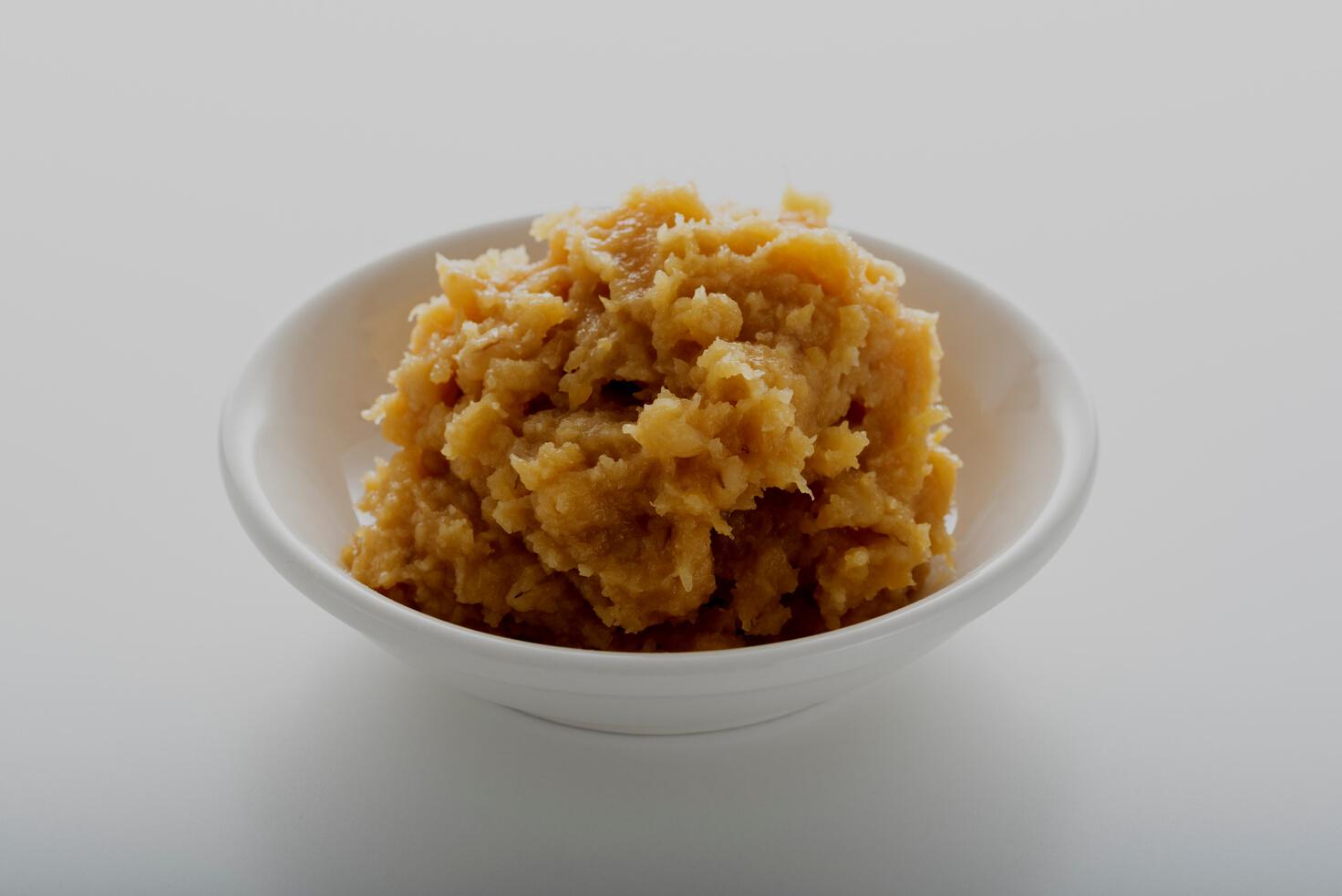
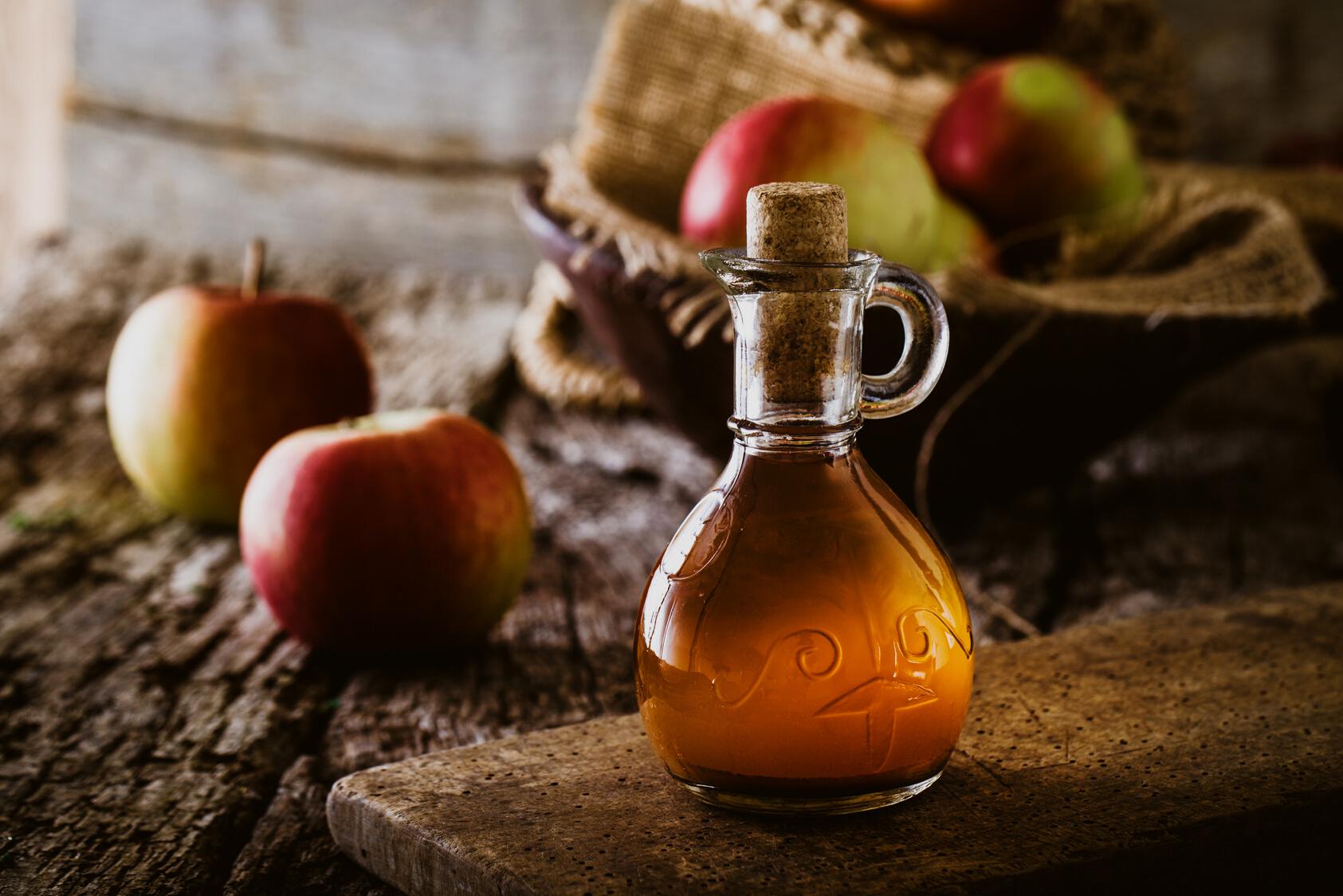

Condiments are a sneaky source of sugar and additives that could be harming your heart.
Choose condiments in glass bottles instead of plastic, as plastic contains chemicals and toxins.
Salad dressing
Ketchup
Mustard
Vinegar
Fish sauce
Chili and hot sauces
Tahini
Always read the label closely and only purchase organic condiments with no additives or make your own with highquality ingredients.
Make a simple dressing, use high-quality organic olive oil and mix in any kind of vinegar with mustard, dried or fresh herbs, salt and pepper, spices, and lemon juice
No added sugar organic or make your own. Be sure that it is not made with canola or soybean oil only organic olive or avocado oil.
Store bought is fine if it doesn't contain soybean or canola oil
Keep a wide variety on hand, including balsamic, apple cider, rice, and wine
As long as you can pronounce and recognize all ingredients, it is fine to use
Must not contain added chemicals, including sulfites
Make or buy organic
Cocktail sauce Use homemade ketchup, lemon juice, and horseradish to make your own
Barbecue sauce
Mayonnaise
Coconut aminos
Make your own to avoid additives and sugar
Make sure that it is not made with canola or soybean oil only olive or avocado oil
Made from the fermented sap of coconut palm and sea salt




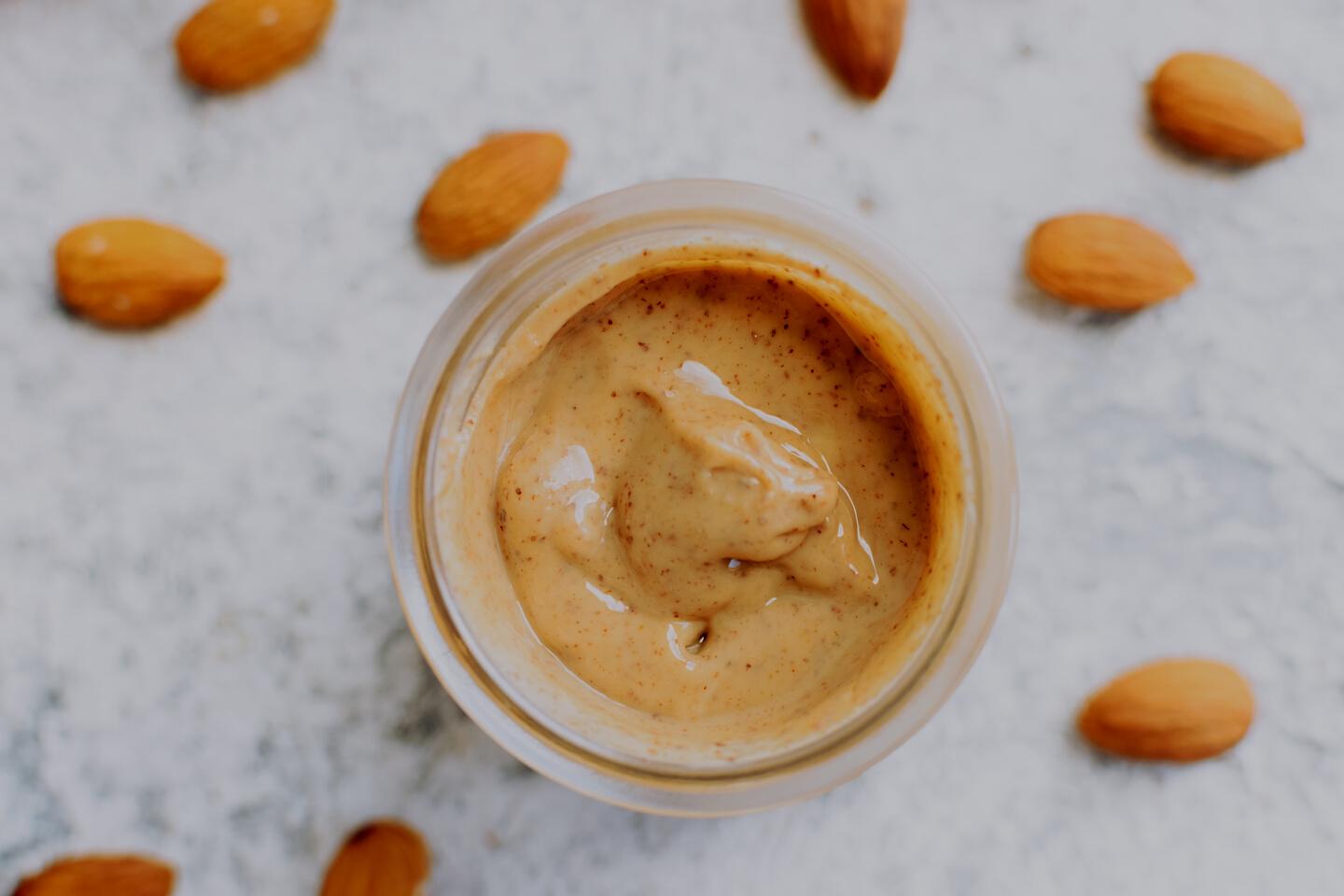
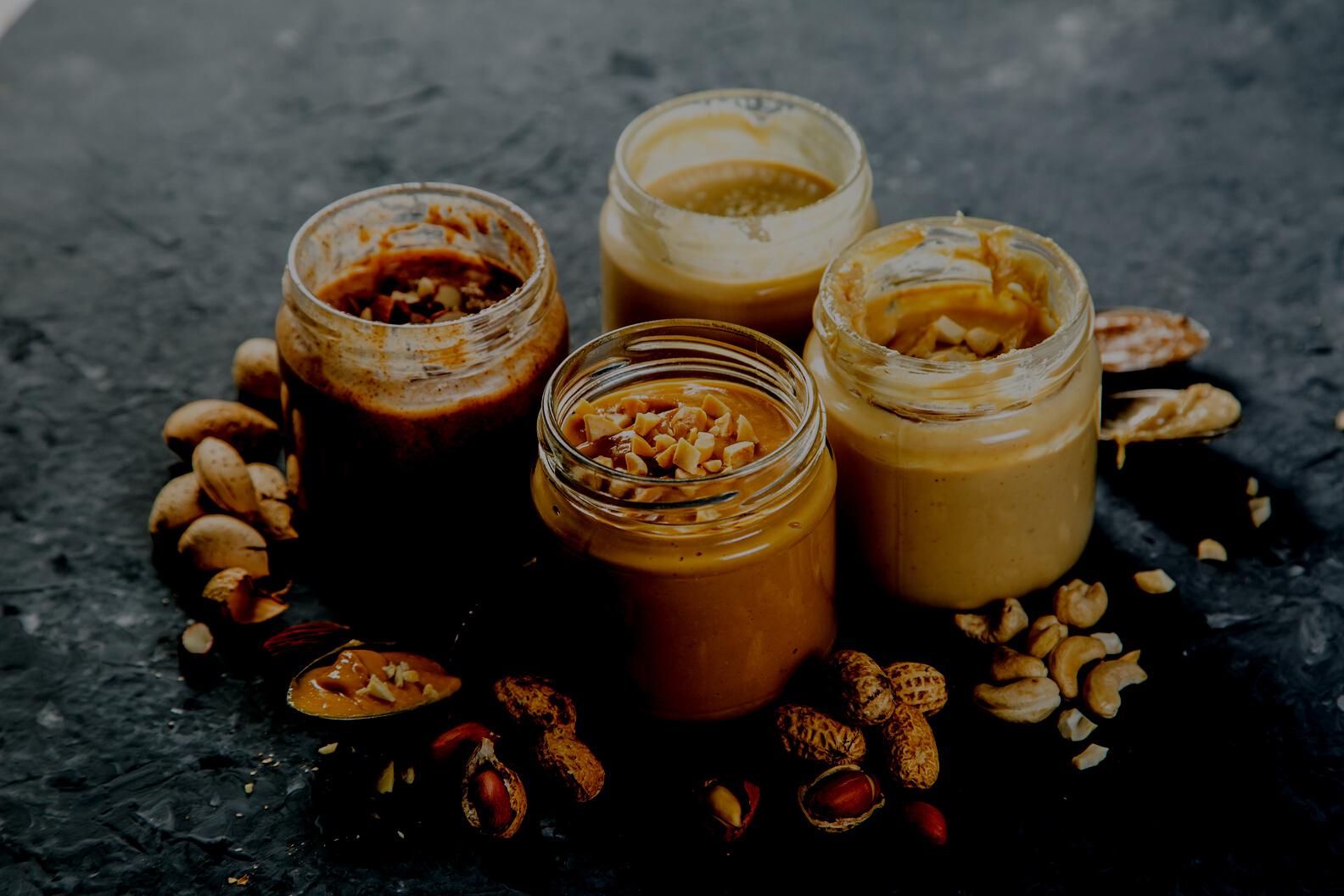
Avoid packaged products whenever possible. If you are traveling or need a quick snack, stick to products with five ingredients or less. Always choose organic and never purchase anything with ingredients that you cannot pronounce.
Grass-fed yogurt with no additives: Sheep and goat’s milk best. Enjoy in moderation if not sensitive
Grass-fed kefir with no additives: Sheep and goat’s milk best. Enjoy in moderation if not sensitive
Dark chocolate: At least 70% cacao with no sugar or additives
Kimchi
Nut butter: No sugar or palm oil added. Homemade is best
Cassava chips: Made from sliced cassava, these chips are an excellent alternative to potato chips
Almond or cassava flour tortillas
“Paleo”- approved packaged products
Following a primarily grain-free diet doesn’t mean you can’t still enjoy baking. Use these types of organic flour to substitute all-purpose flour in your favorite recipes. Follow appropriate substitution guidelines, as the measurements may be different.
Coconut flour
Almond flour
Cassava flour
Chestnut flour
Hazelnut flour
Green banana flour
Coffee fruit flour
Millet
Sorghum flour
Arrowroot flour
Tigernut flour
Grain and gluten-free flour mix
Sweet potato flour with no additives
Sesame (and seeds) flour


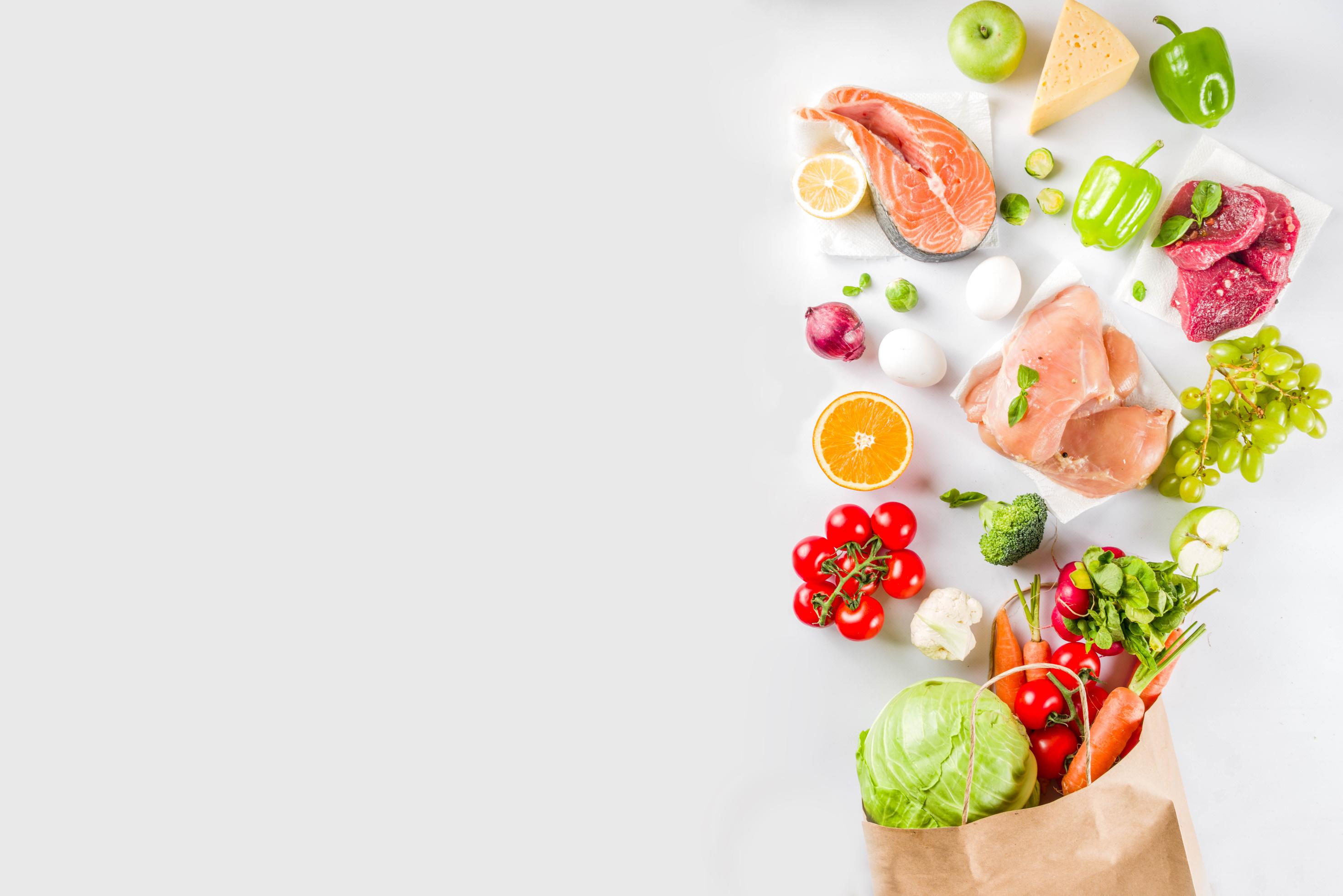
Now that you've set your intention to live a healthy lifestyle and have learned all about what you should and should not eat, it's time to begin. As with most things in life, preparation is key. The best place to begin is in your kitchen pantry and cupboards.
Start by cleaning out any unhealthy or tempting foods and snacks Remove any food vices so they will not be readily accessible to you. Eventually, you will no longer crave those unhealthy foods, but it's best to part ways for now.
Next, begin by making a list of 100 Year Heartapproved foods that you enjoy. Then, spend some time researching a few new recipes The key to success will be keeping it simple. It's easy to get overwhelmed when searching the internet for healthy meals. If you love to cook, search away. However, for most newbies, think simple: eggs, avocado, fish, vegetables, nuts, and seeds.
Refer to the previous pages if you need help sourcing good, whole food and for tips regarding what you should be looking for. Remember, make sure that you are eating 100 percent organic. Only purchase food that is pesticide, hormone, and chemical-free
It may not be easy to find high-quality food, depending on where you live. Thankfully, there are some excellent online choices. One benefit of living in today's world is that you can have food delivered right to your door. Some of our favorite places to shop are Crowd Cow and Vital Choice

The first step is often the hardest when starting down a new path However, once you've committed to becoming the best version of yourself, your most challenging step is behind you. You've done some basic preparations, now it's time to begin.
While there is no right way to get there, we recommend spending the next month easing into the 100 Year Heart lifestyle. By committing to small weekly changes, you are more likely to stick with it.
Additionally, it provides the body with an opportunity to adapt to its new way of life slowly On the following pages is an essential weekly guide that will help you transition to the 100 Year Heart Diet.
Gluten is the small protein found in wheat, barley, and rye. It irritates the gut and allows unwanted particles into the body, creating inflammation and disease. Gluten [4] is the primary cause of at least 55 diseases. Go through your pantry and refrigerator and get rid of all gluten products. Be sure to read labels, as gluten is found in items beyond bread and crackers. Hidden sources of gluten may include condiments, broths, and even chewing gum.
While you're at it, throw out any soy products as well. Often touted as a health food product, soy contains toxins, including lectins, phytates, and phytoestrogens. What's more, nearly all soy in the US is genetically modified.
Instead, begin adding vegetables to every meal, including breakfast. For example, simply add a handful of cilantro to the top of your eggs, sliced carrots with your lunch, or a nice side salad at dinner.
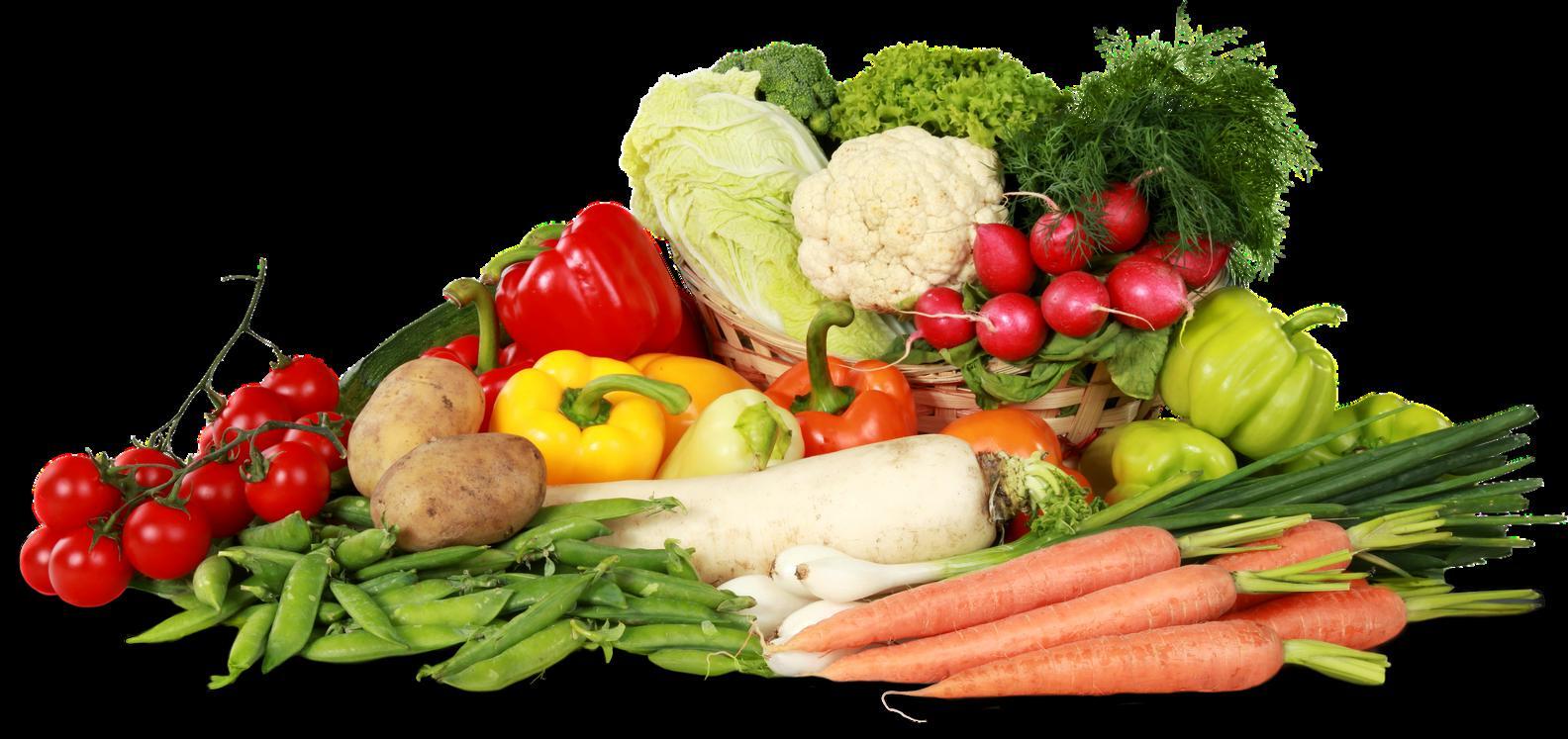
Dairy has been closely linked [5] to various inflammatory and digestive issues, especially in those who are already unwell
For the time being, eliminate dairy, including milk, cheese, butter, and yogurt. Once your body begins to heal, you can possibly resume eating small amounts of raw dairy in the future.
What will you add to your morning coffee or daily smoothie? Begin exploring homemade nut milk. Nut milk is a rich source of vitamins and minerals. It is surprisingly easy to make and provides a creamy and delicious substitute for dairy.
Sugar is one of the most addictive drugs [6] on the planet, and sugar abuse is concerningly widespread. Several studies [7] have shown diets high in sugar increase the risk of heart disease and death.
Removing sugar from your home will involve more than throwing away the bag of sugar in the back of your cupboard Eliminate all sugar-containing products. Read labels and become knowledgeable about what goes into your body.
Our bodies can live without sugar just fine, and we are better off without it. However, if you crave a sweet taste of something during the initial weeks, turn to small amounts of fruit or honey.
Week4:Eliminate corn,beans,and russetpotatoes-Add healthyfats.
In week four, things begin to get more serious when we eliminate some foods that you likely thought were healthy It's time to rid your home of corn, beans, and russet potatoes.
While we are used to loading our plates with a starch or carb with each meal, these foods are a high source of carbohydrates. Certain carbs cause spikes in blood sugar Also, most corn is highly genetically modified in the United States.
Instead, begin to add satiating healthy fats to your diet. Fats are incredibly nutritious and filling, which means you won't miss that side of mashed potatoes Beef, soaked nuts and seeds, fatty rich salmon, or delicious guacamole are great daily additions.
Our ancestors rarely ate fruit, and when they did, it was wild berries or crab apples Today, everywhere you turn, someone is drinking a sizeable fruit-based smoothie or eating a banana - all in the name of health.
The problem with fruit is that it is a simple sugar. Our bodies digest fructose quickly, leading to blood glucose spikes The unused sugars get translated to triglycerides in the body and stored as fats.
Add in healthy organ meat like heart and liver If you're not a fan of offal, try mixing it into other meat like ground beef at first. This will help you get used to the taste
Note: Once you have gotten the 100 Year Heart Diet under your belt and have retrained your brain to stop craving sugar, you can add in a daily piece of seasonal fruit or a handful of berries.
Most successful people don't achieve their goals alone. Often, they have a team of others encouraging and helping them along the way. Success is found in surrounding yourself with like-minded people. This is where the team at the Natural Heart Doctor comes in. We have walked this path and are living proof of the benefits of the 100 Year Heart lifestyle. Join our tribe and reap the benefits of a long, joyful life and your 100 Year Heart.

https://jamanetwork com/journals/jama/fullarticle/2678018
https://vizhub healthdata org/gbd-compare/ https://academic.oup.com/ehjqcco/article/8/1/50/5918025
https://www.nejm.org/doi/full/10.1056/nejmra010852
https://www.cambridge.org/core/journals/public-healthnutrition/article/productionrelated-contaminants-pesticides-antibiotics-andhormones-in-organic-and-conventionally-produced-milk-samples-sold-in-theusa/D1107FE30C778A73F5F601C5D3D6E572
https://pubmed ncbi nlm nih gov/23719144/
https://jamanetwork com/journals/jamainternalmedicine/fullarticle/1819573